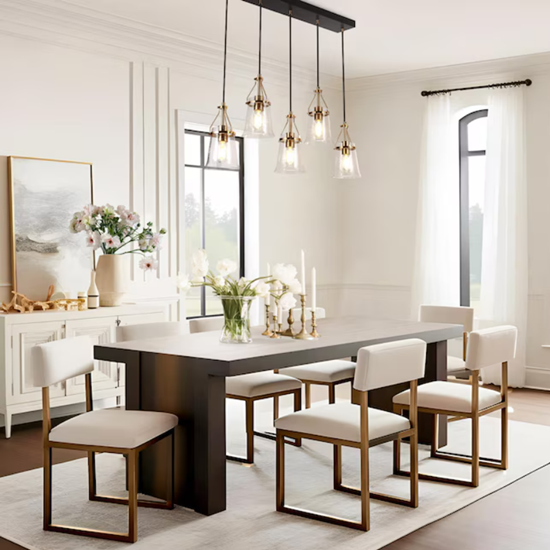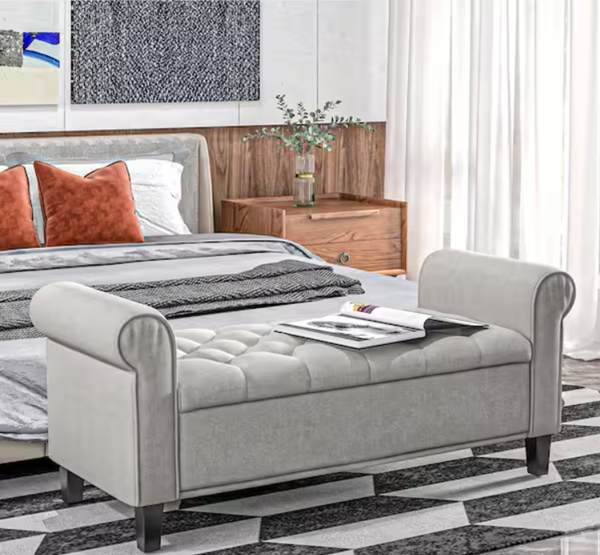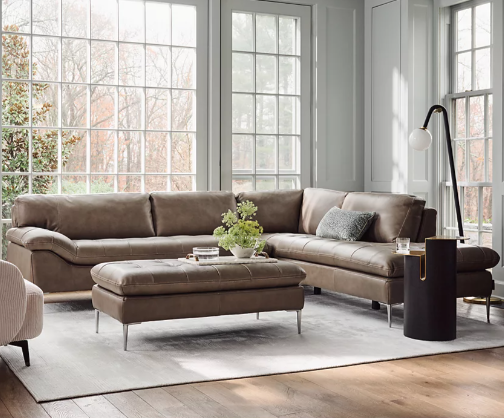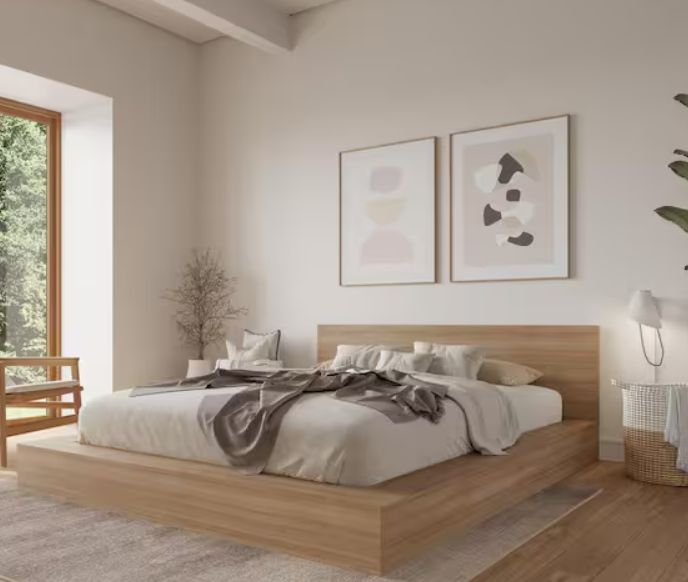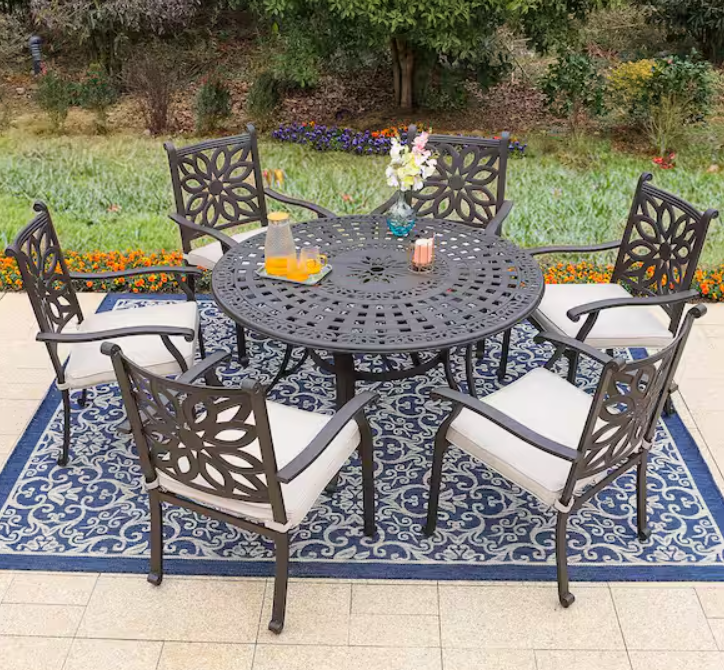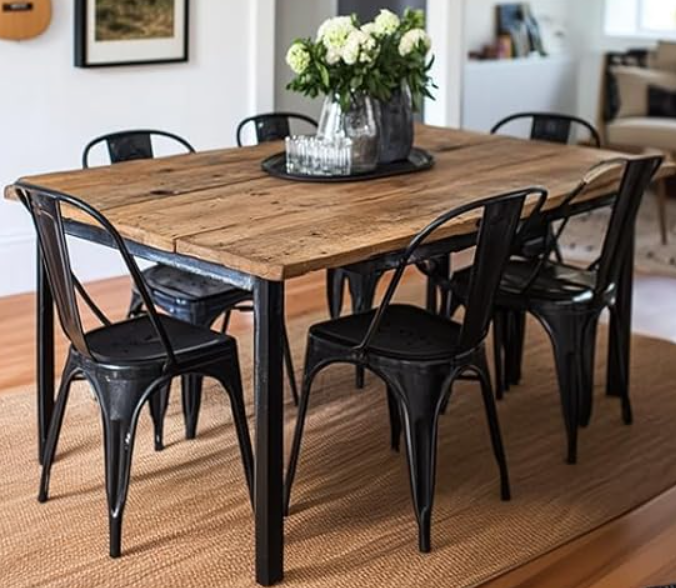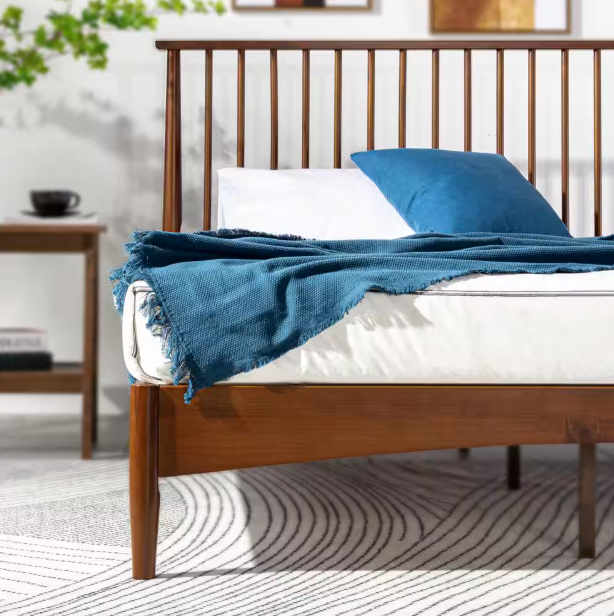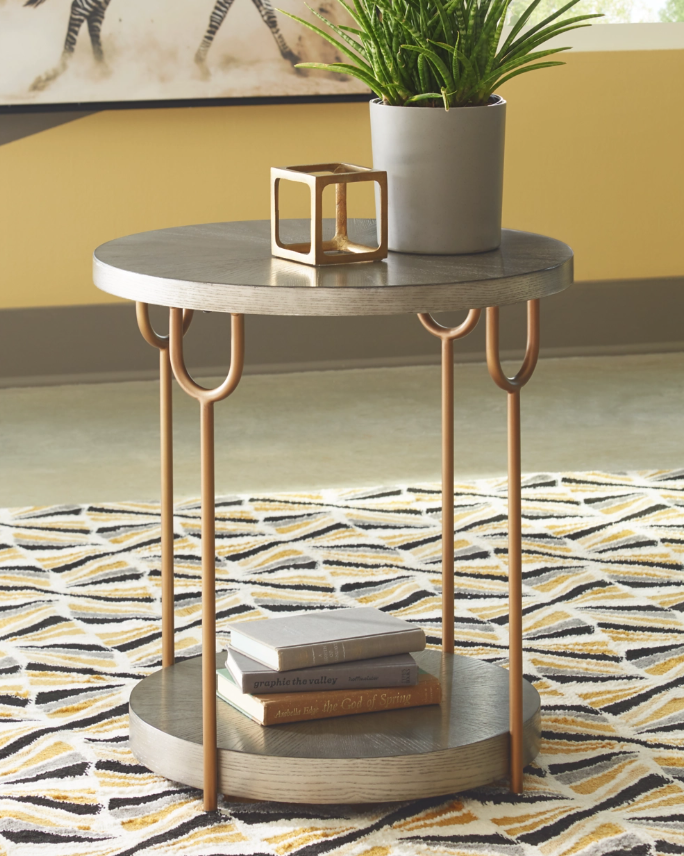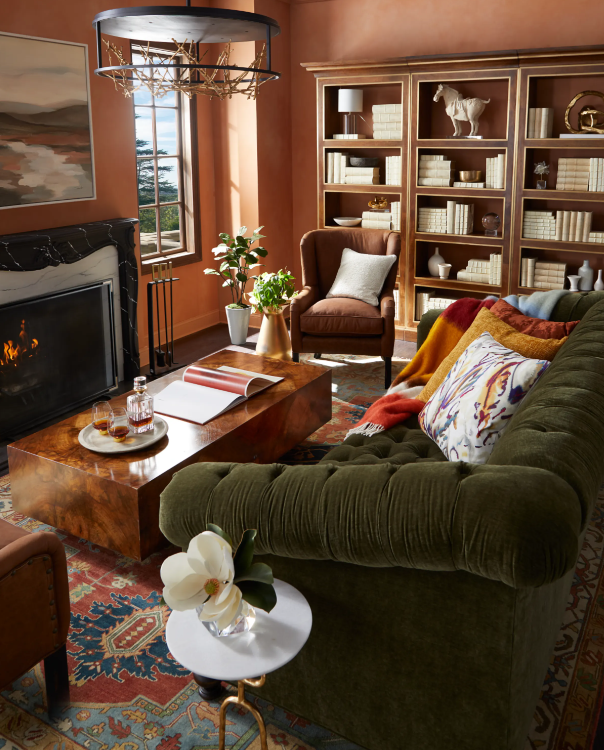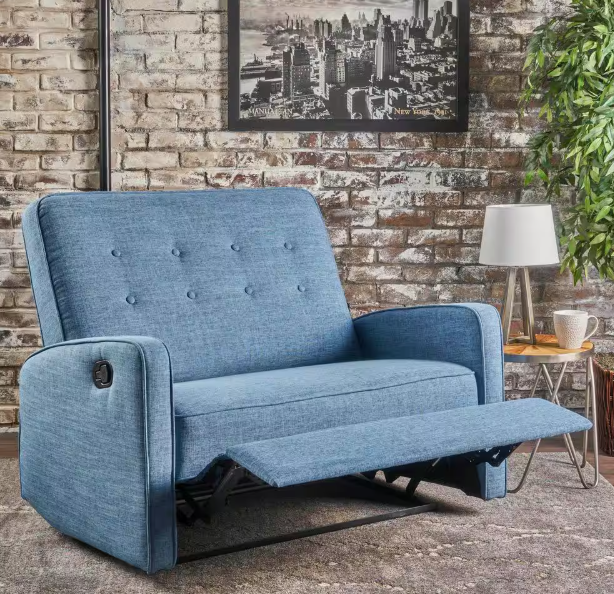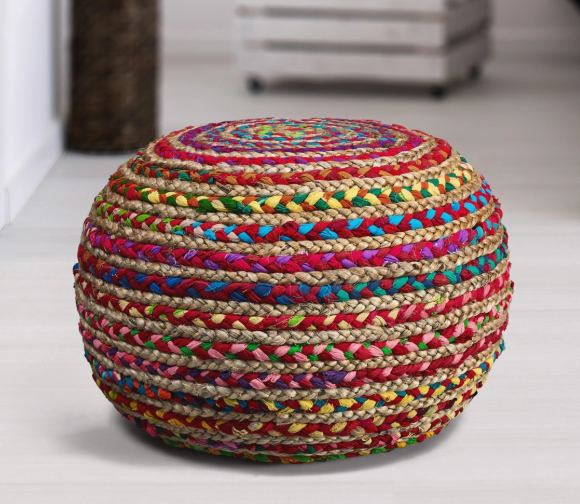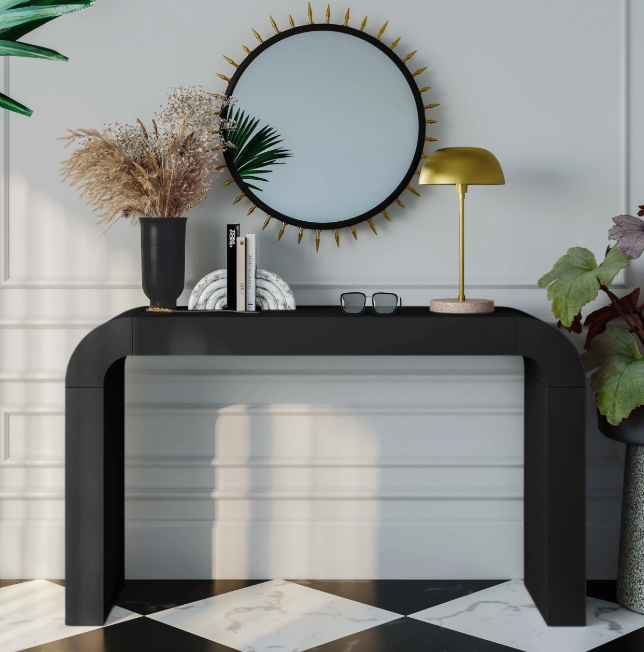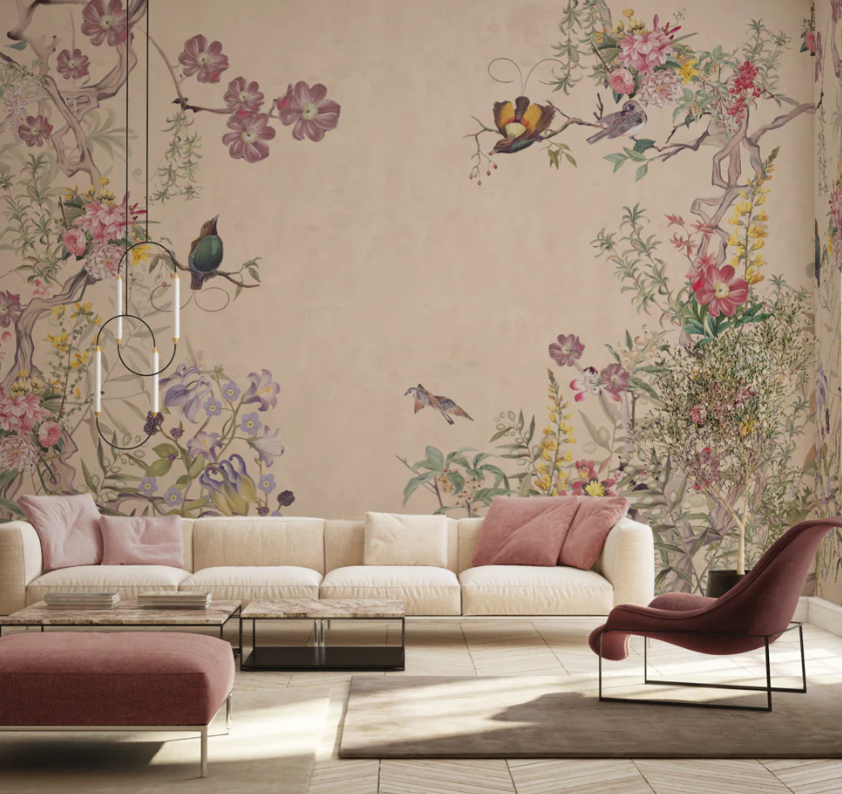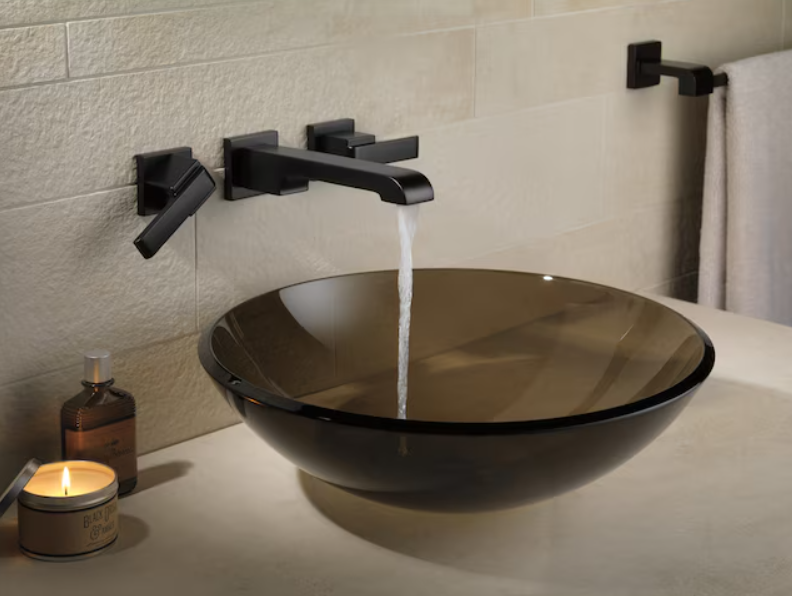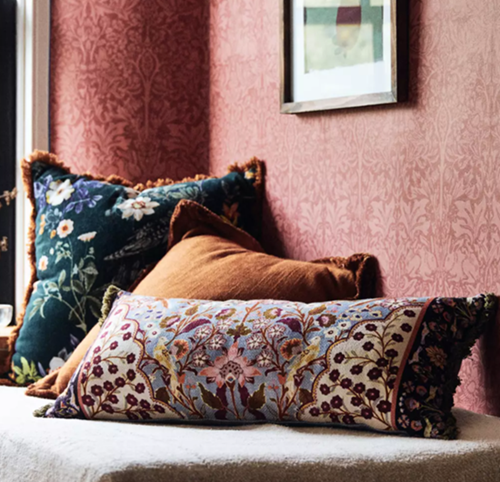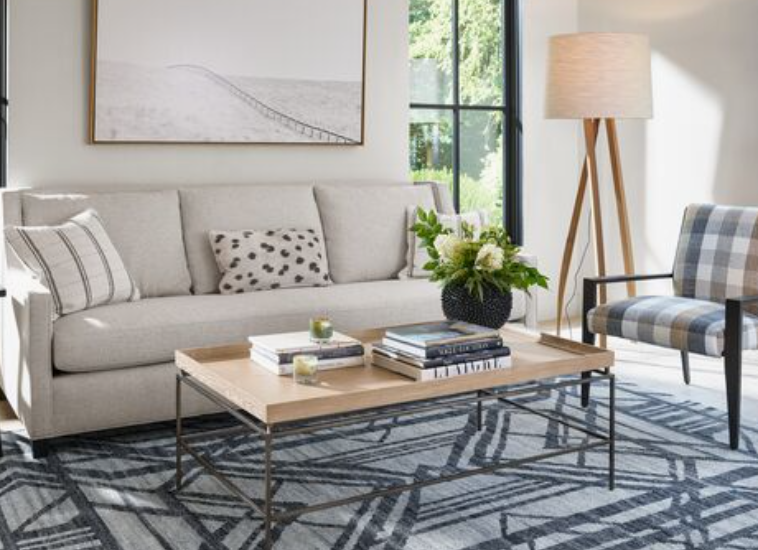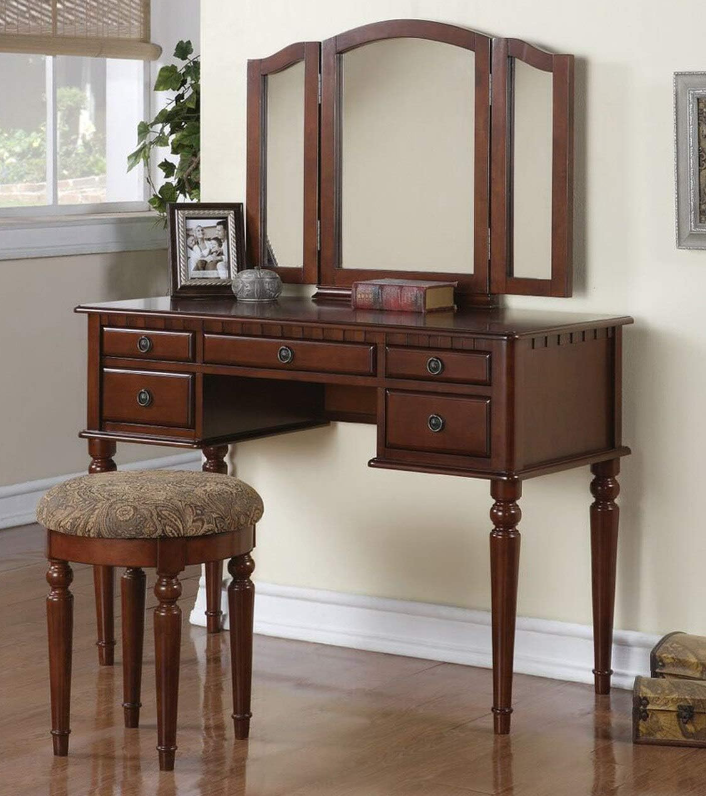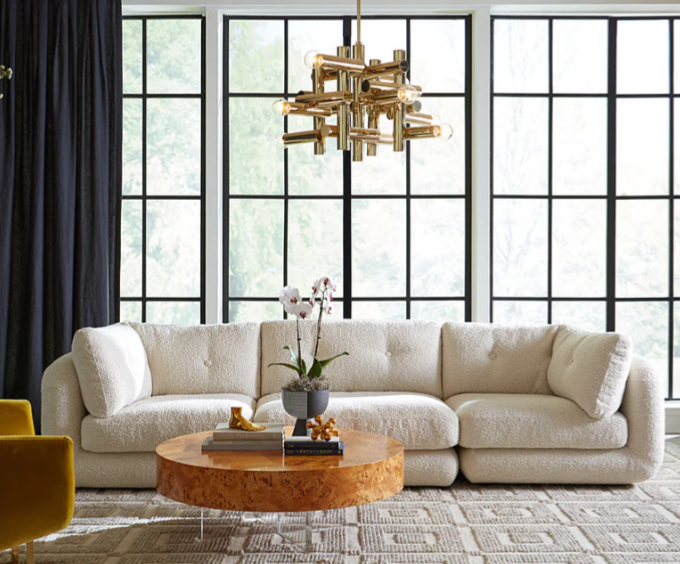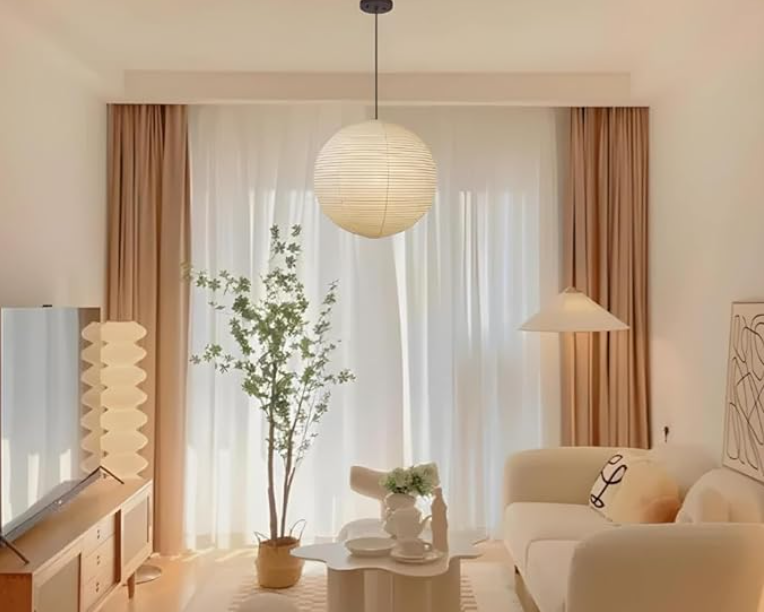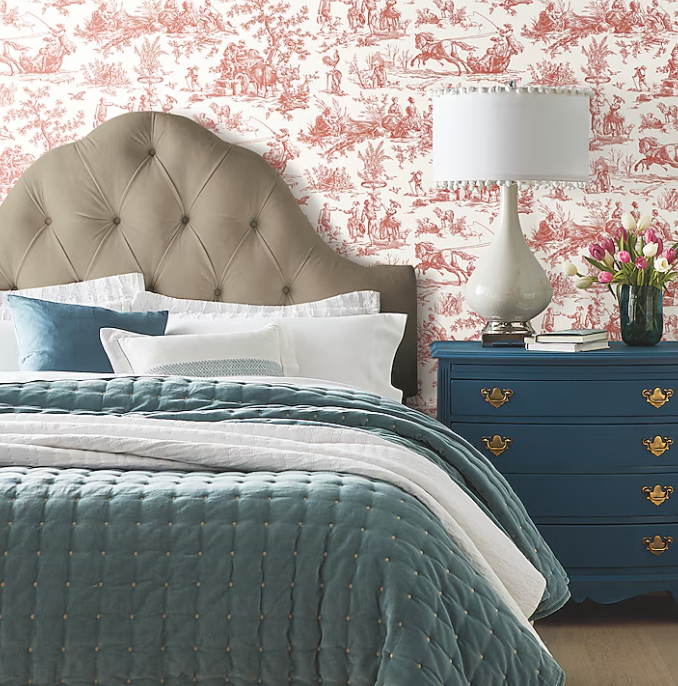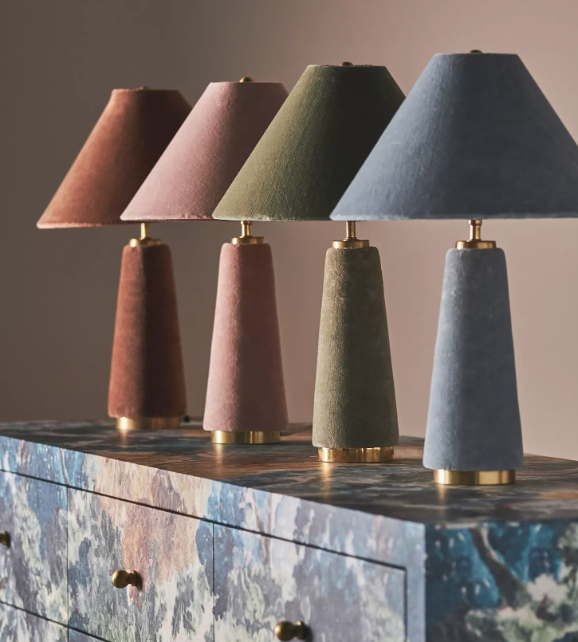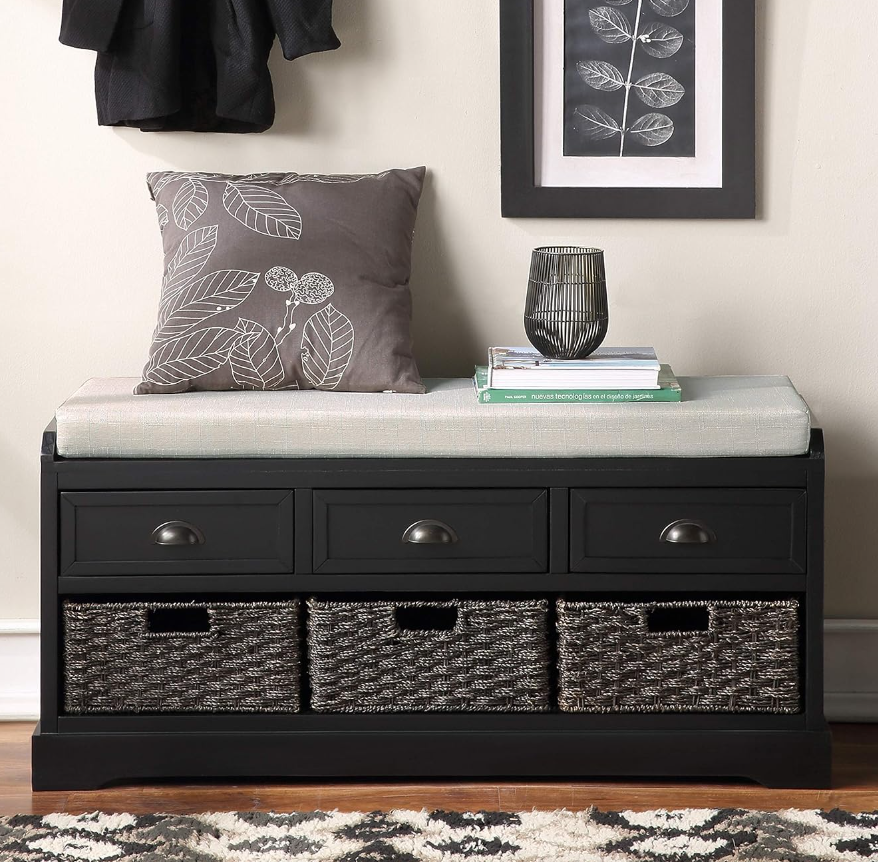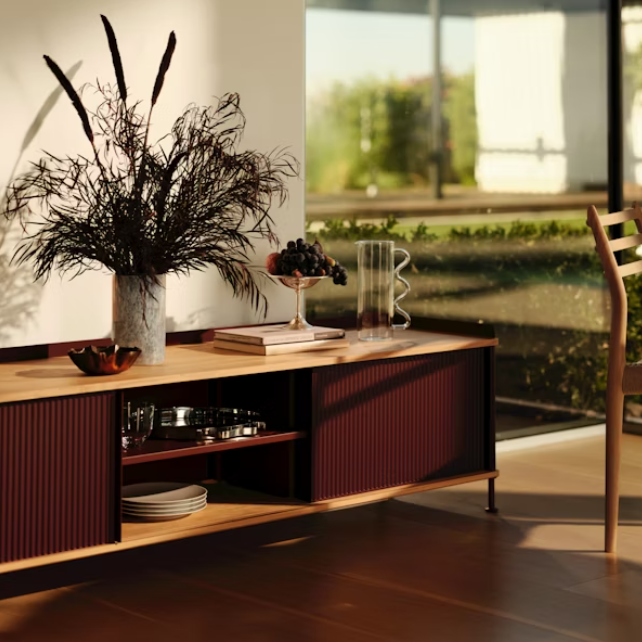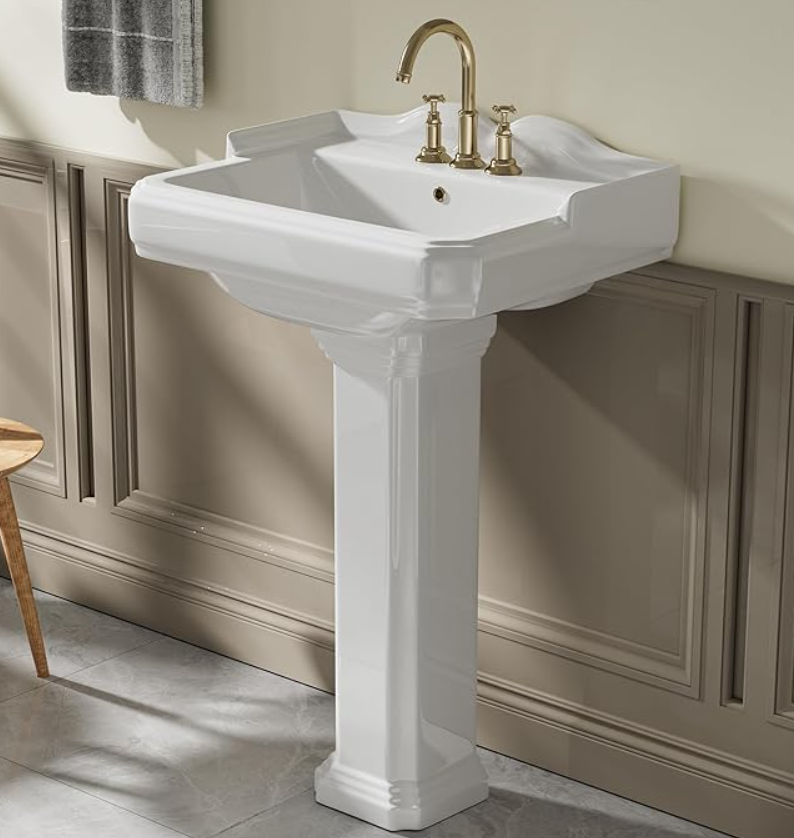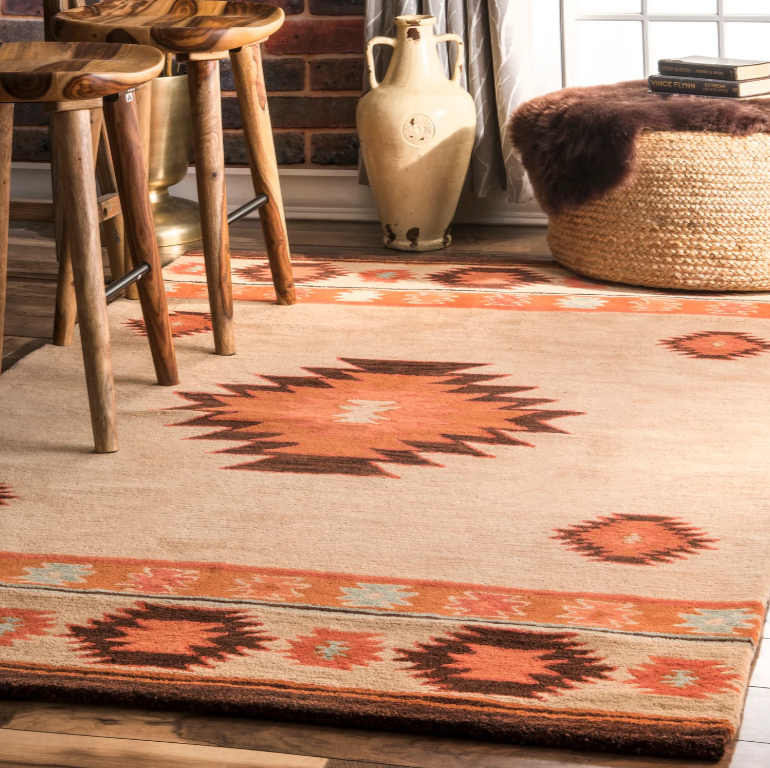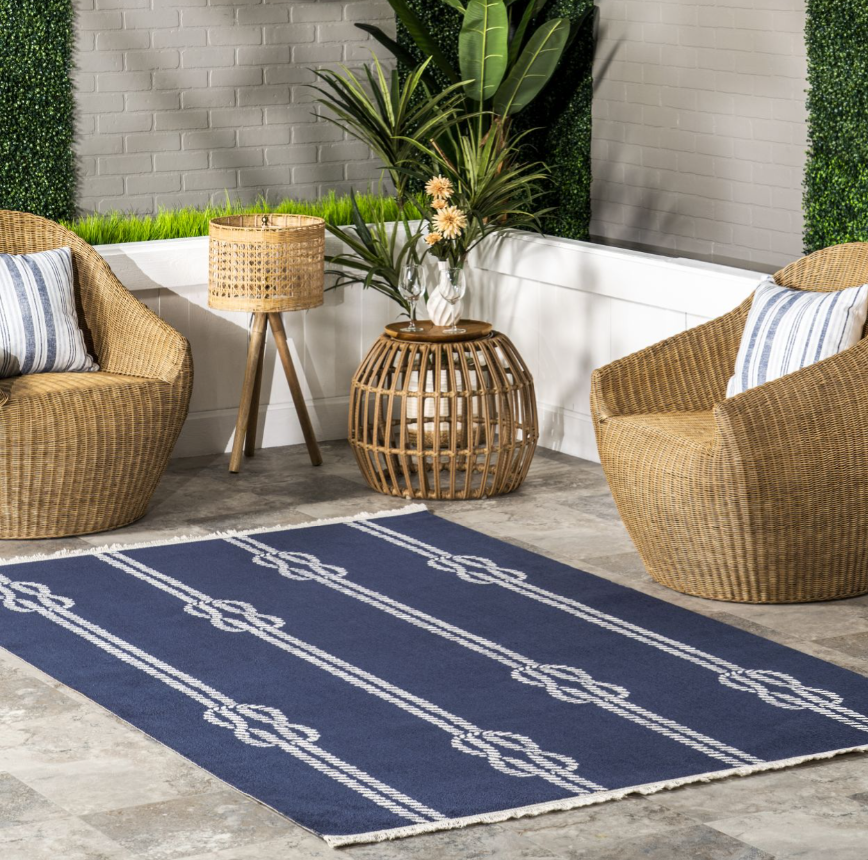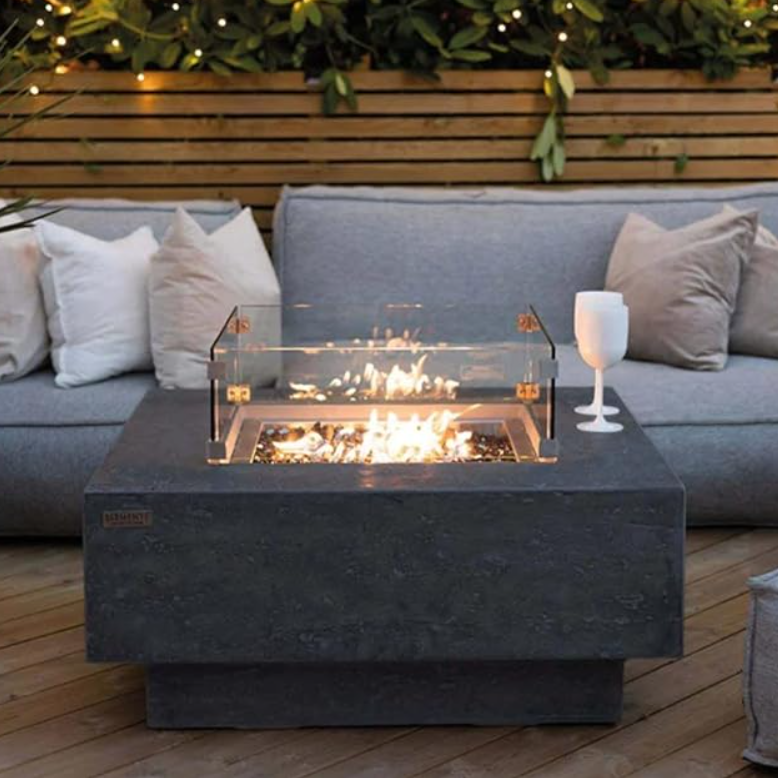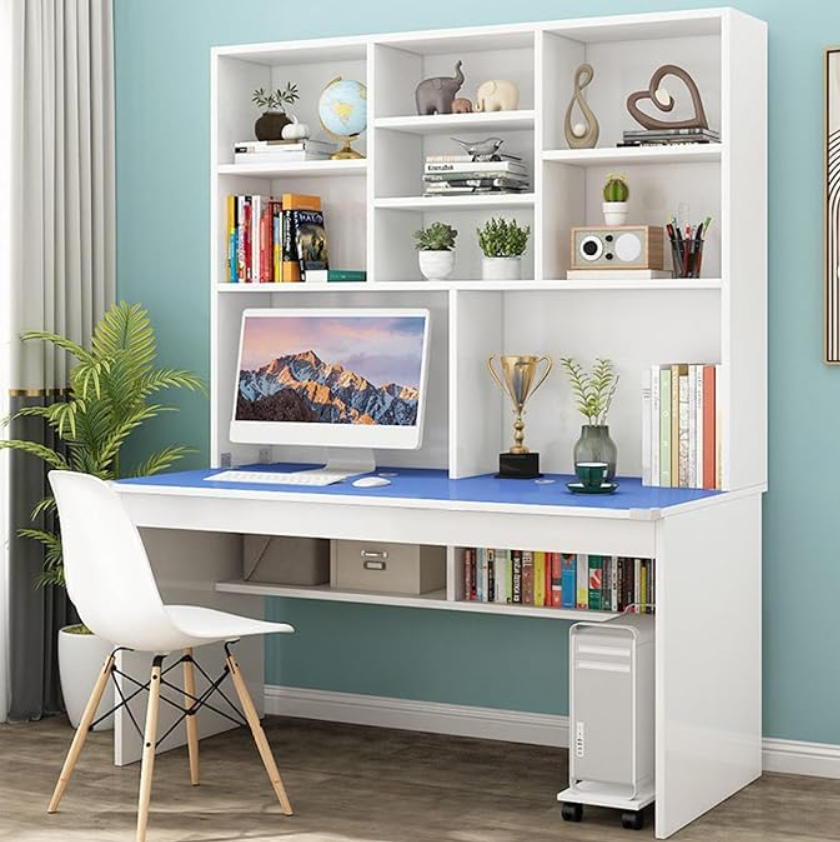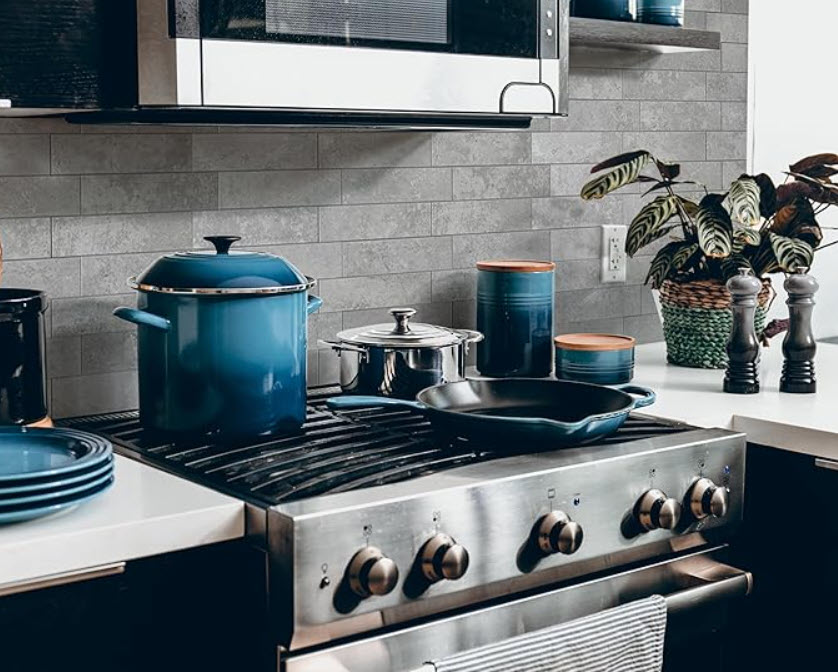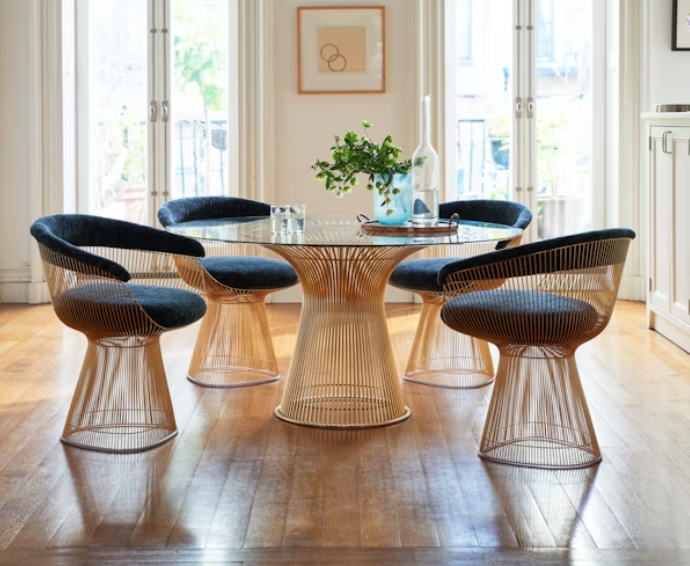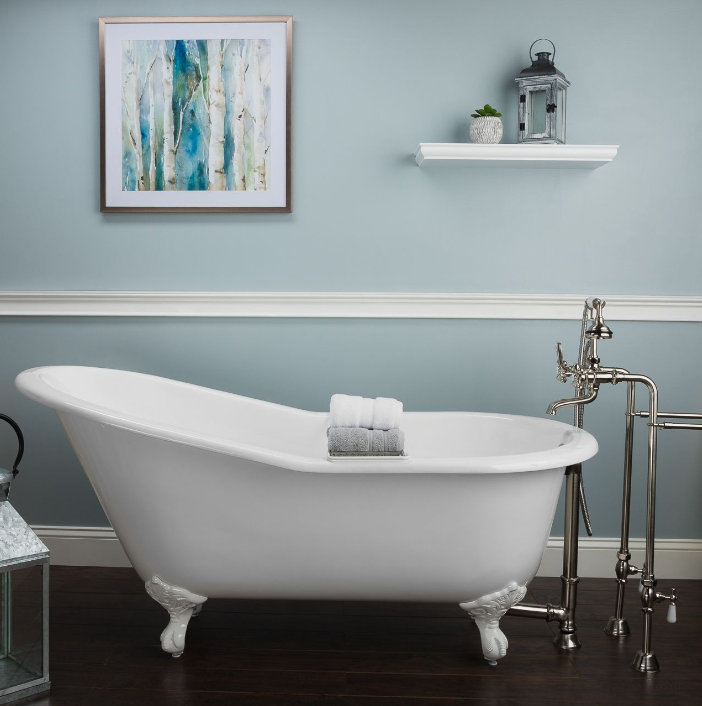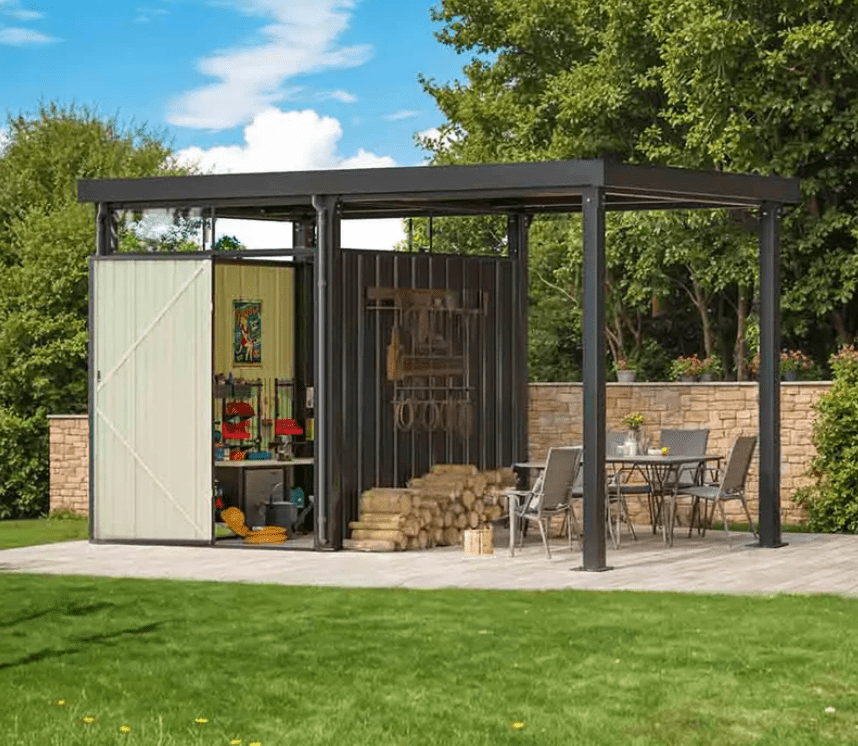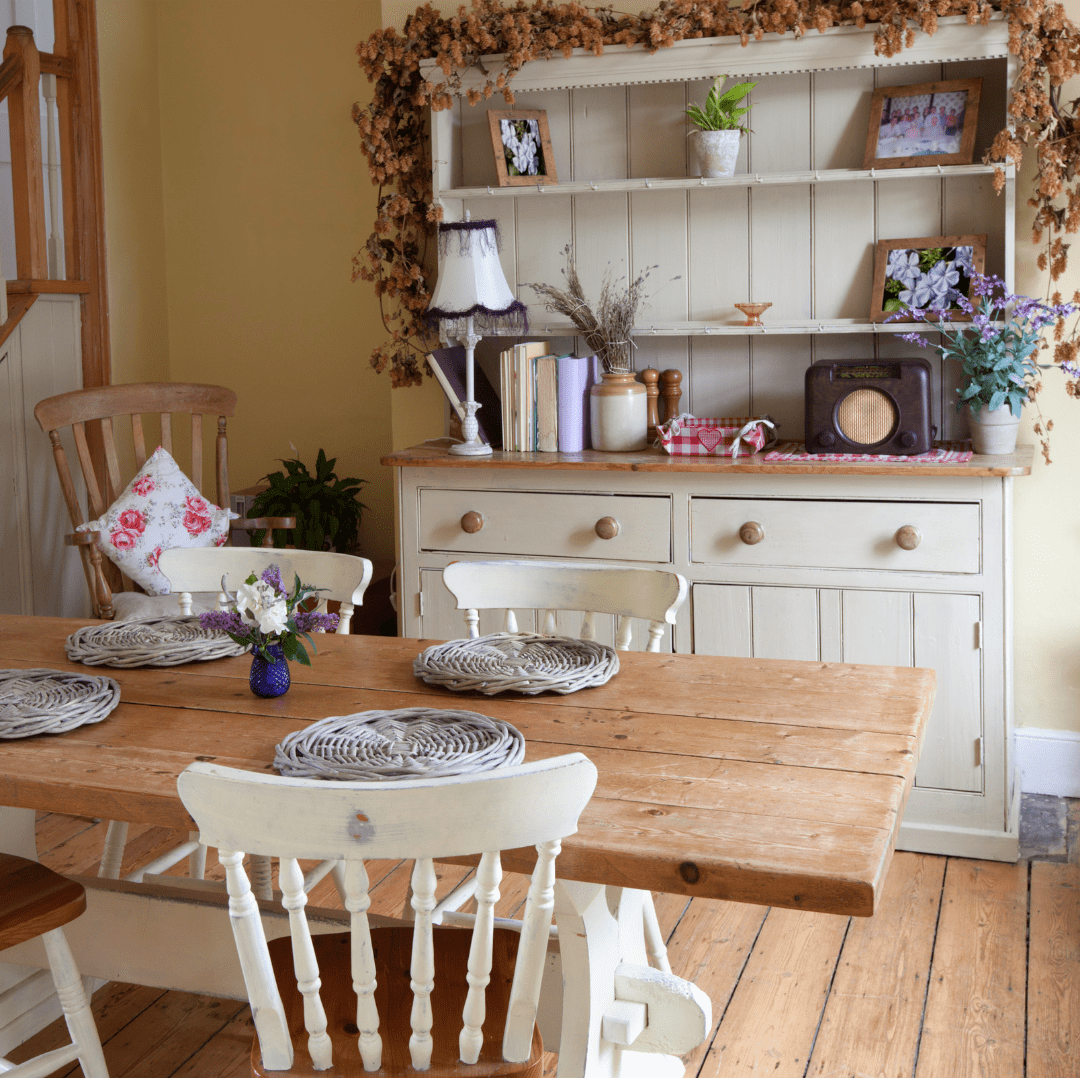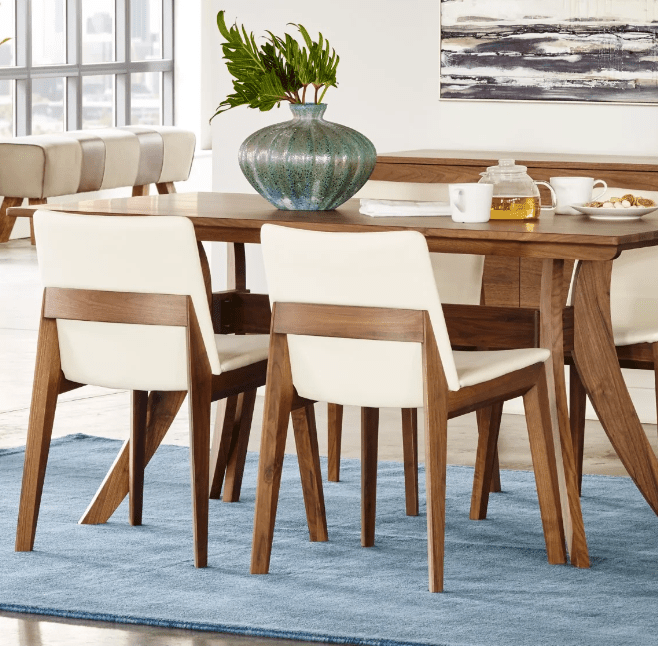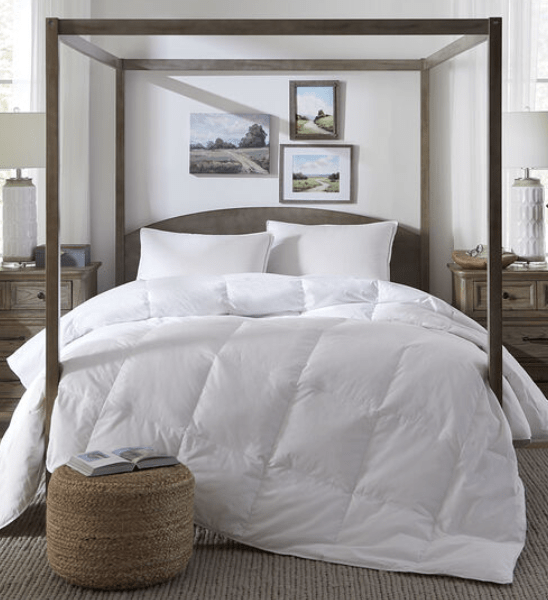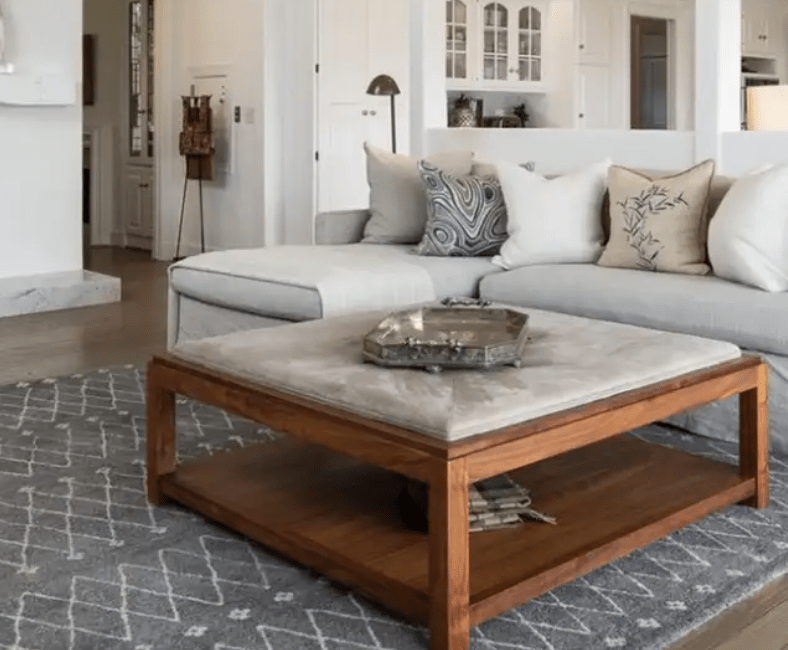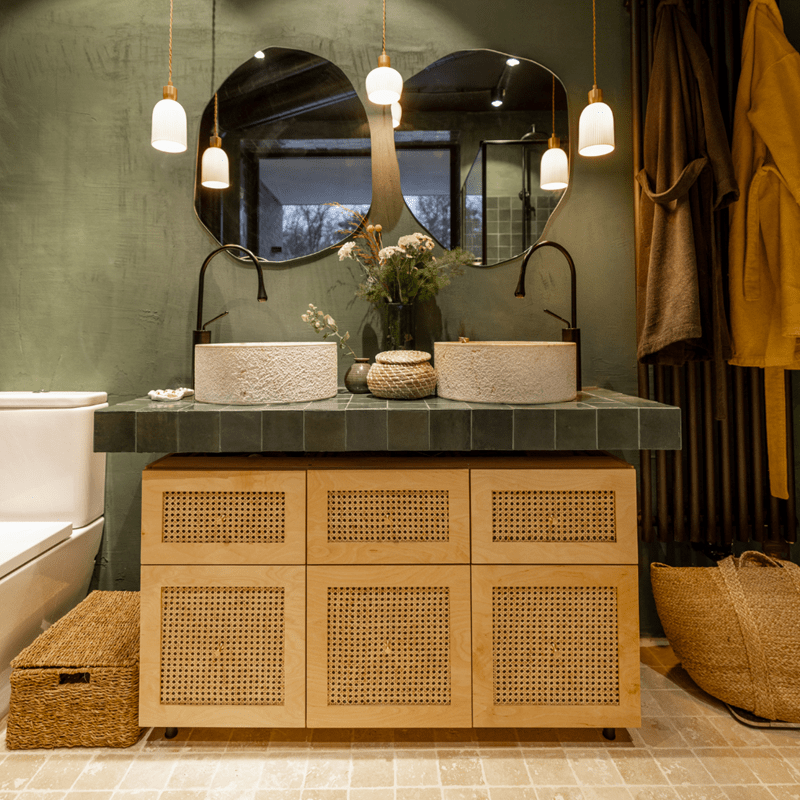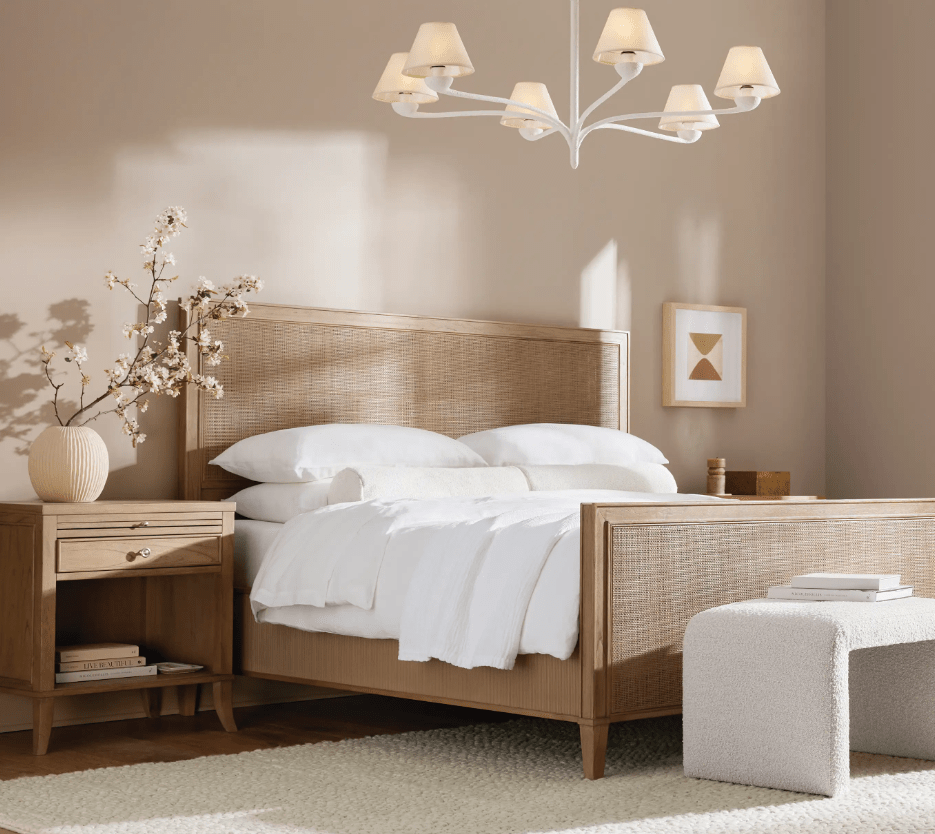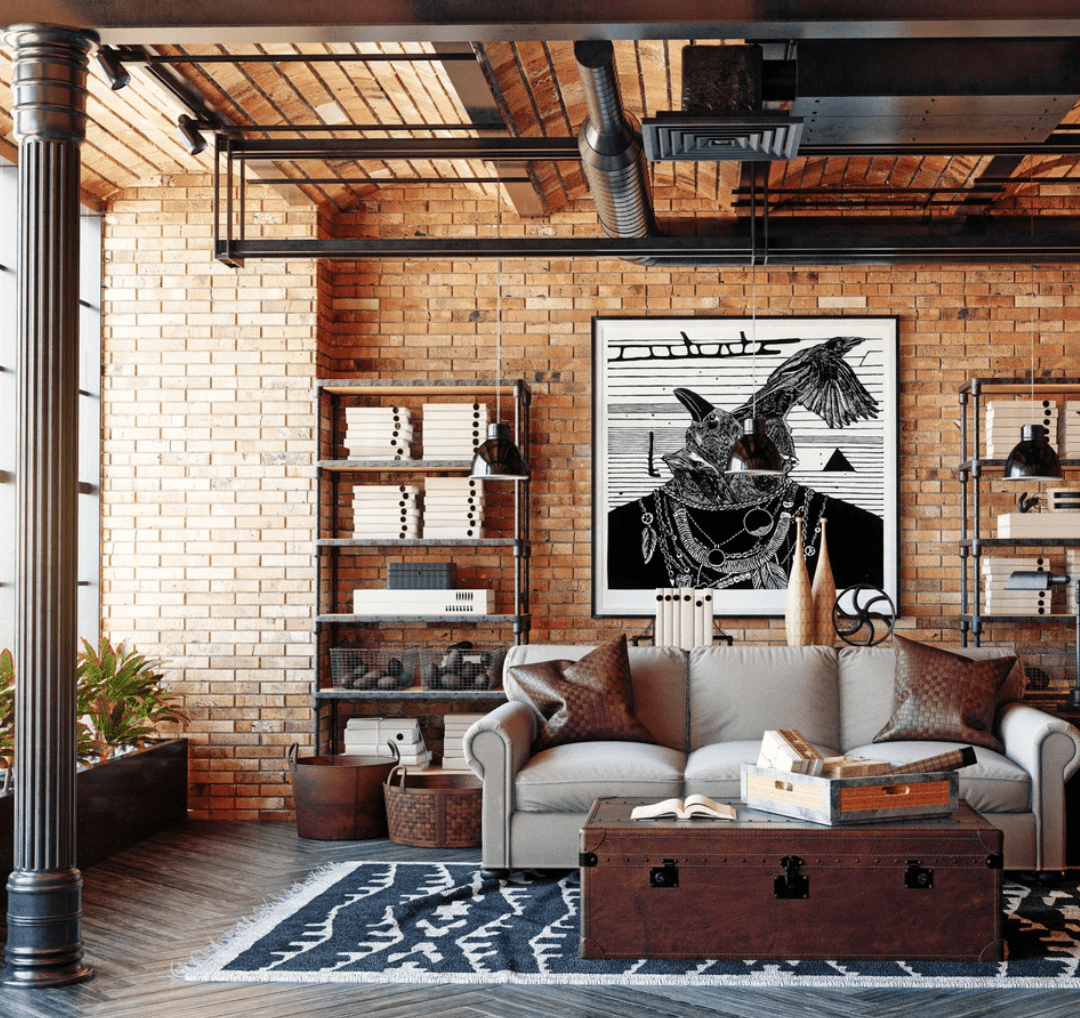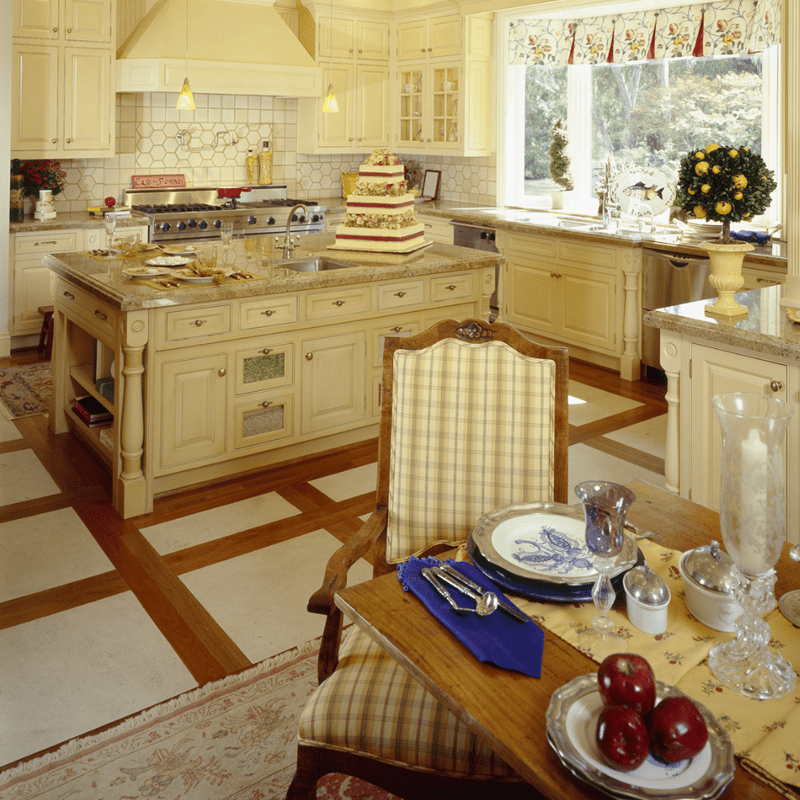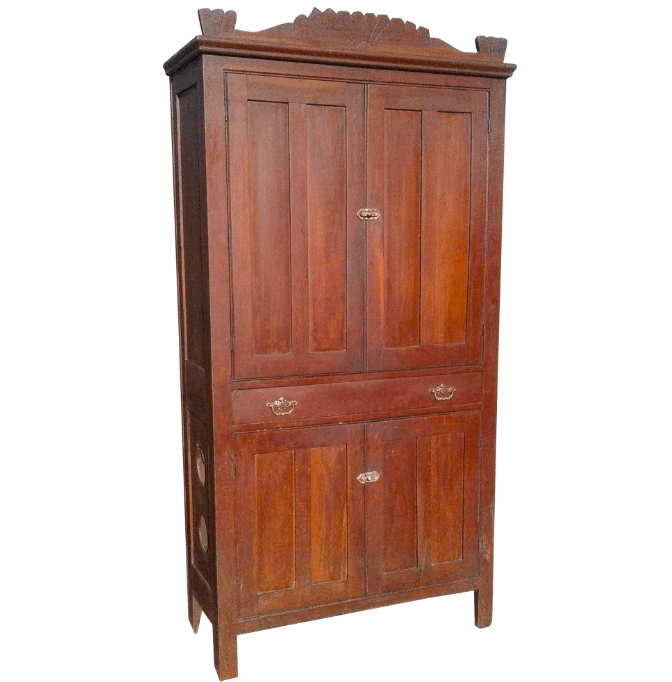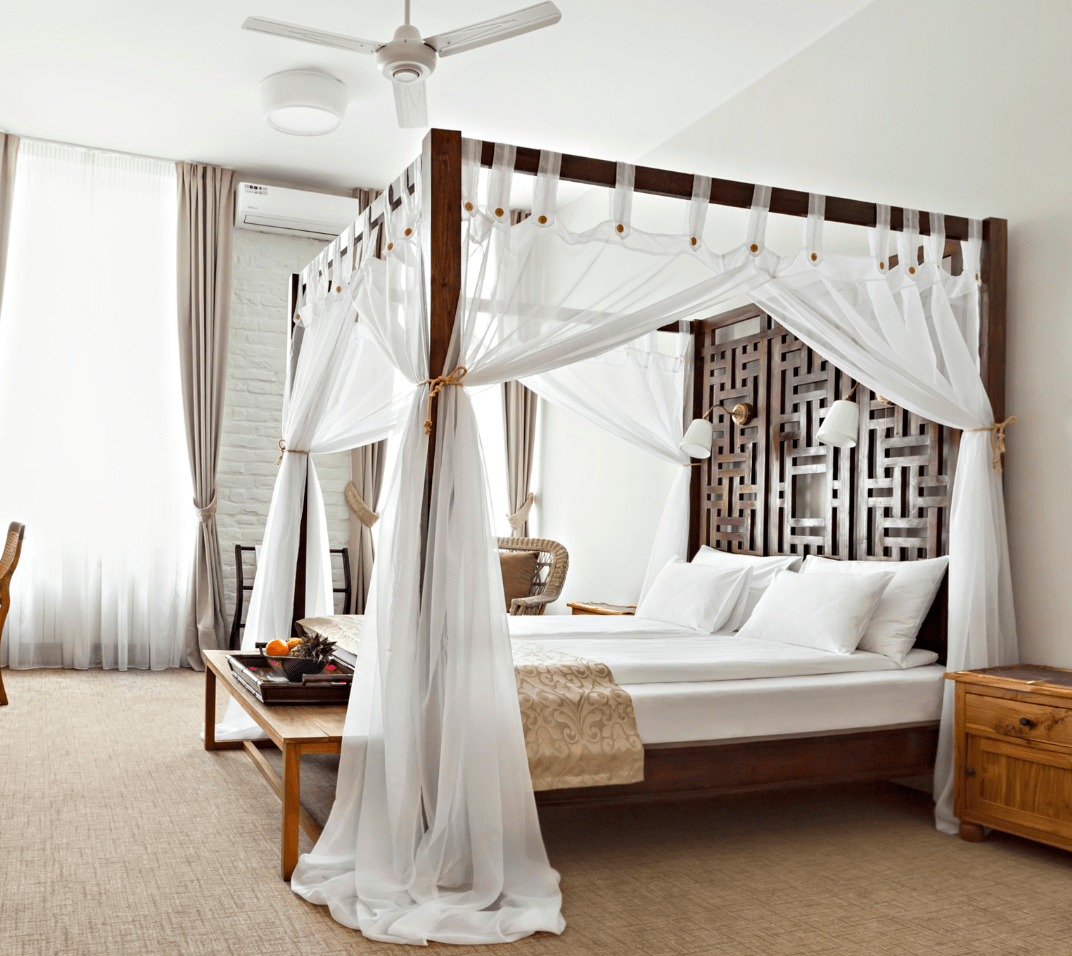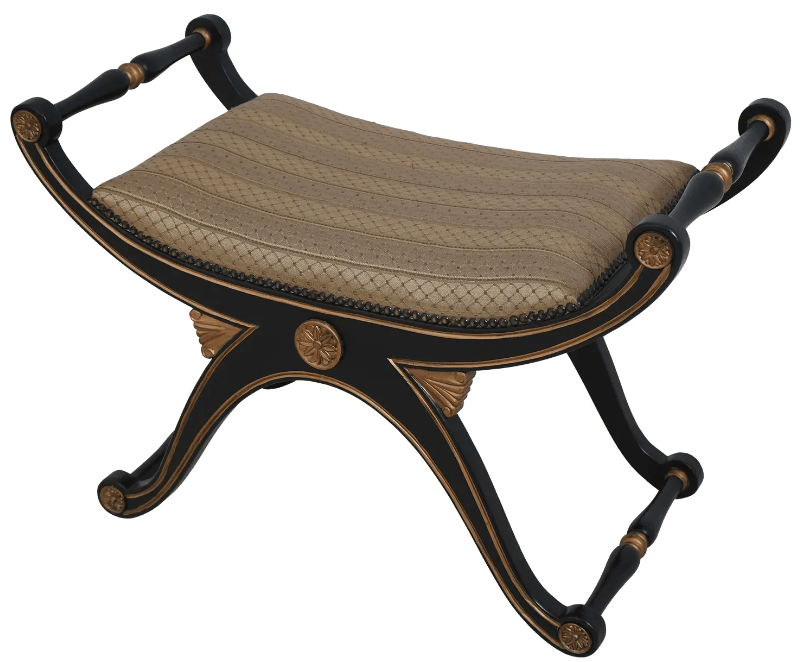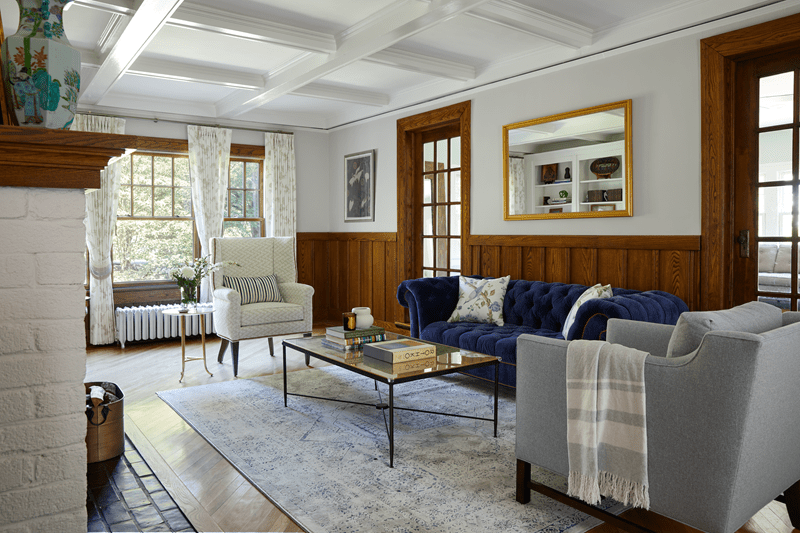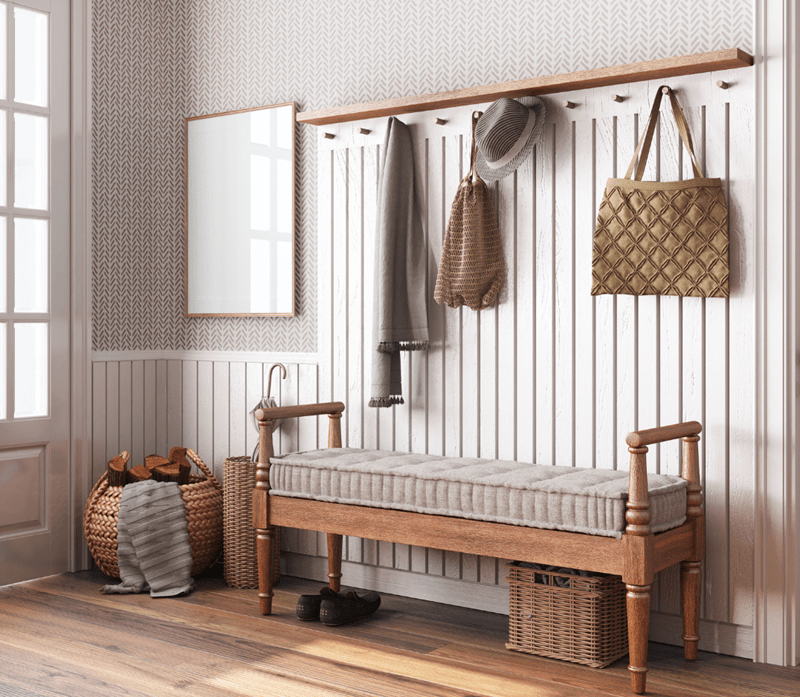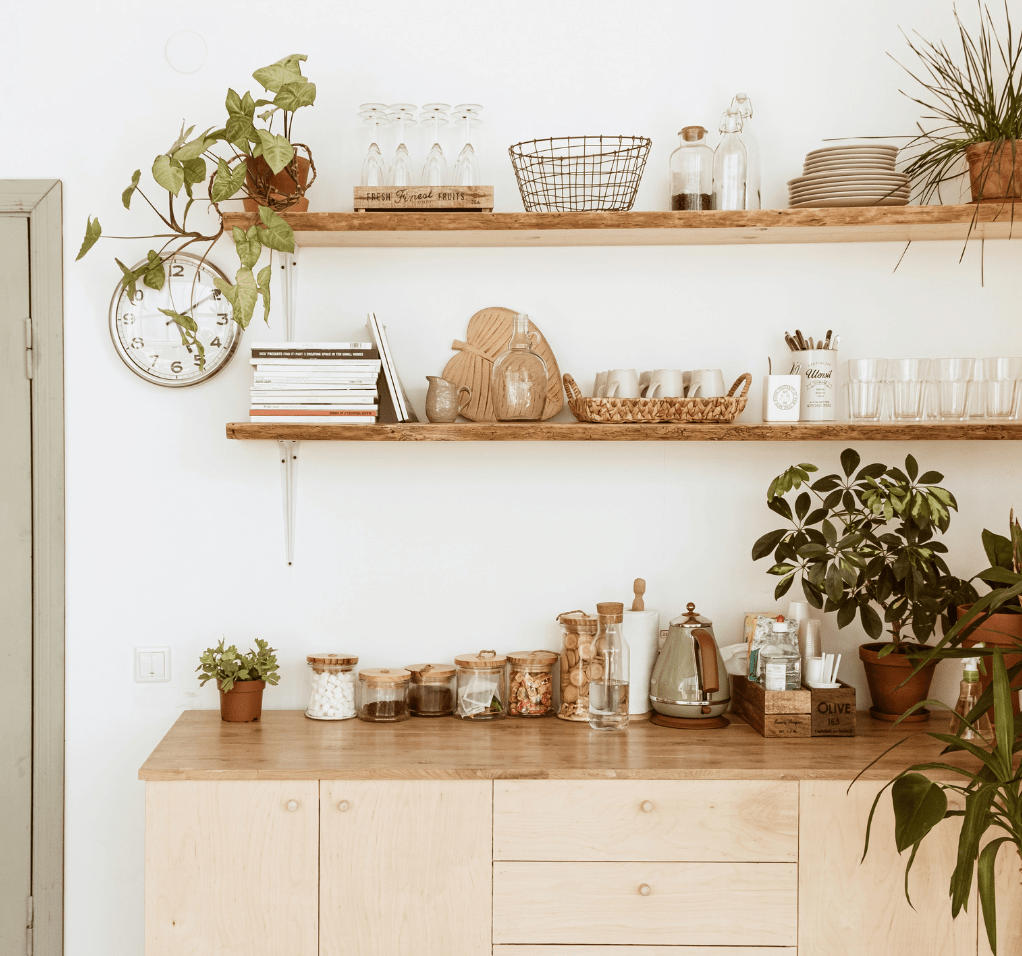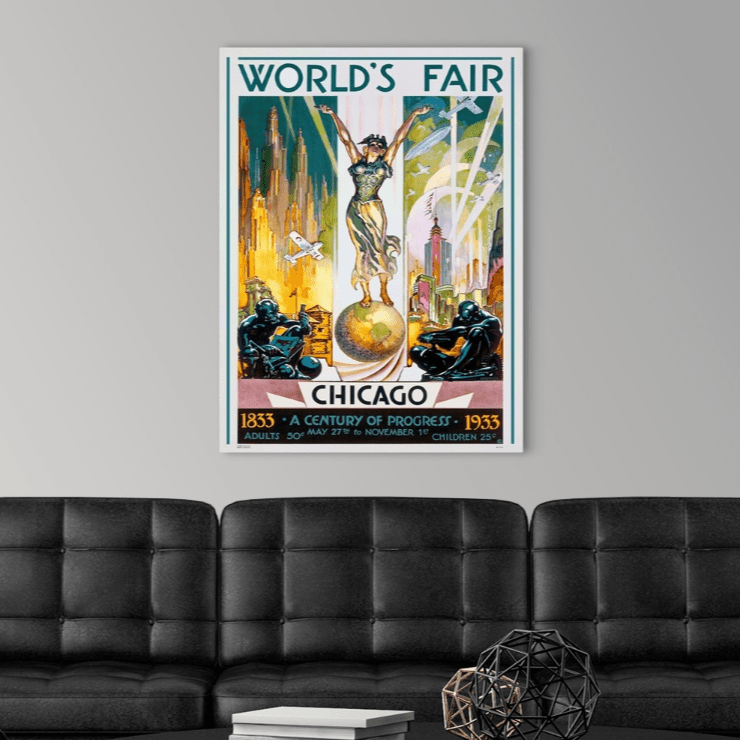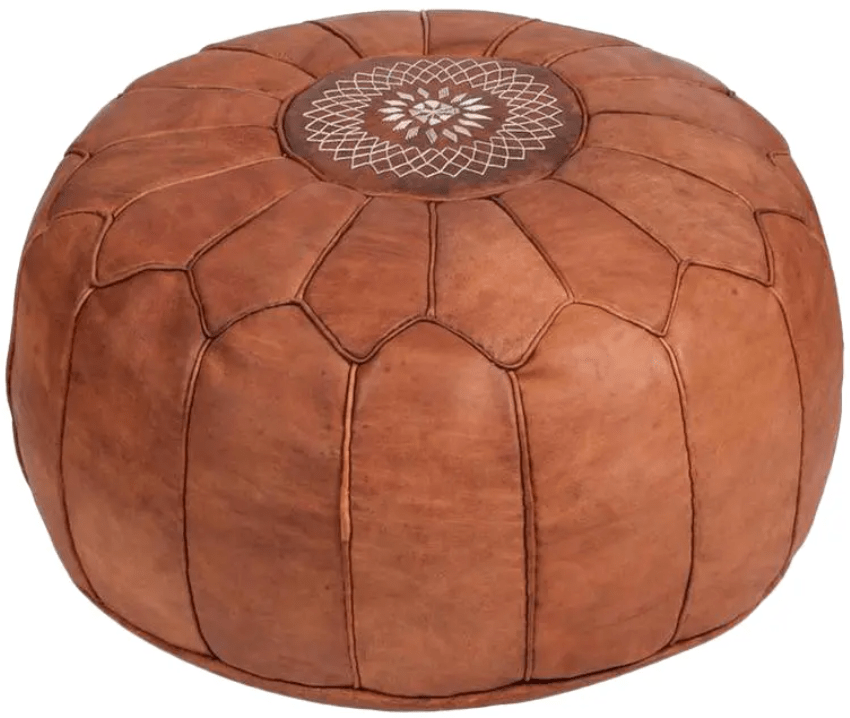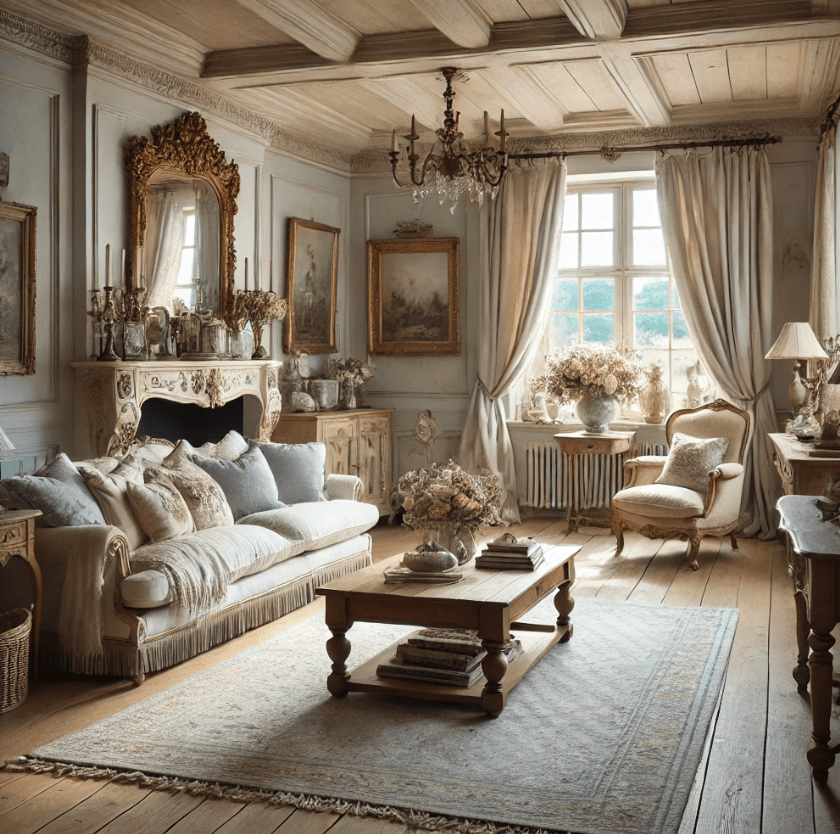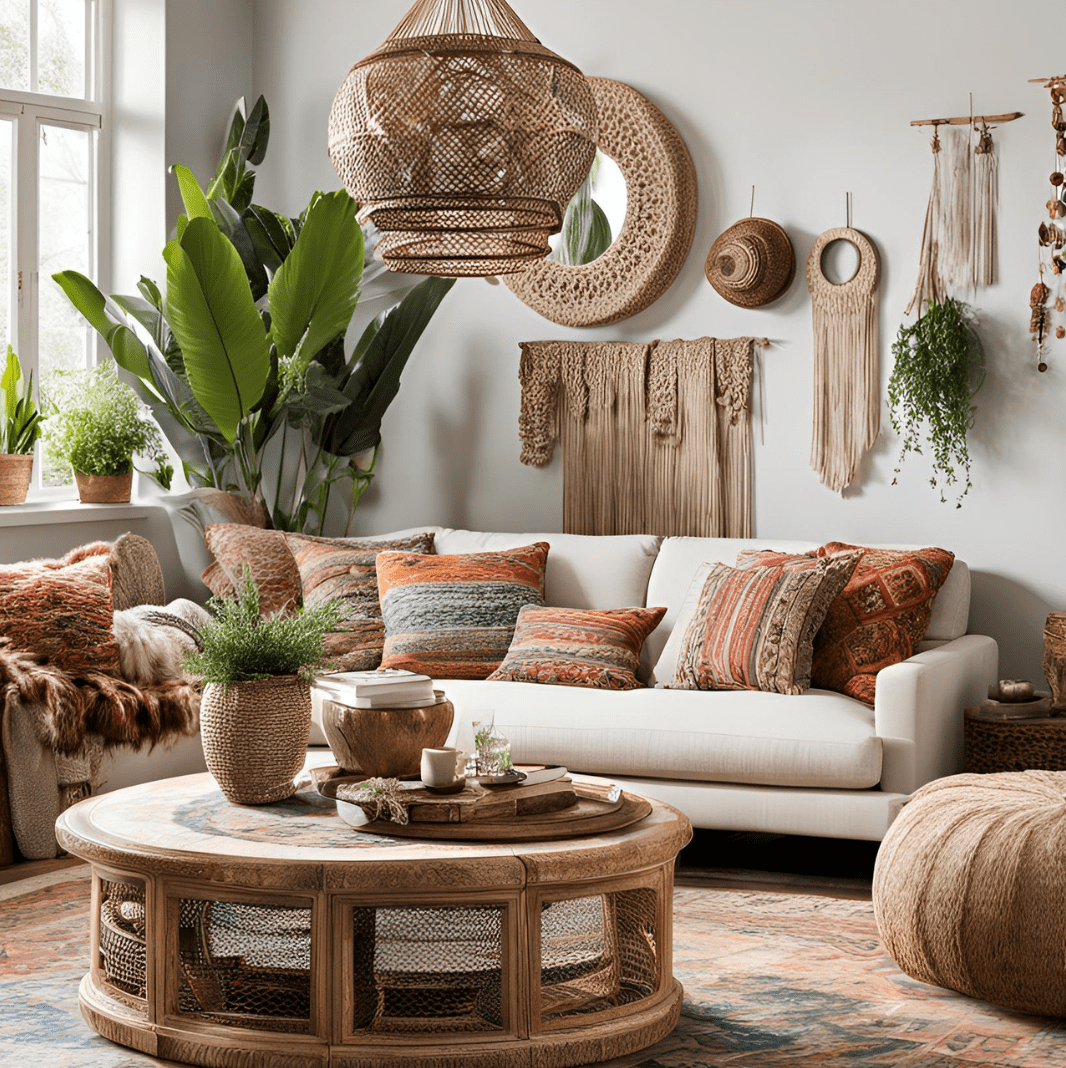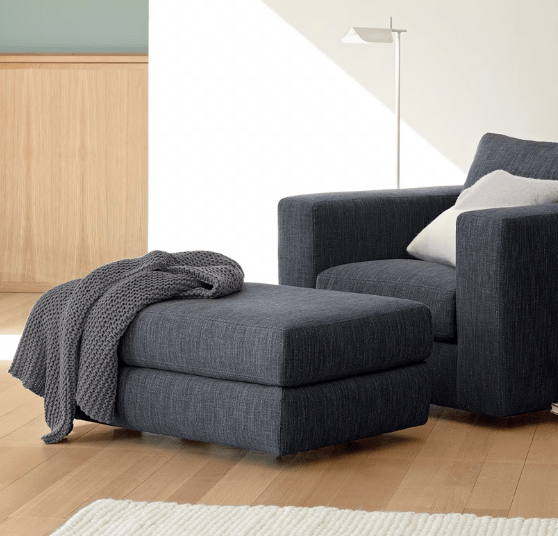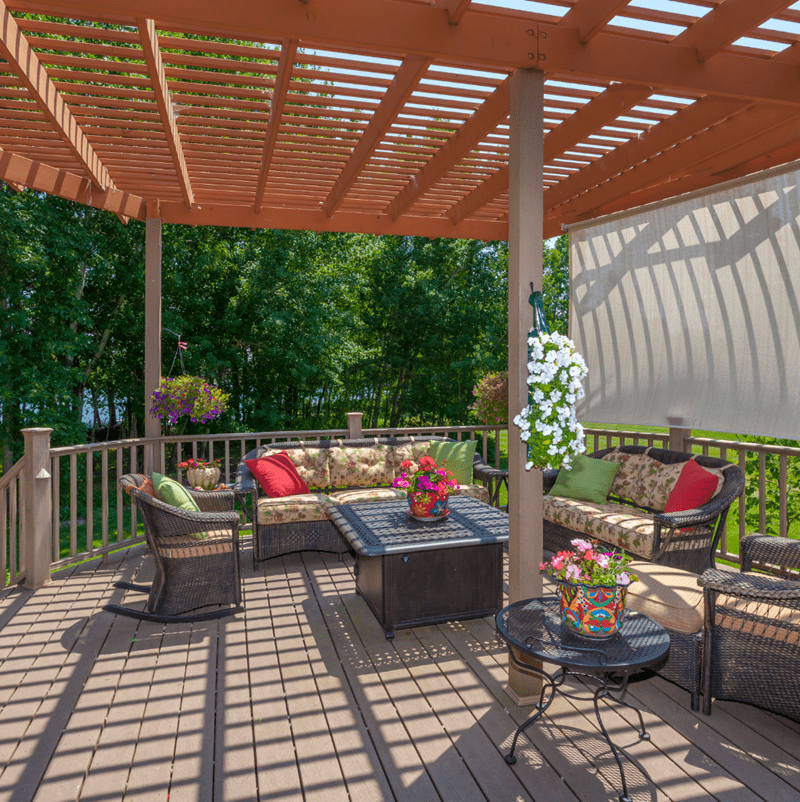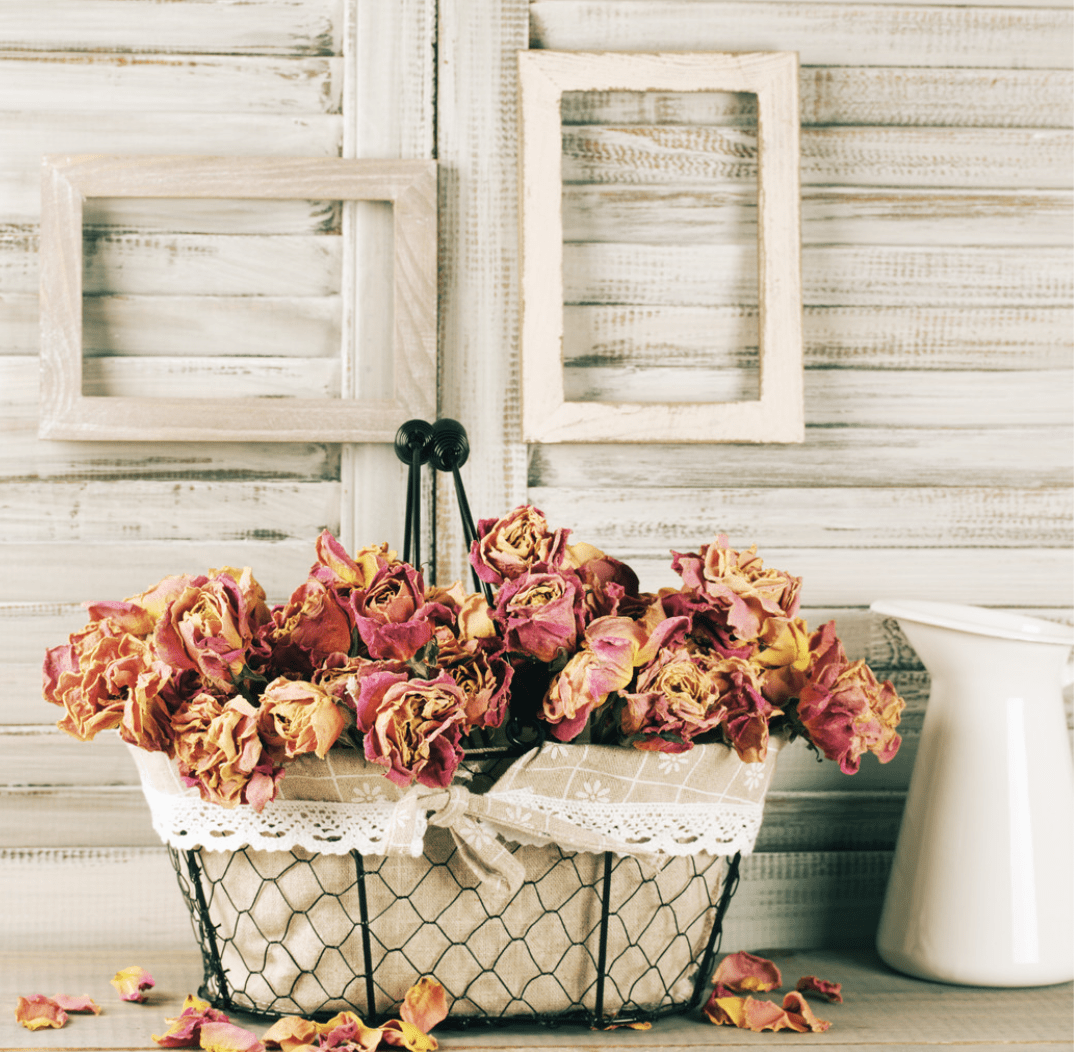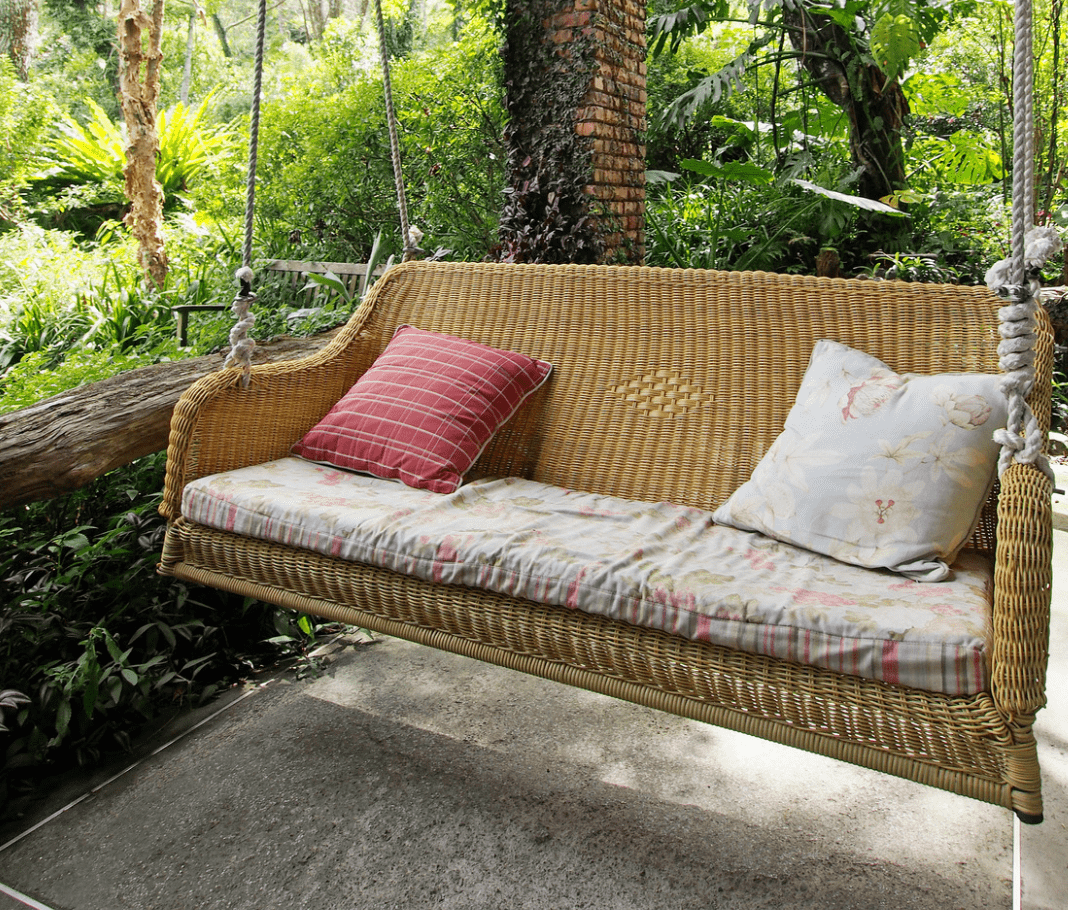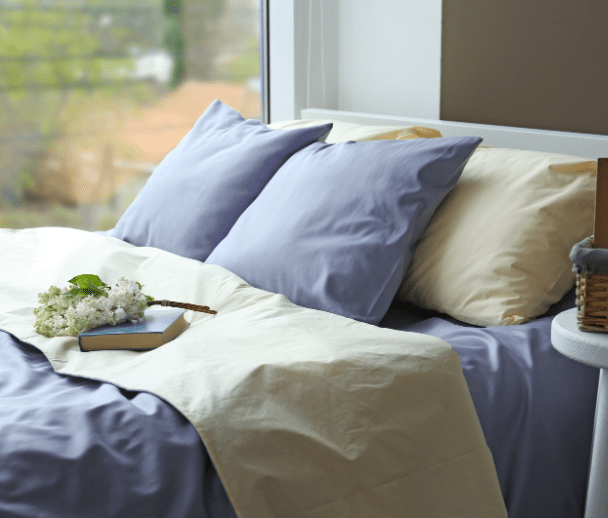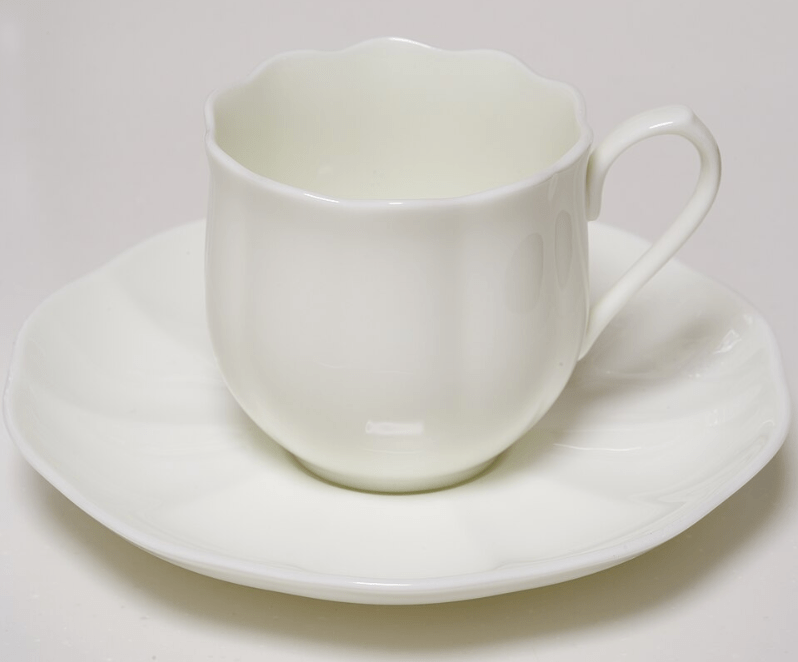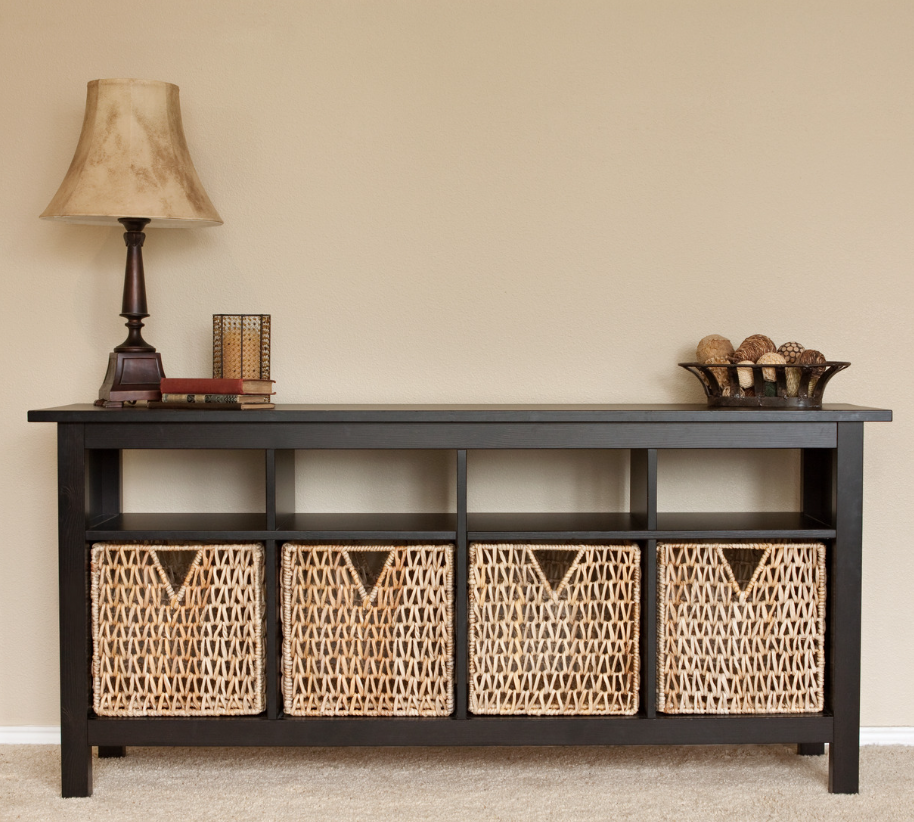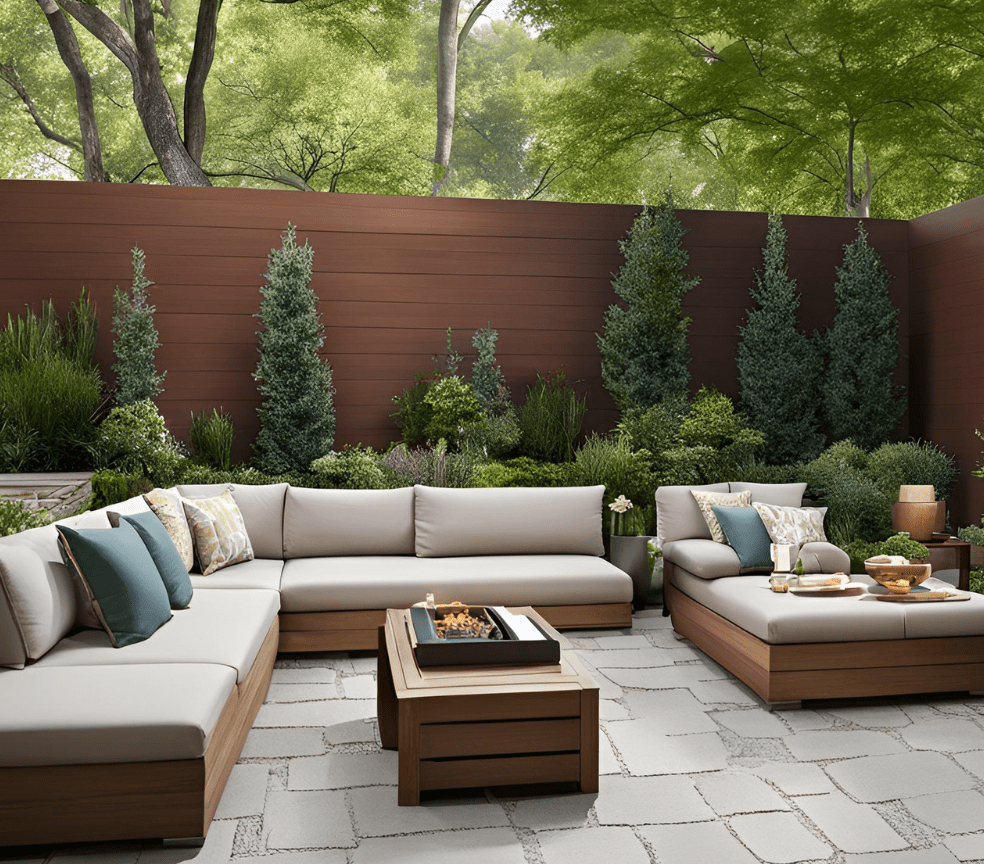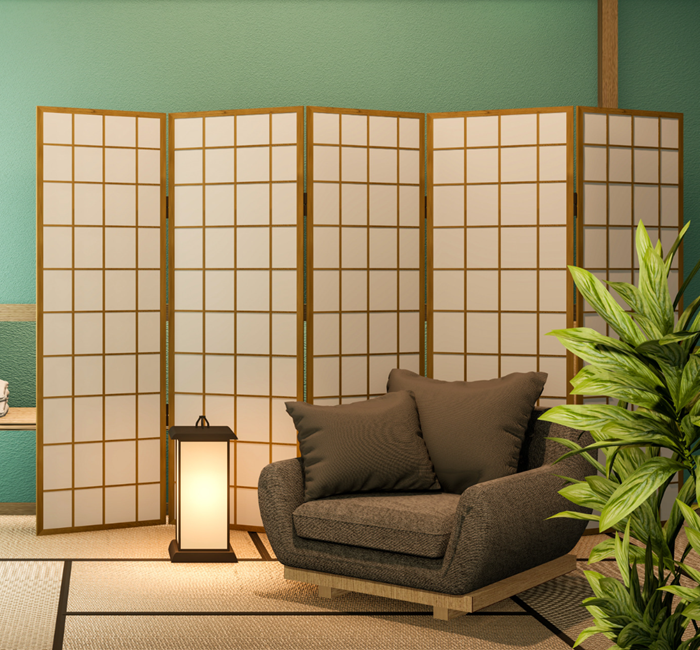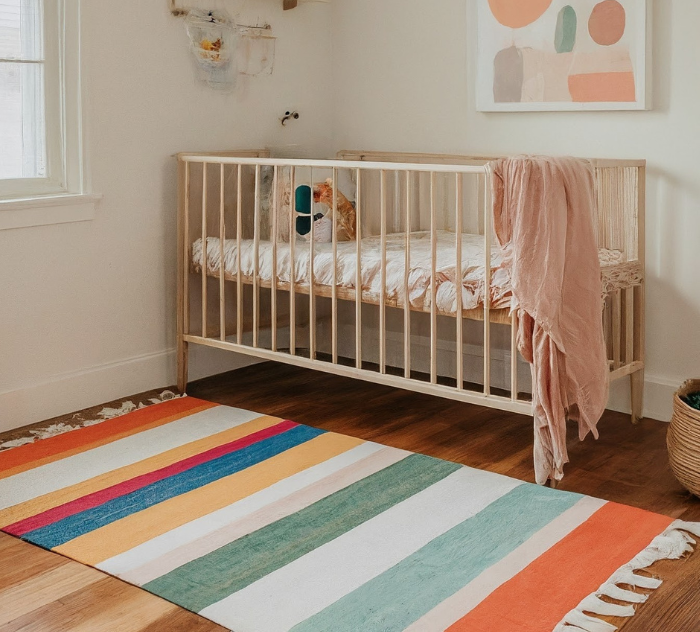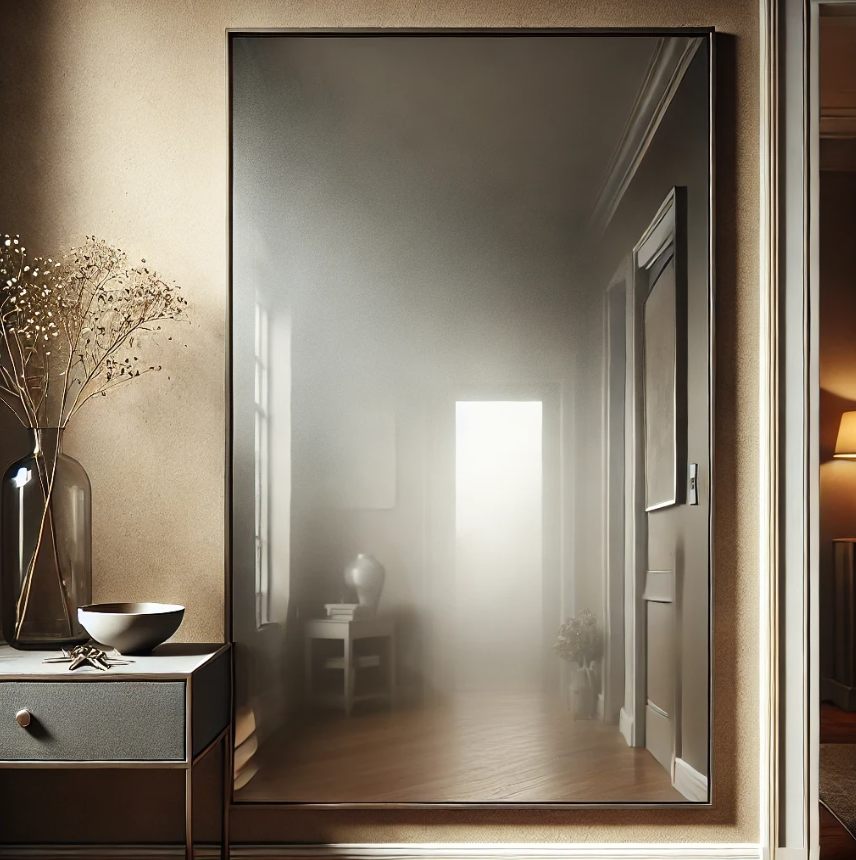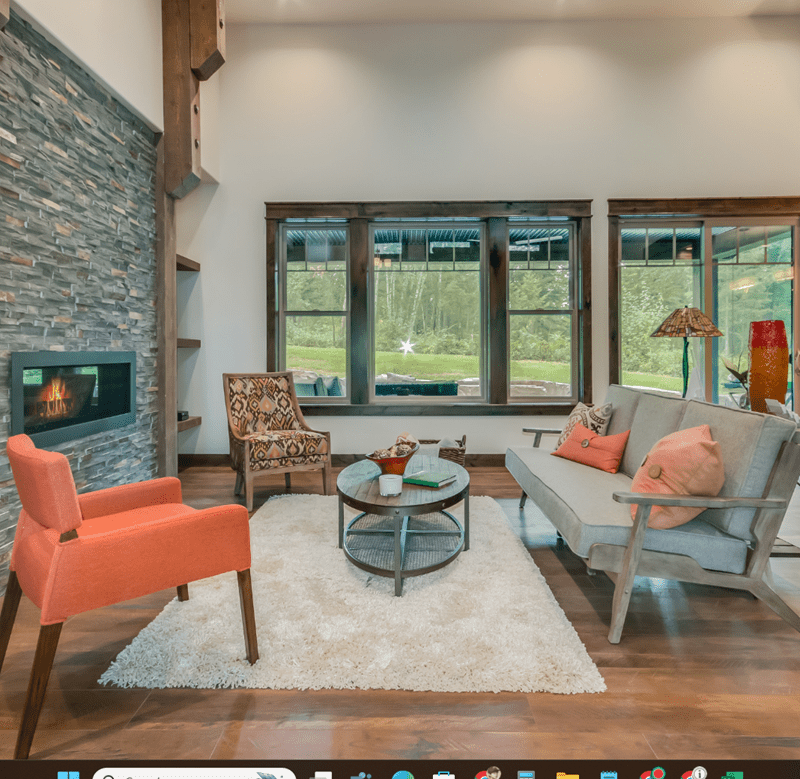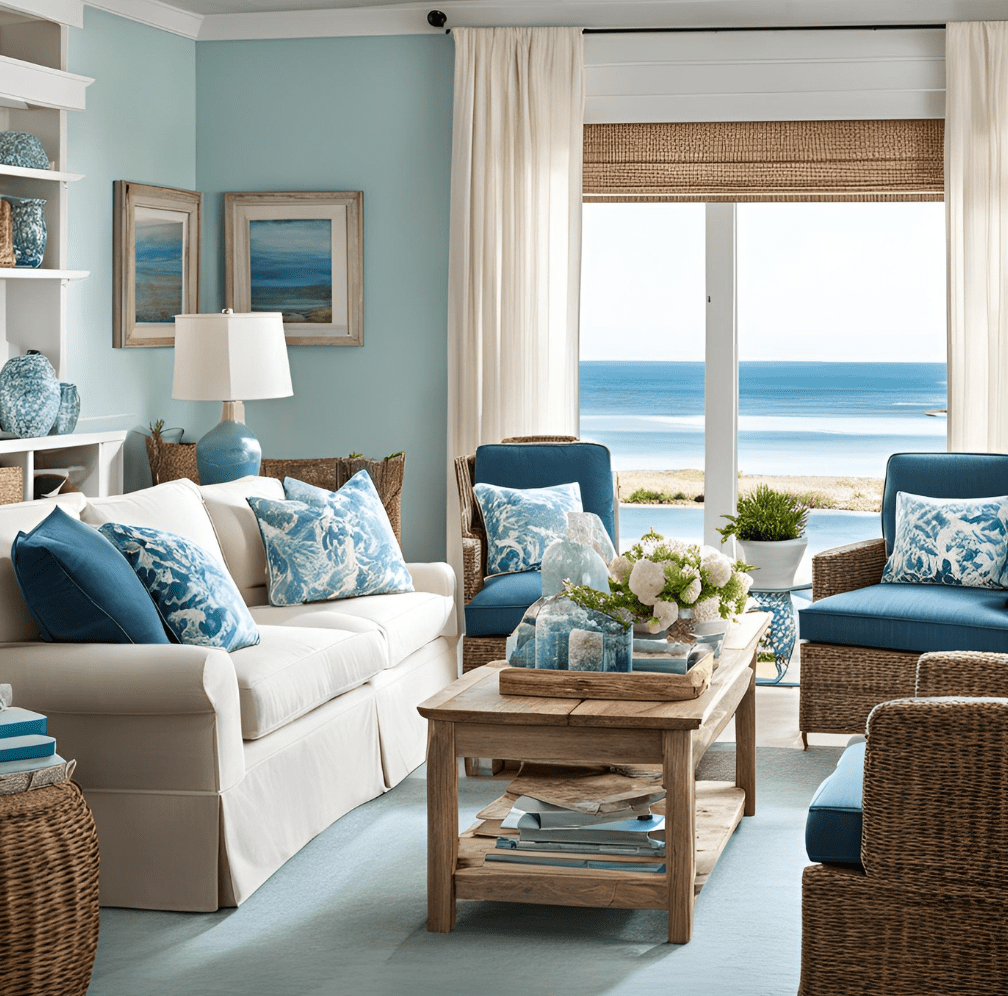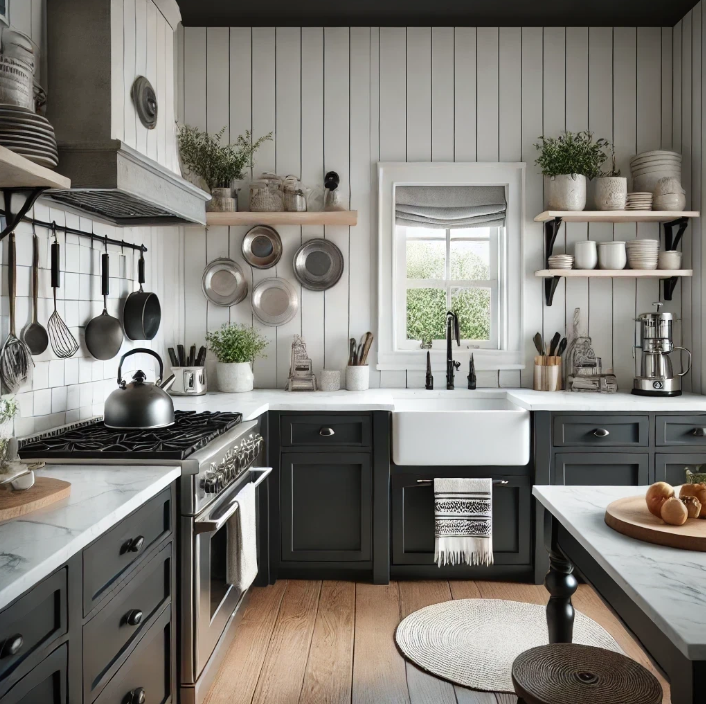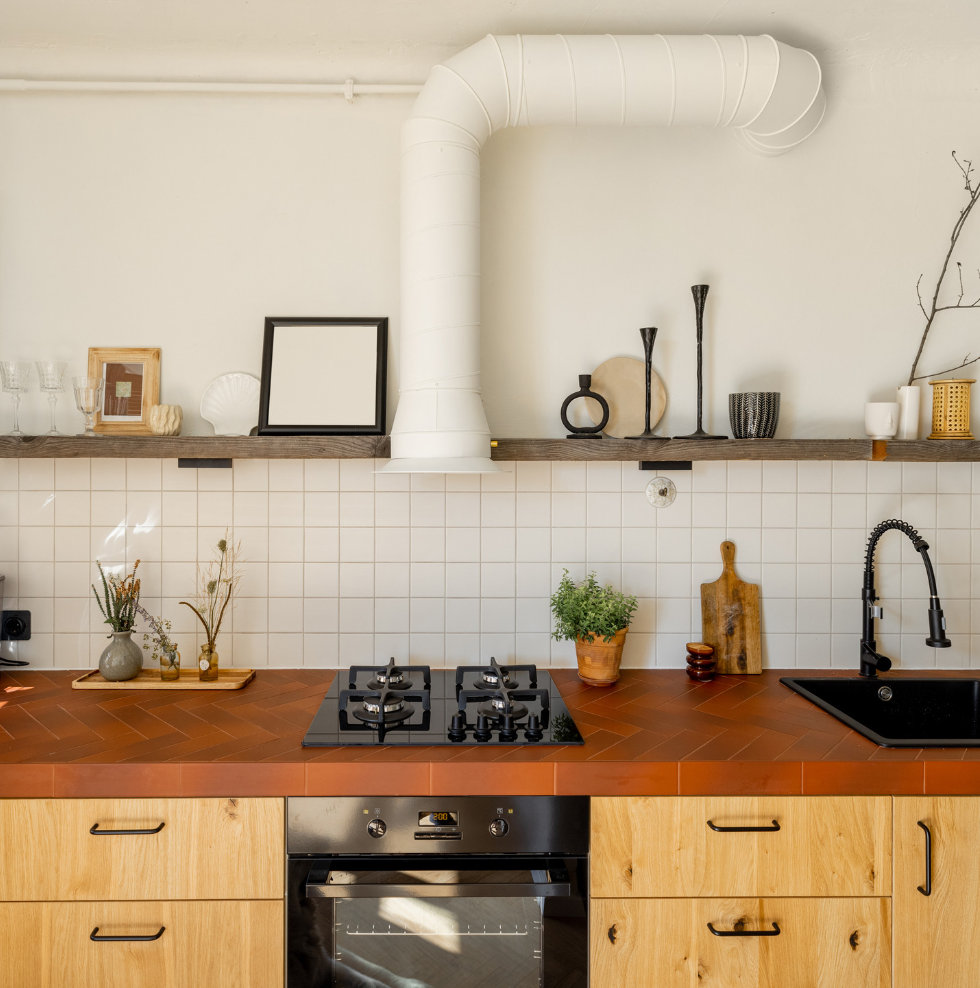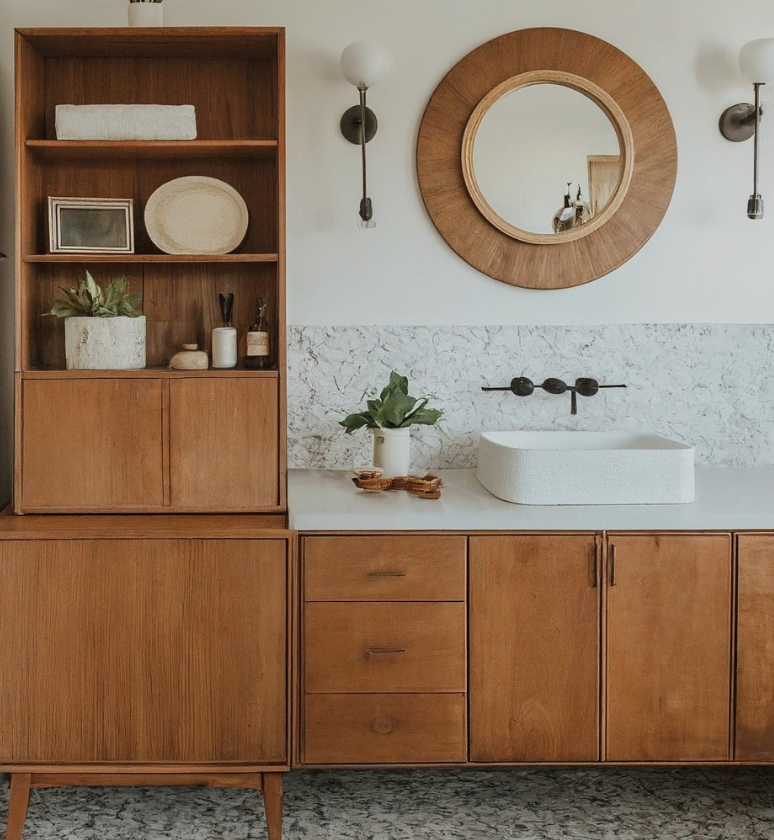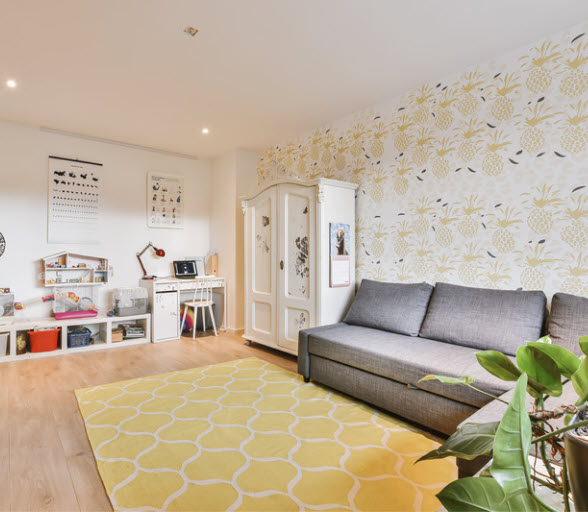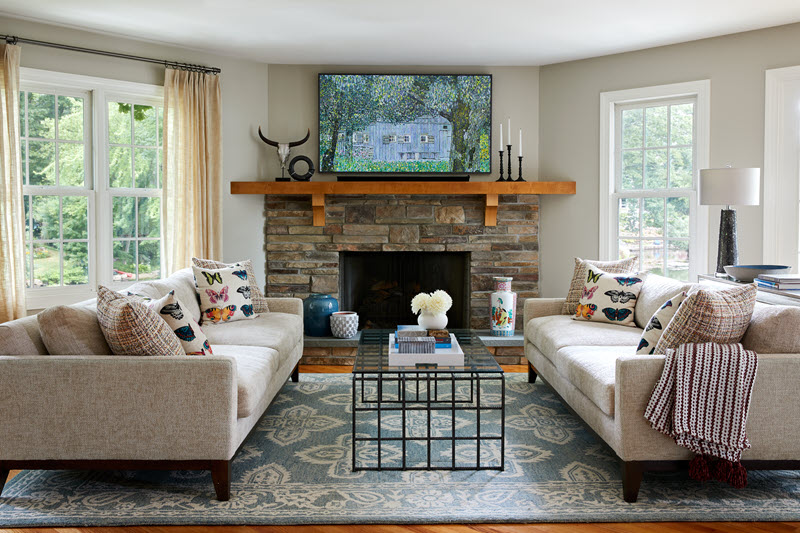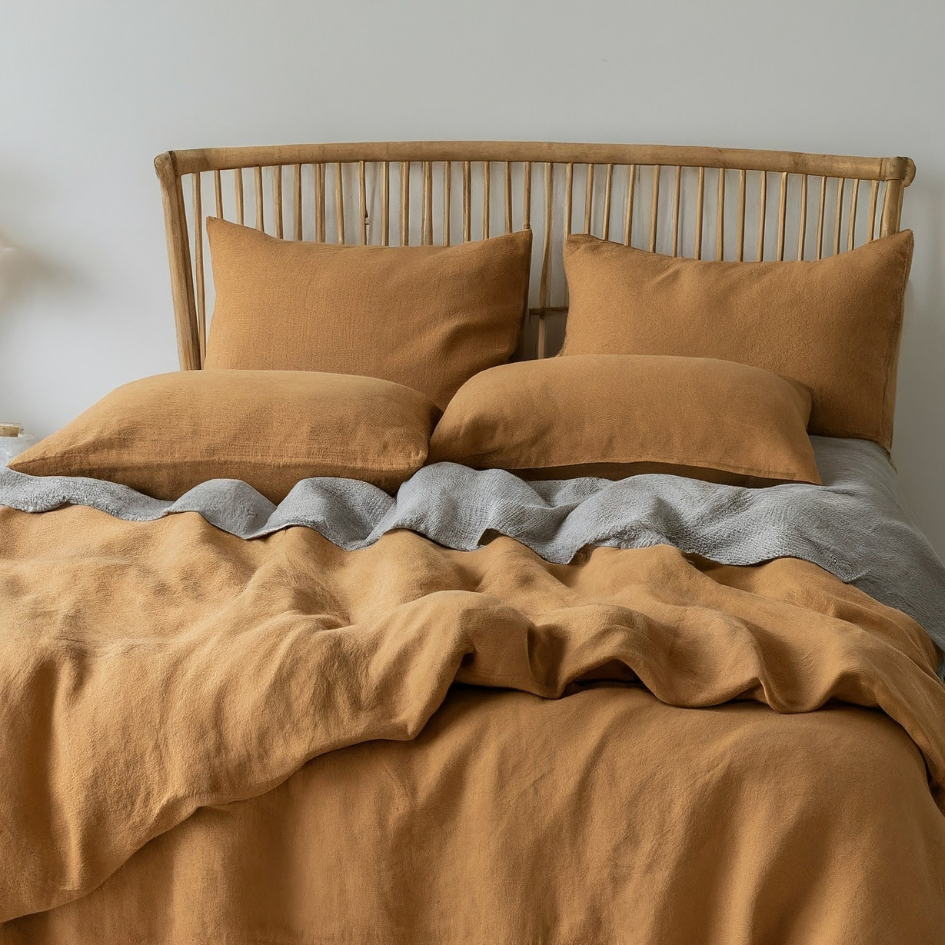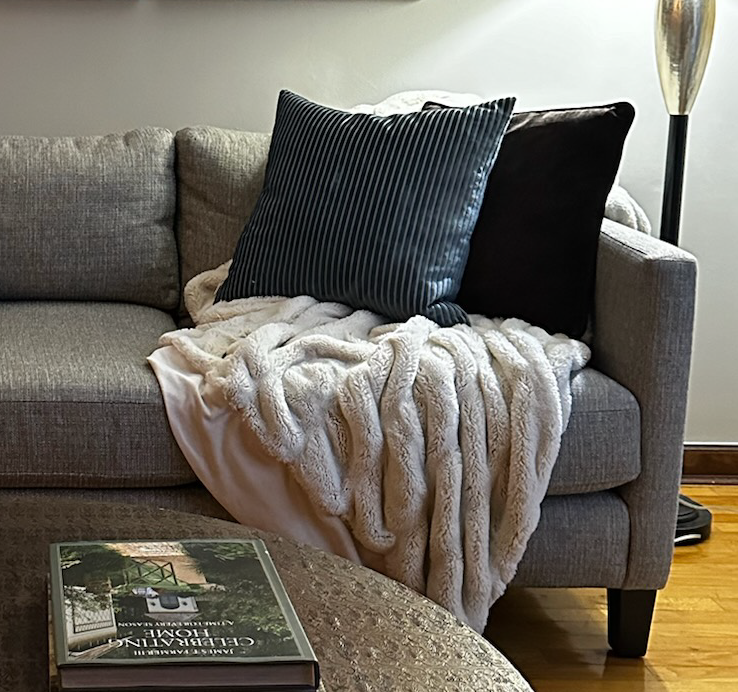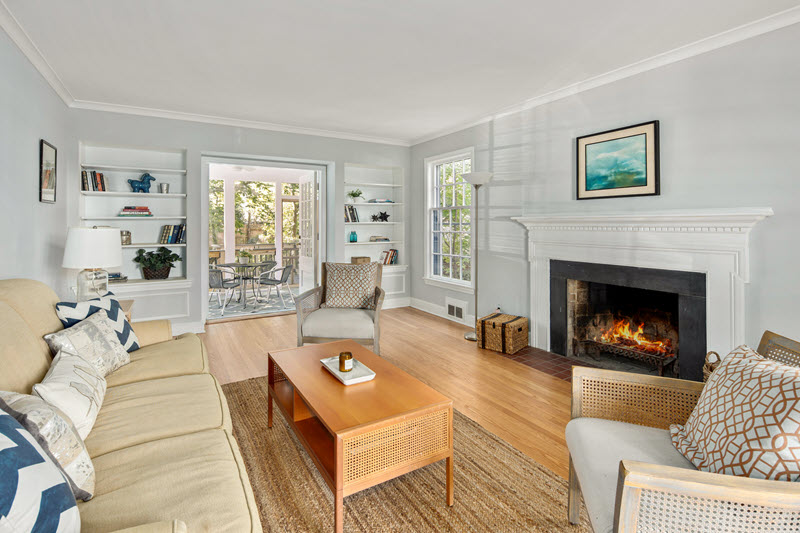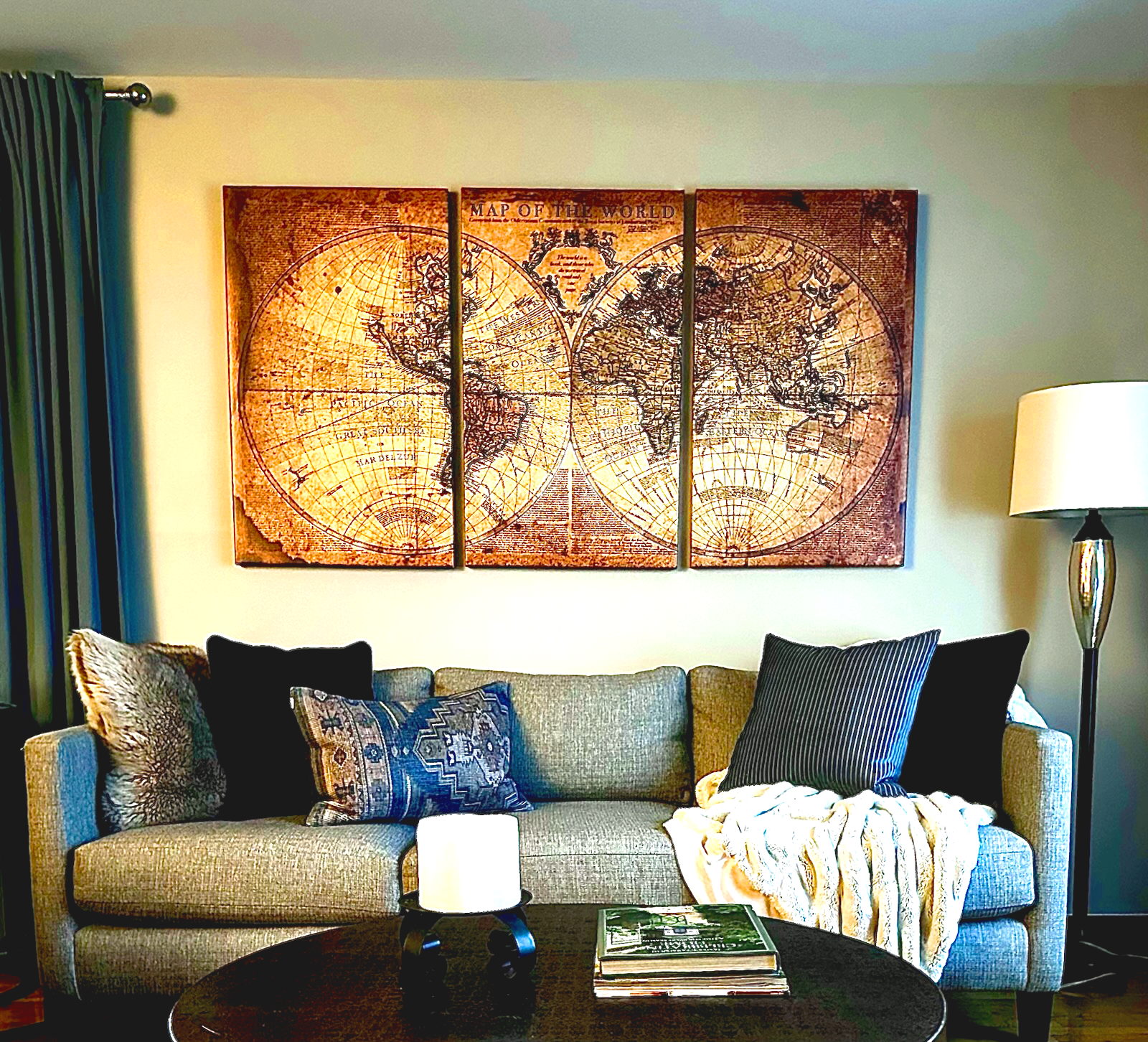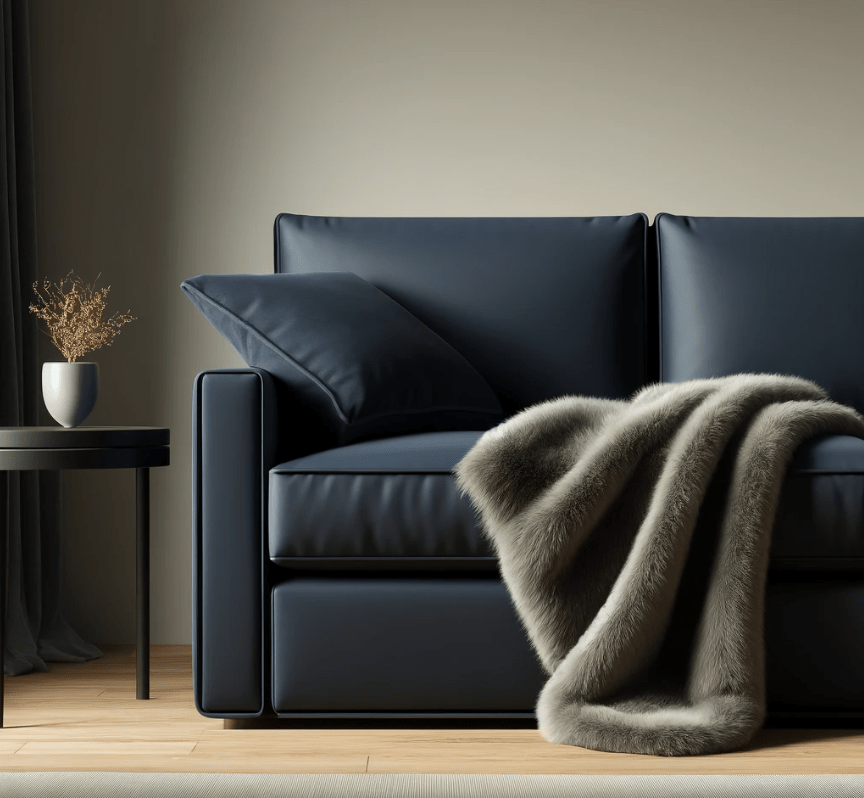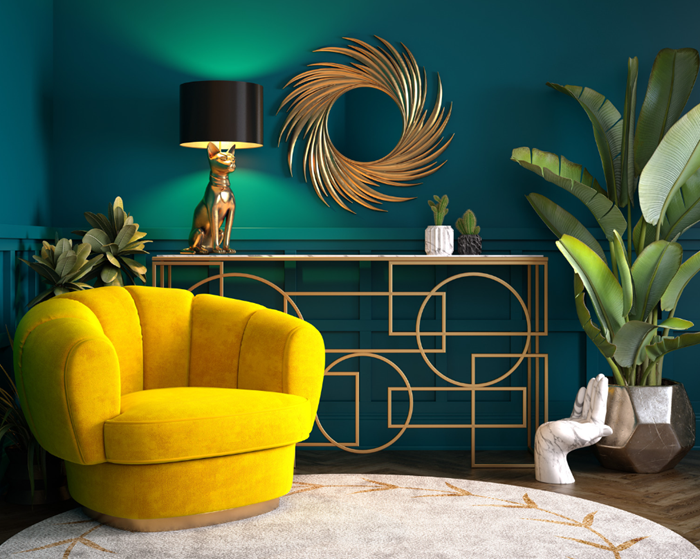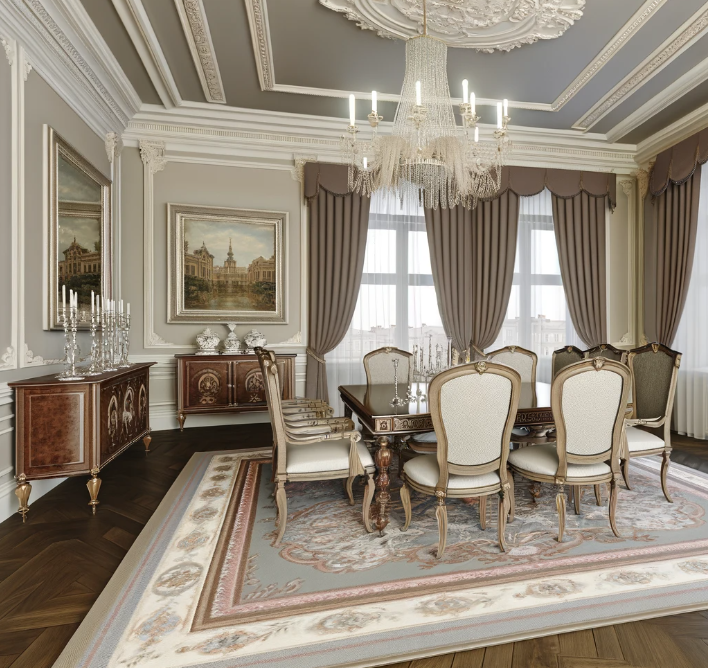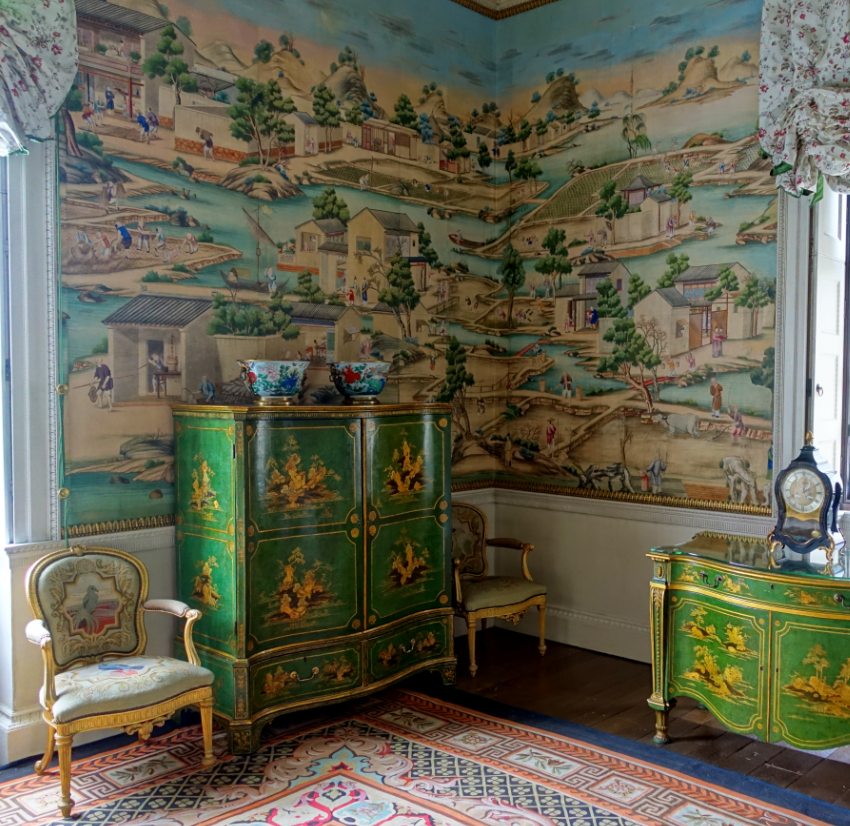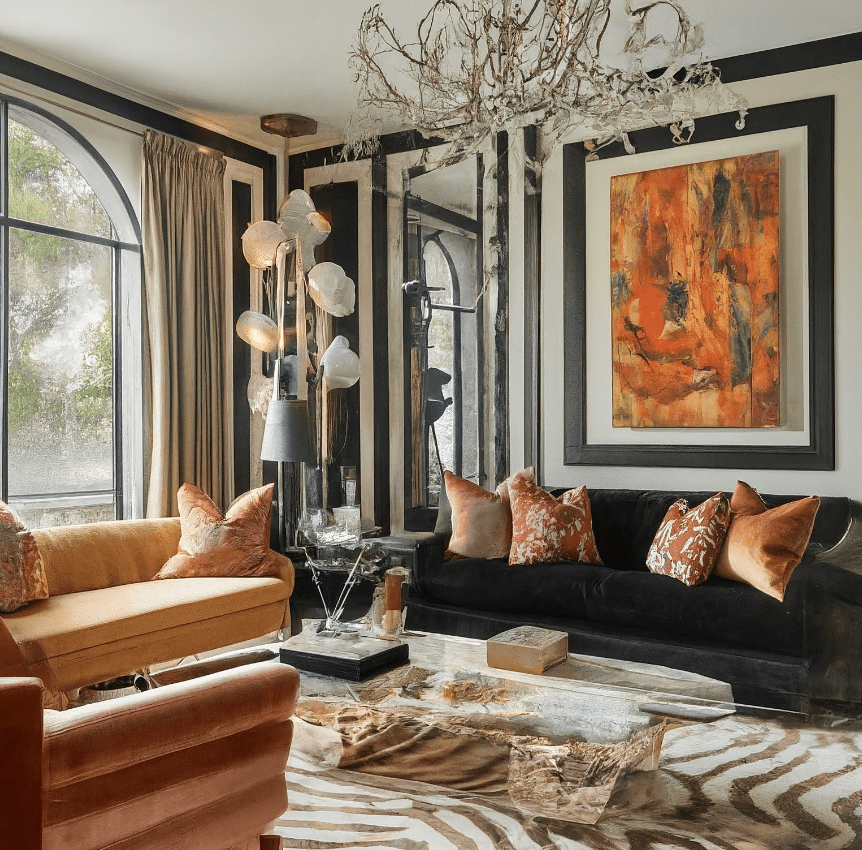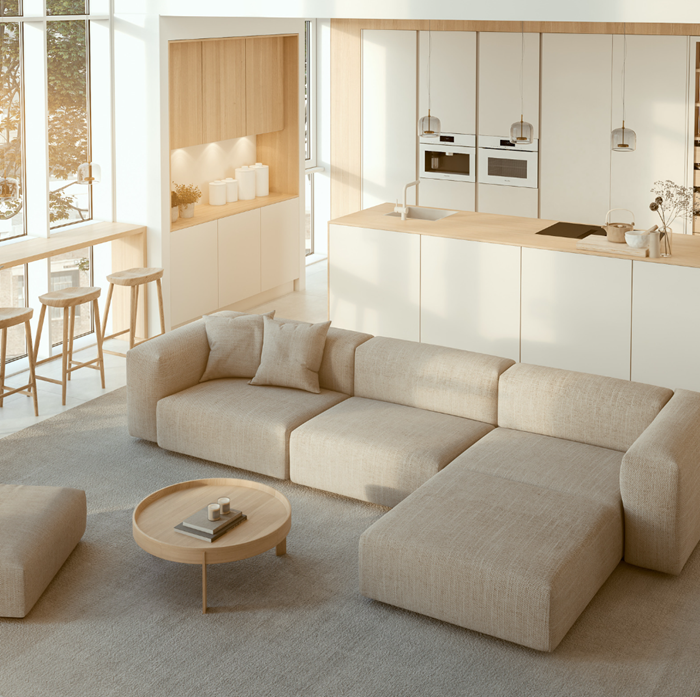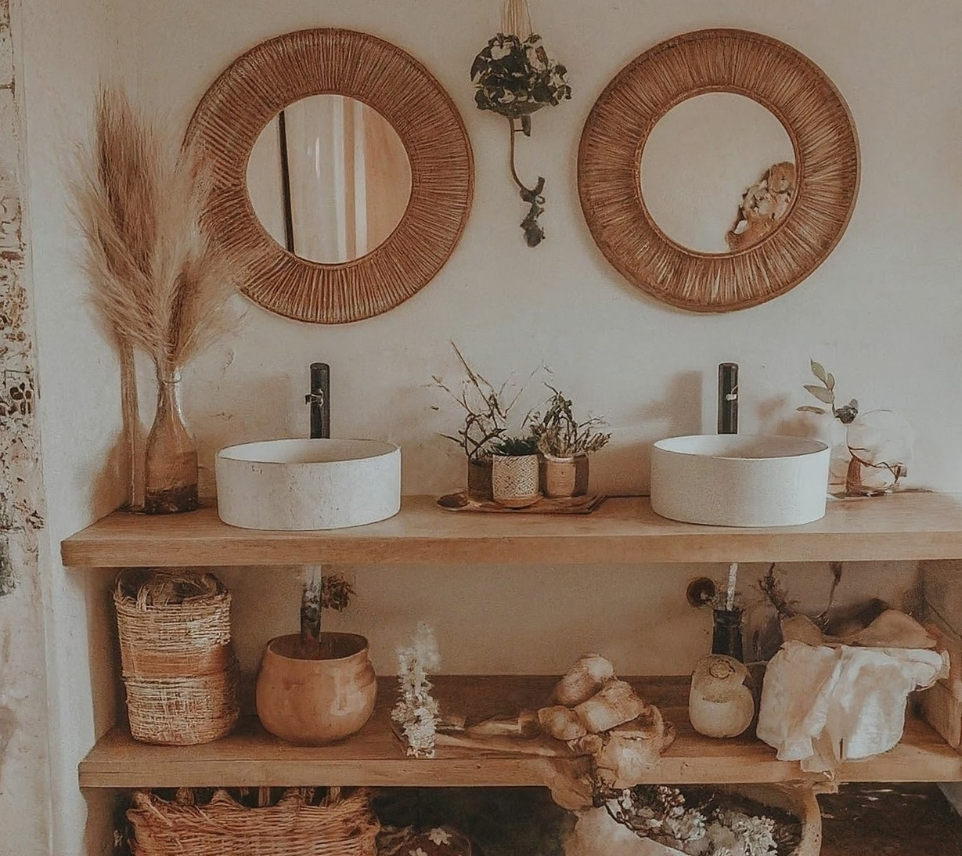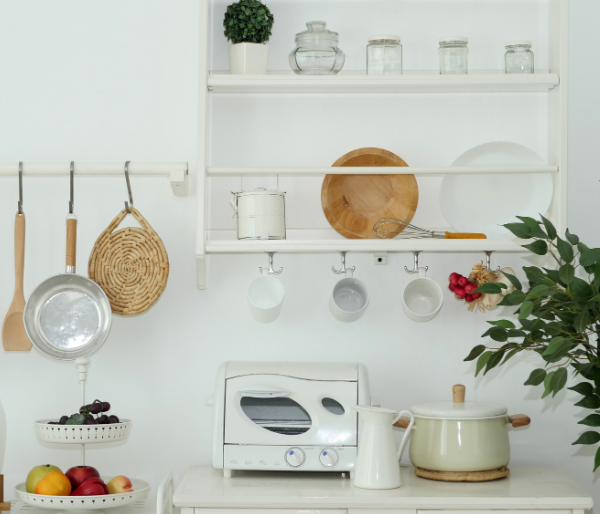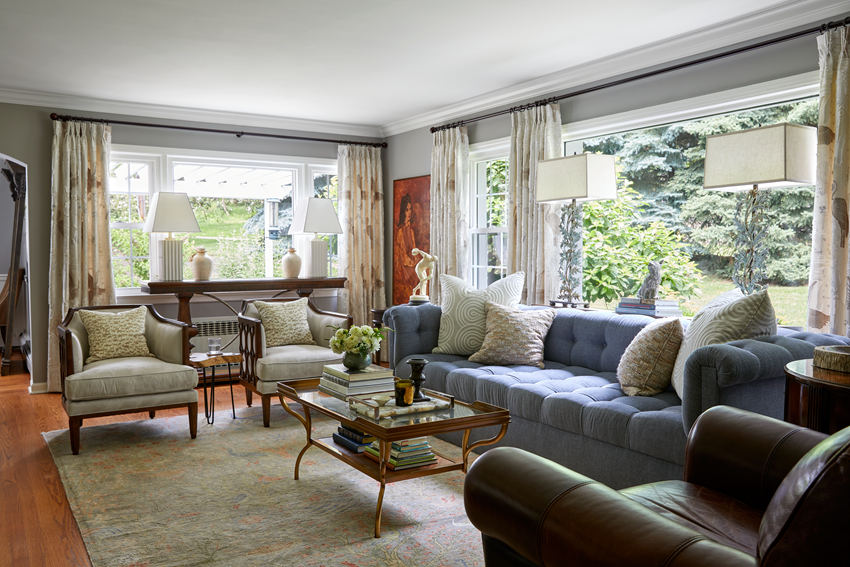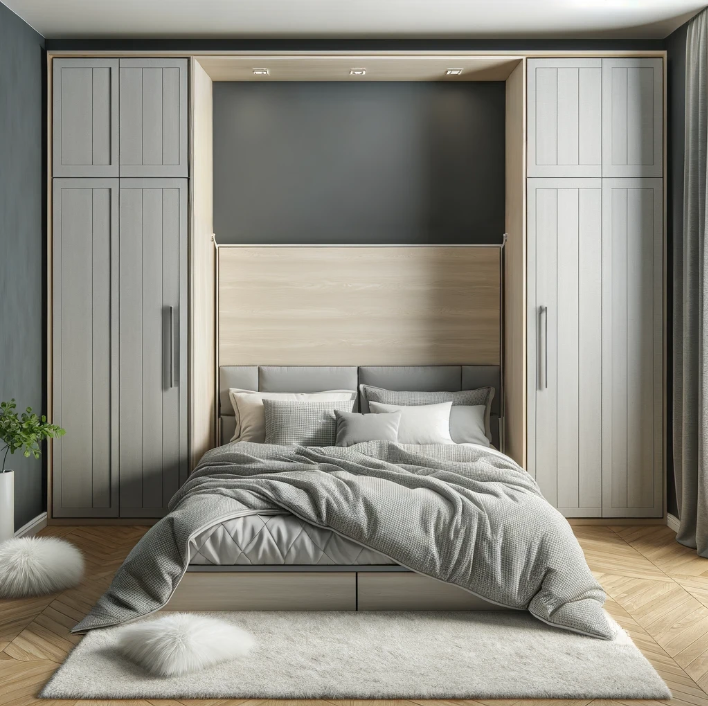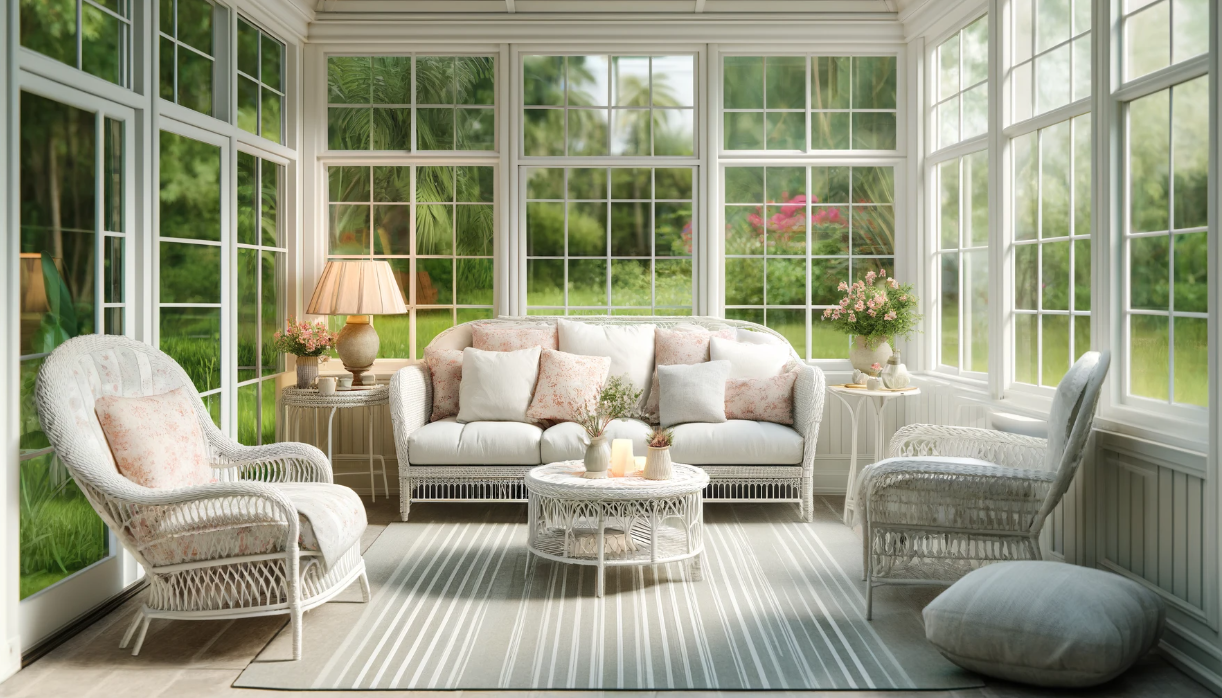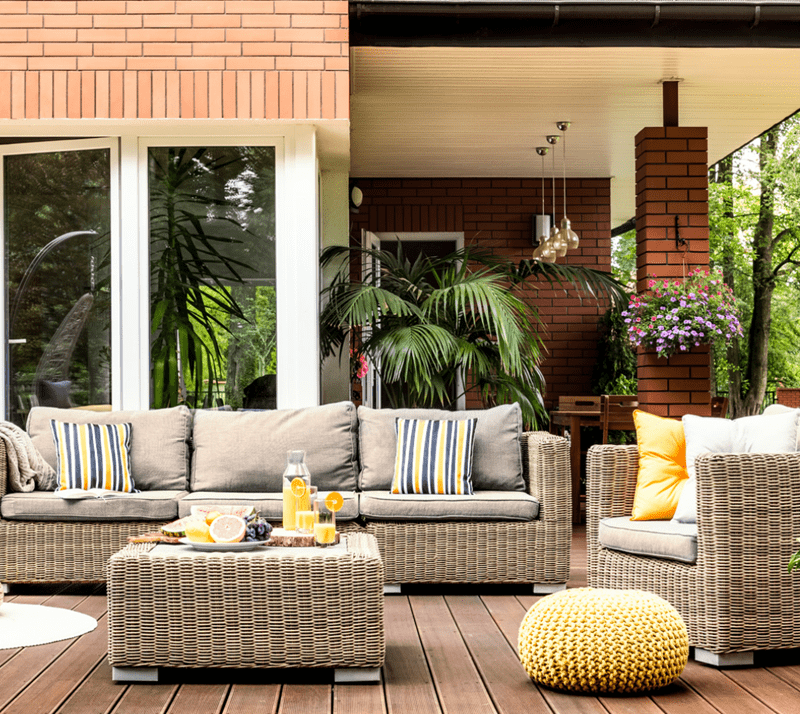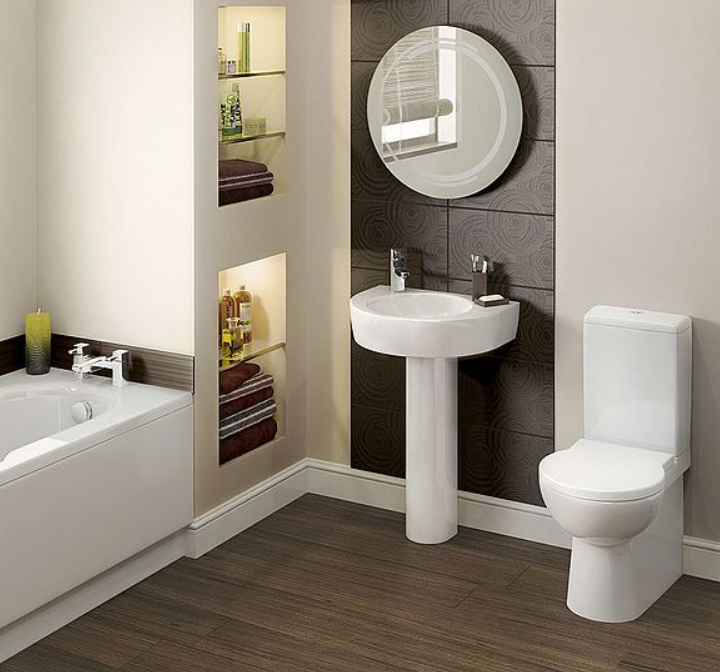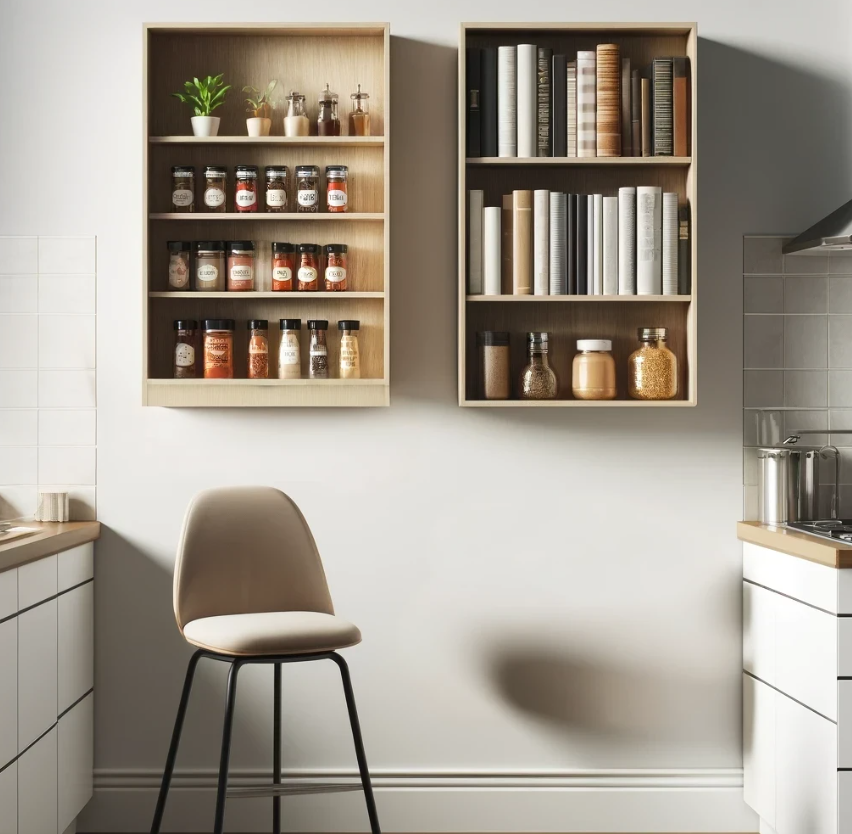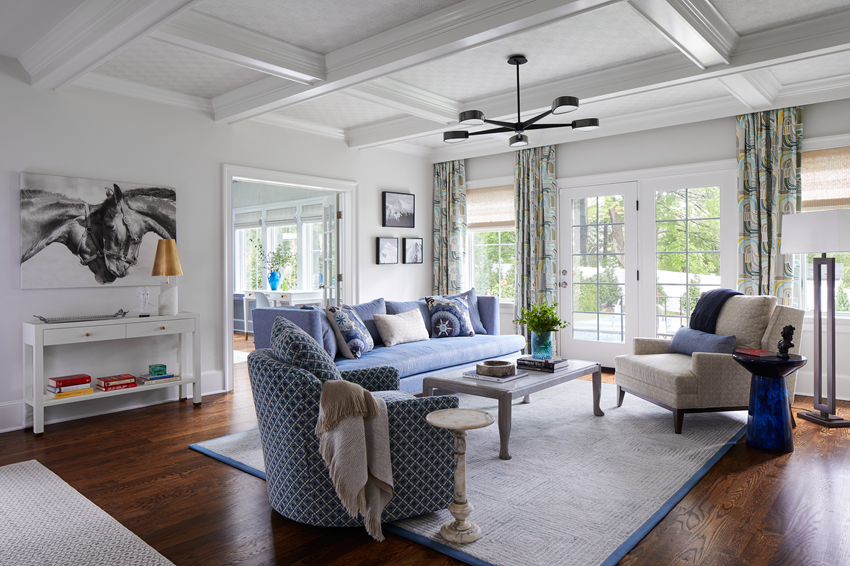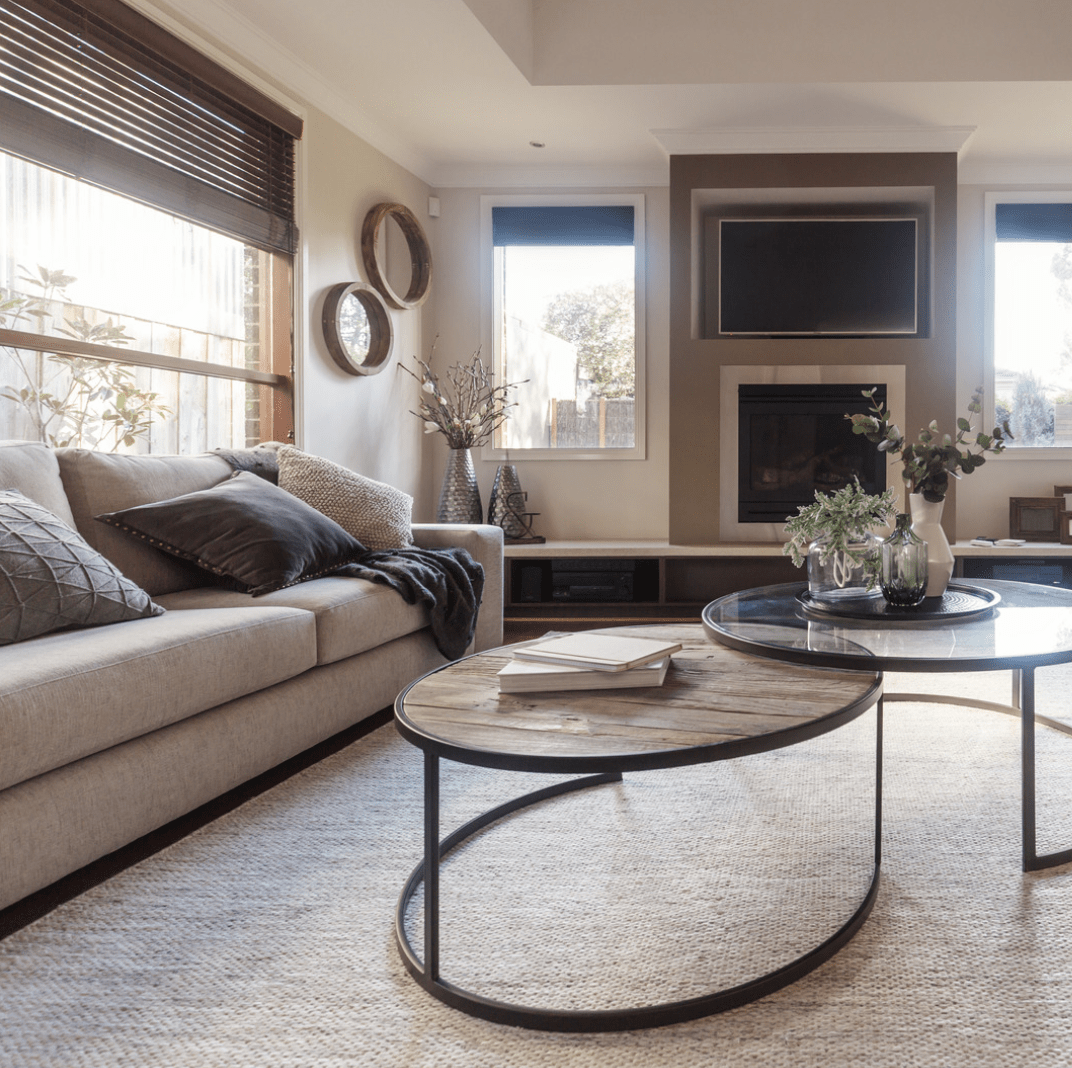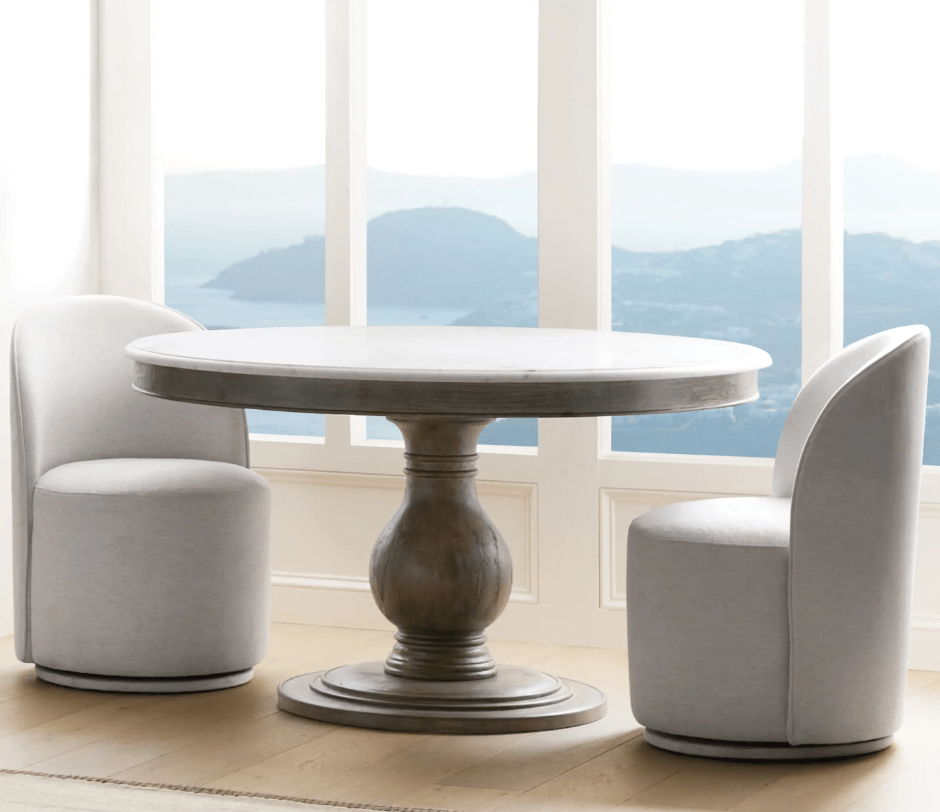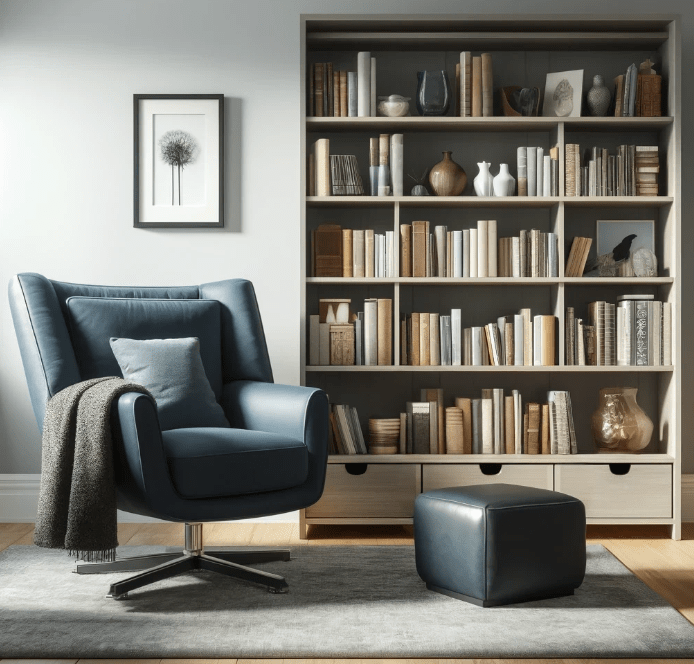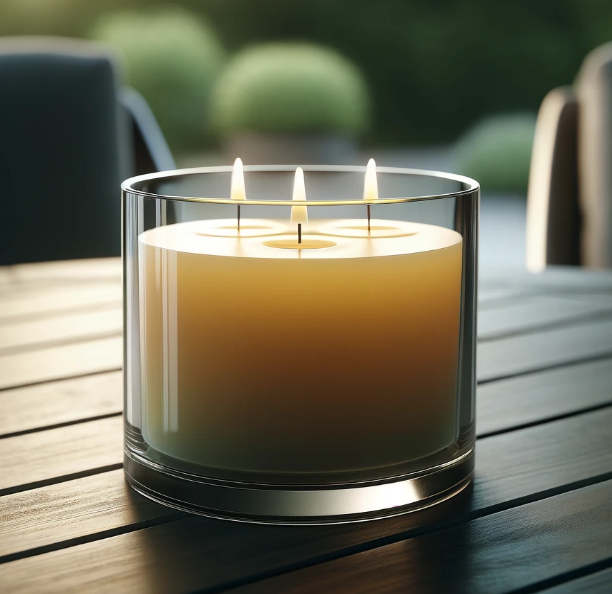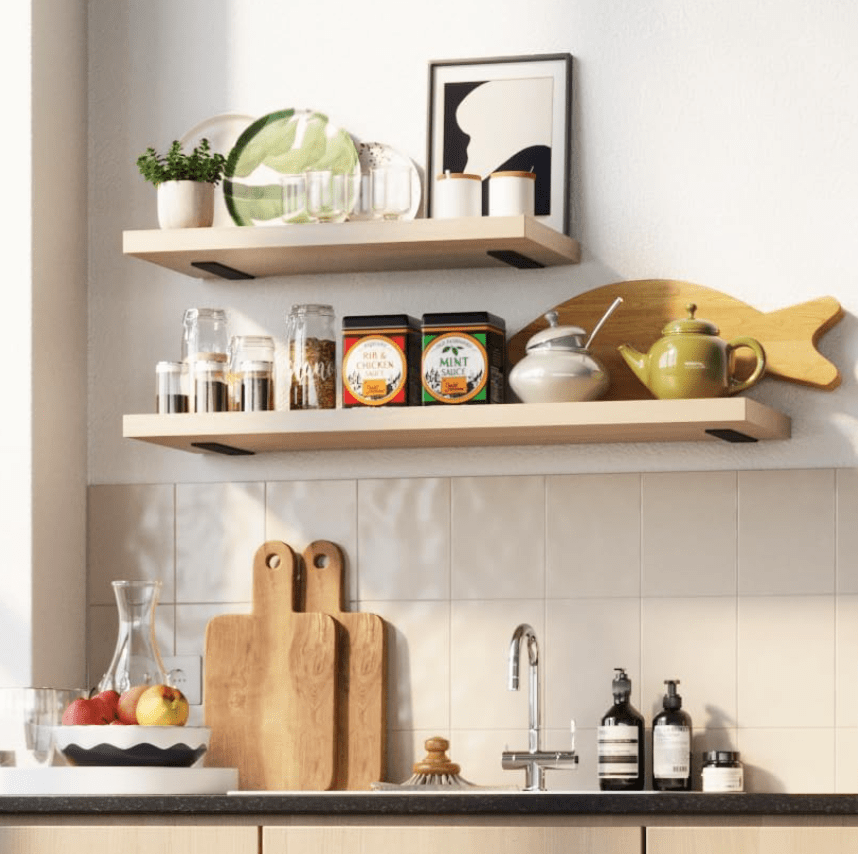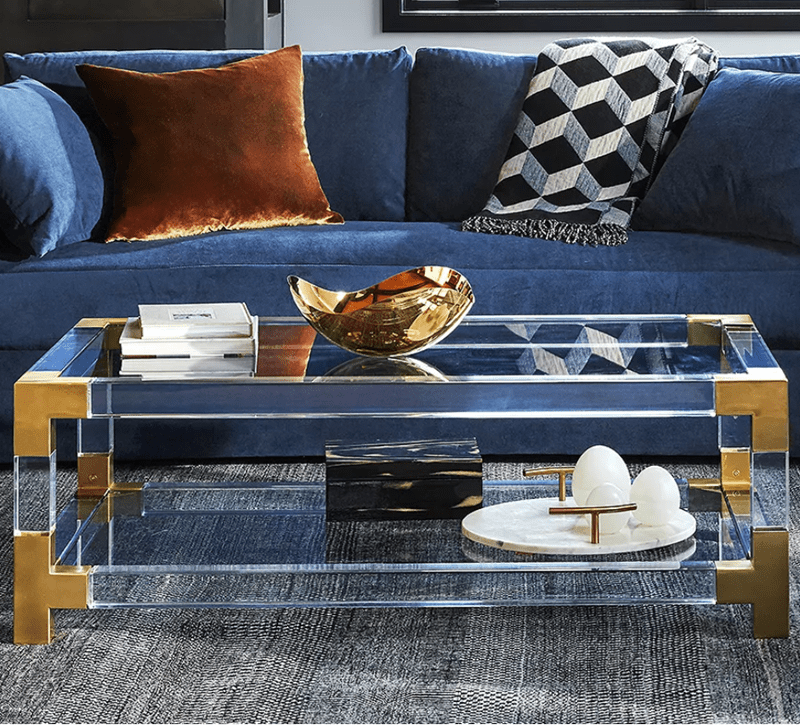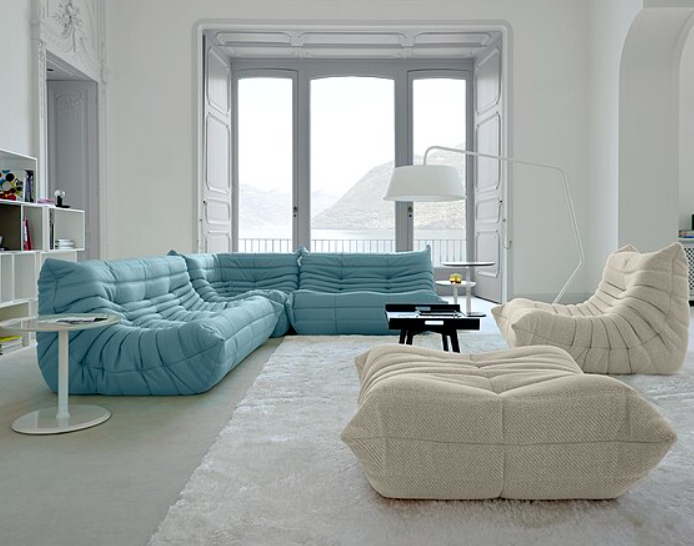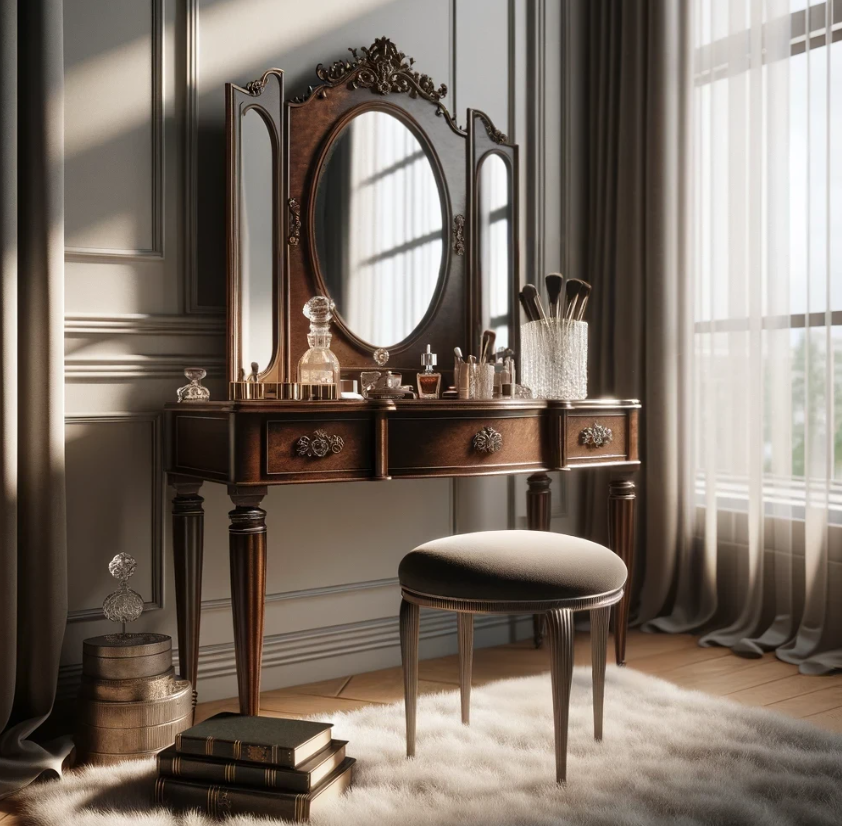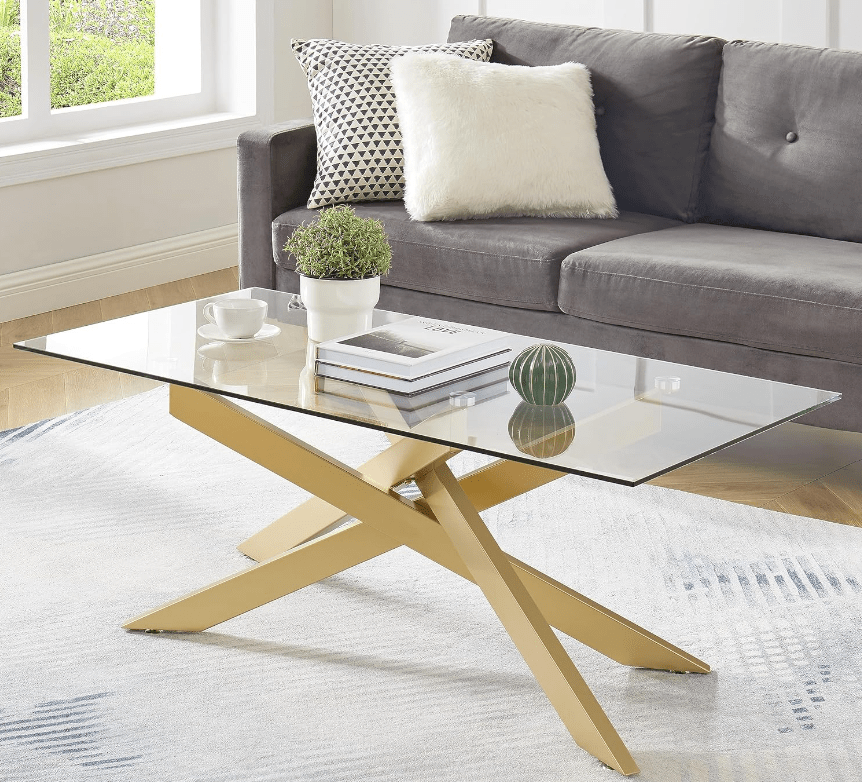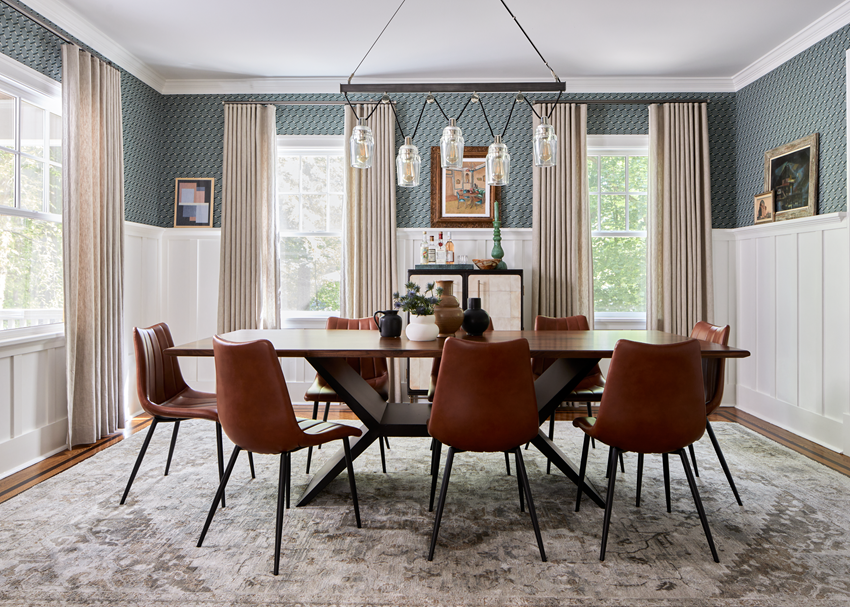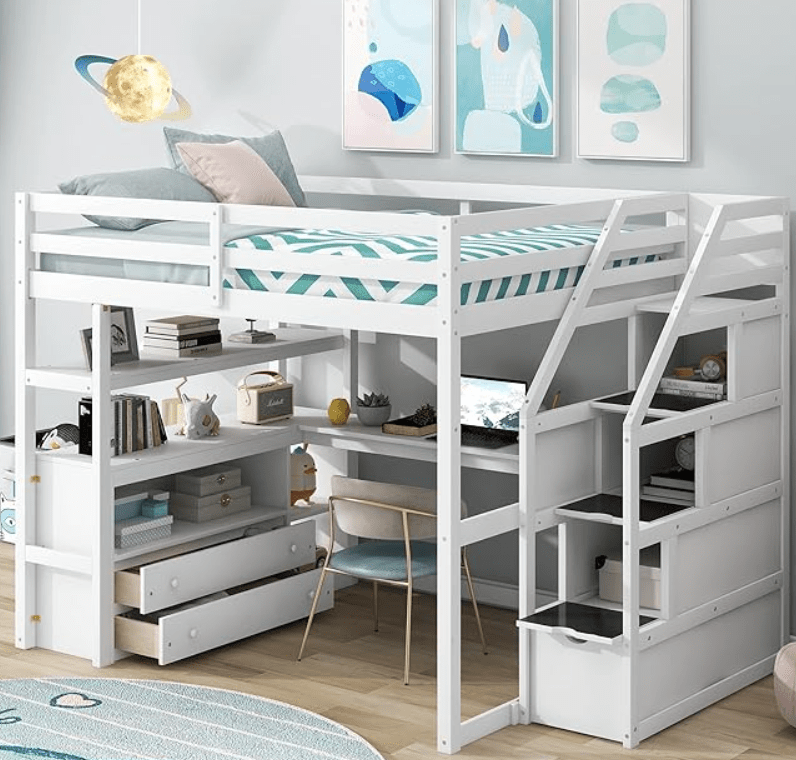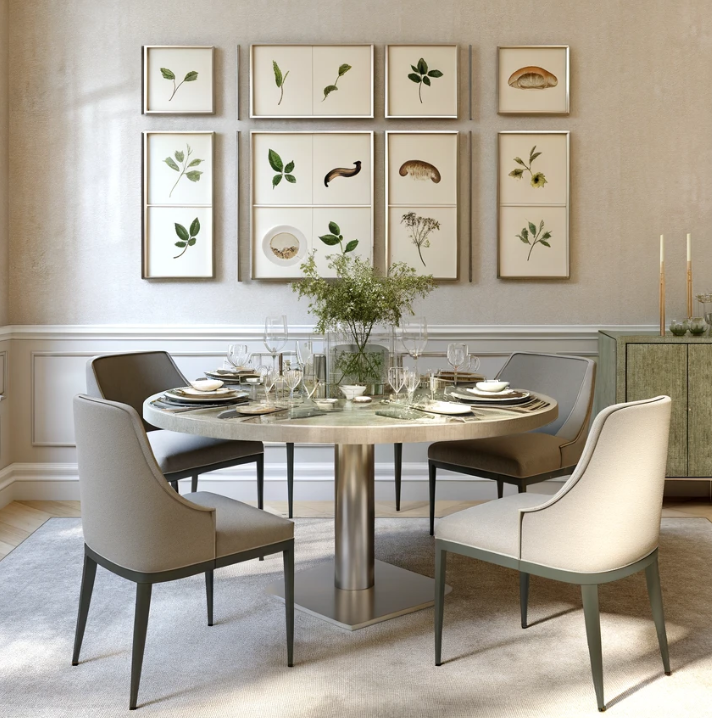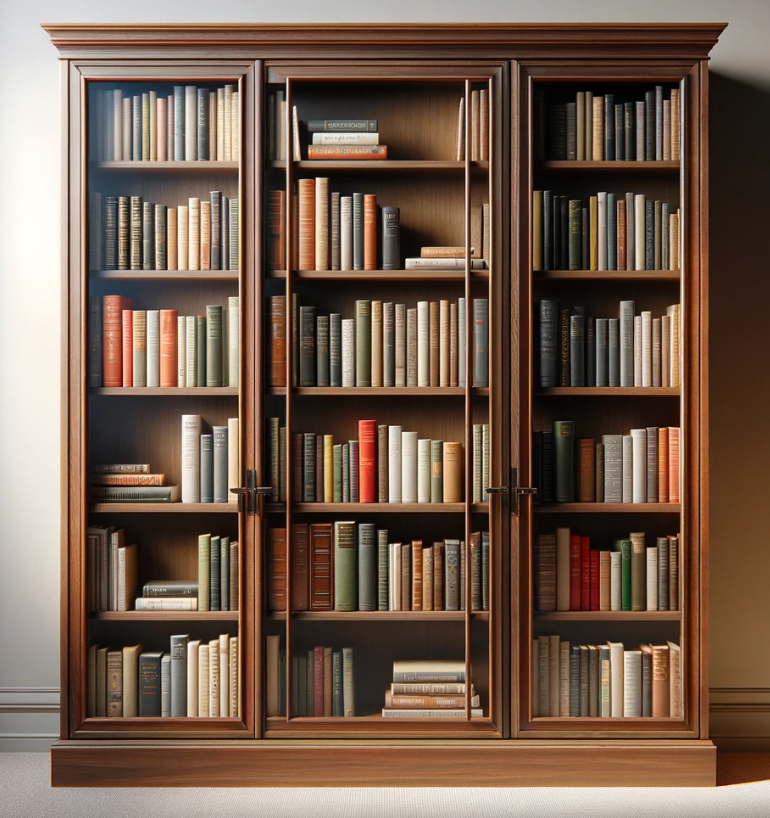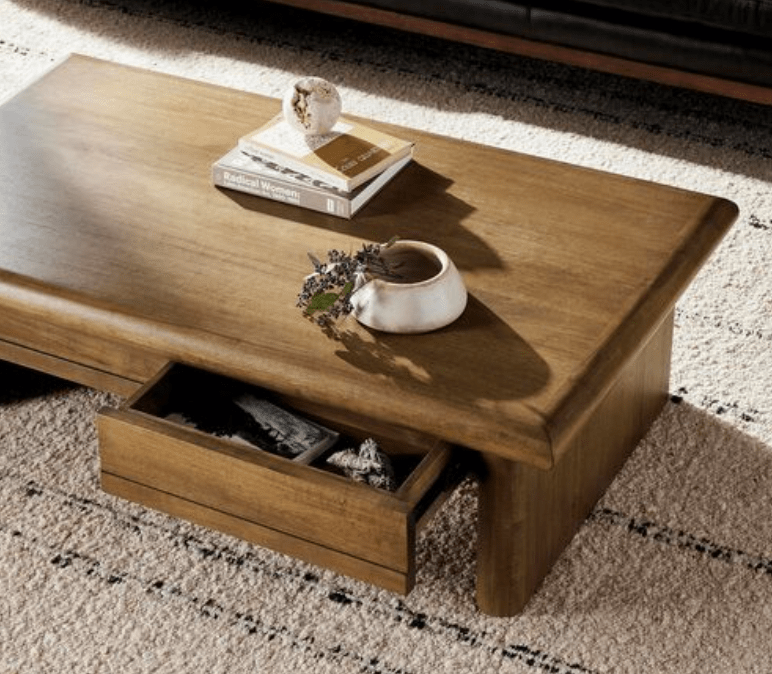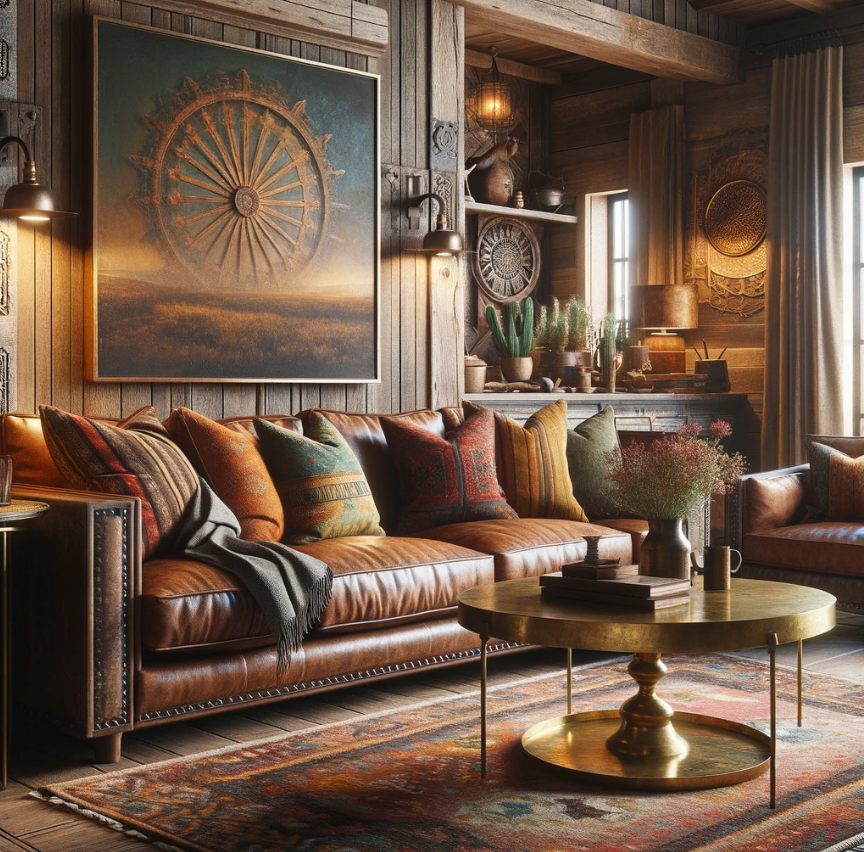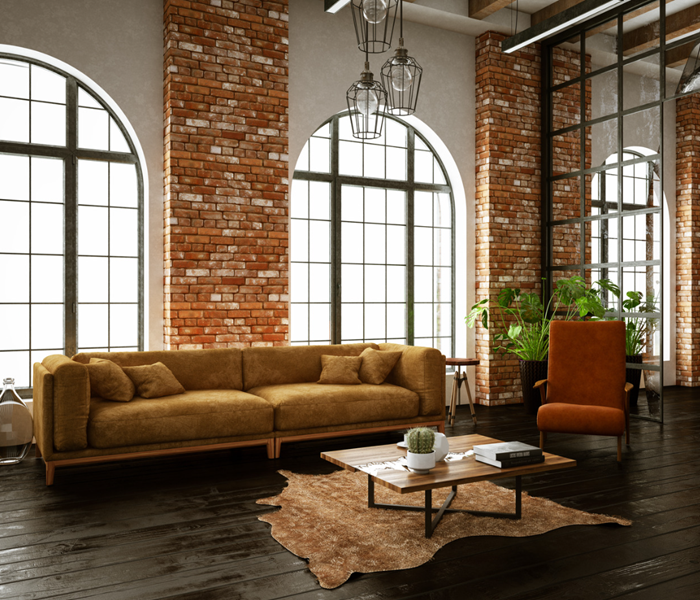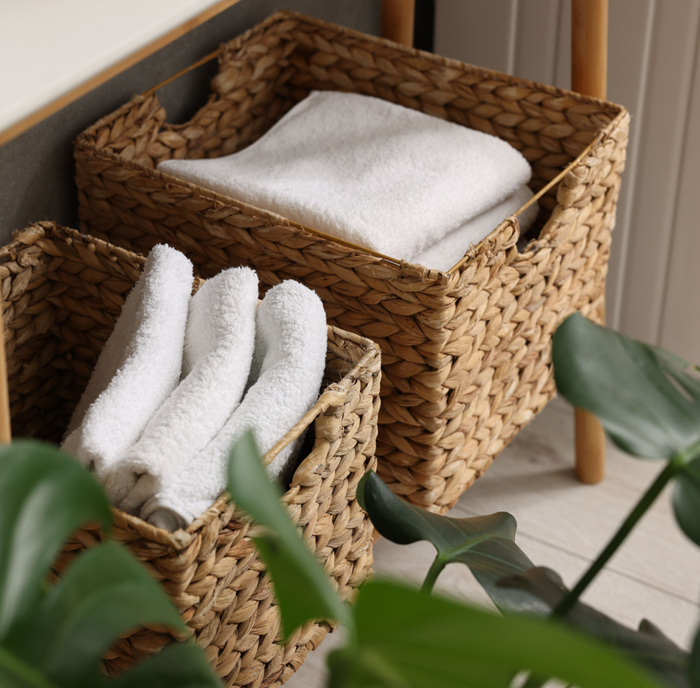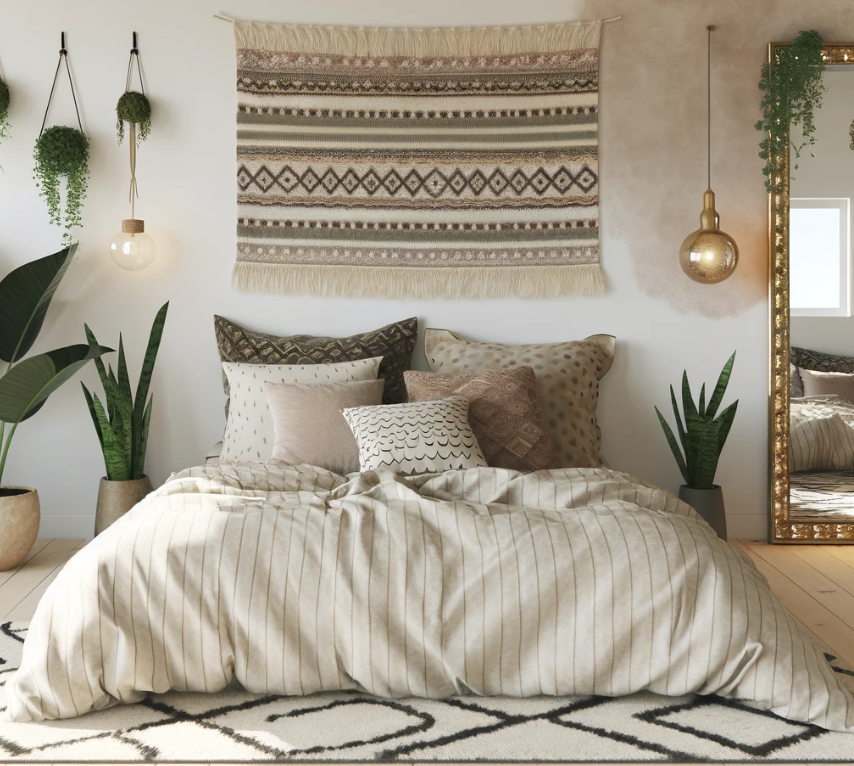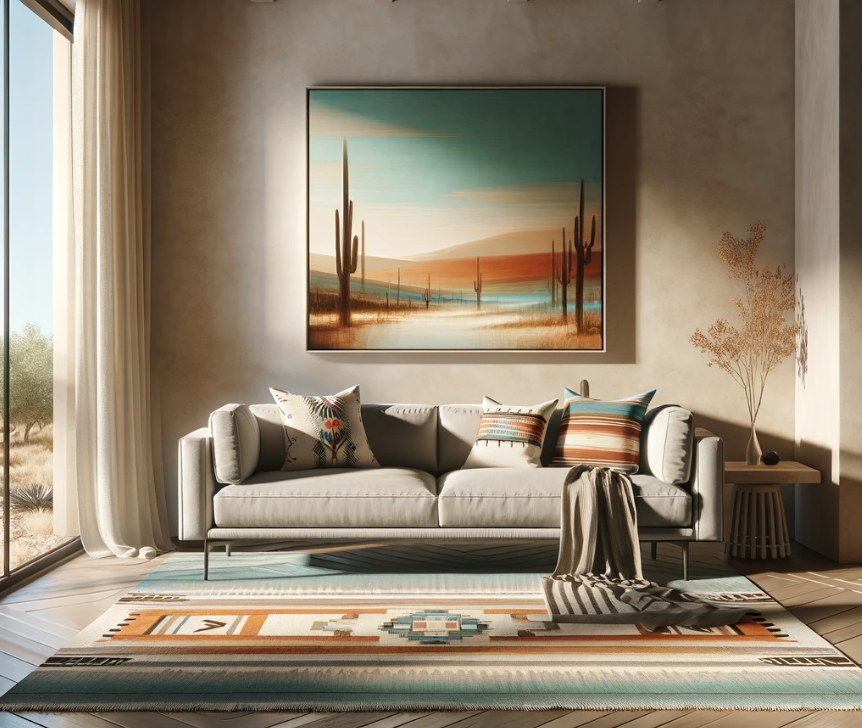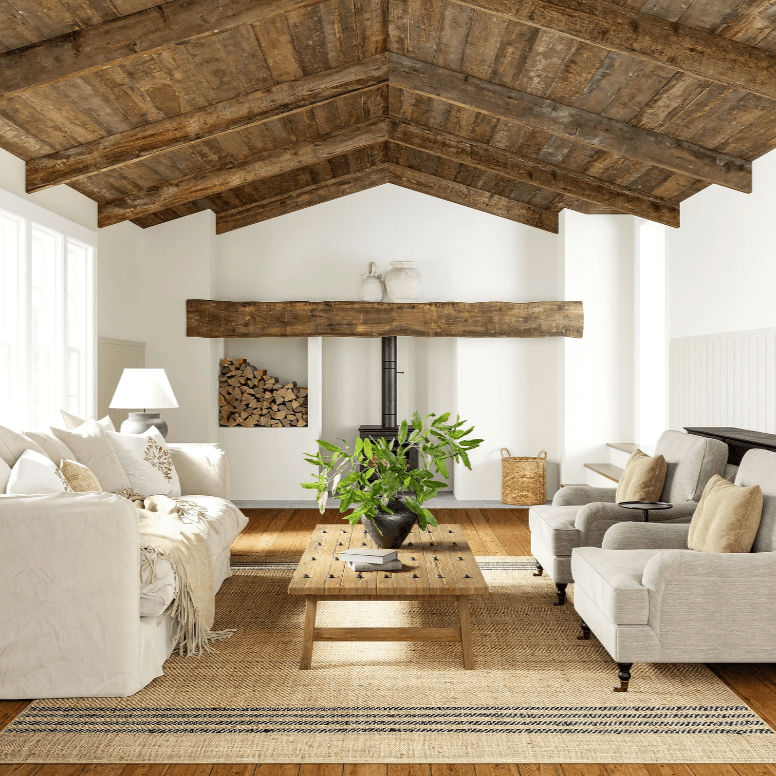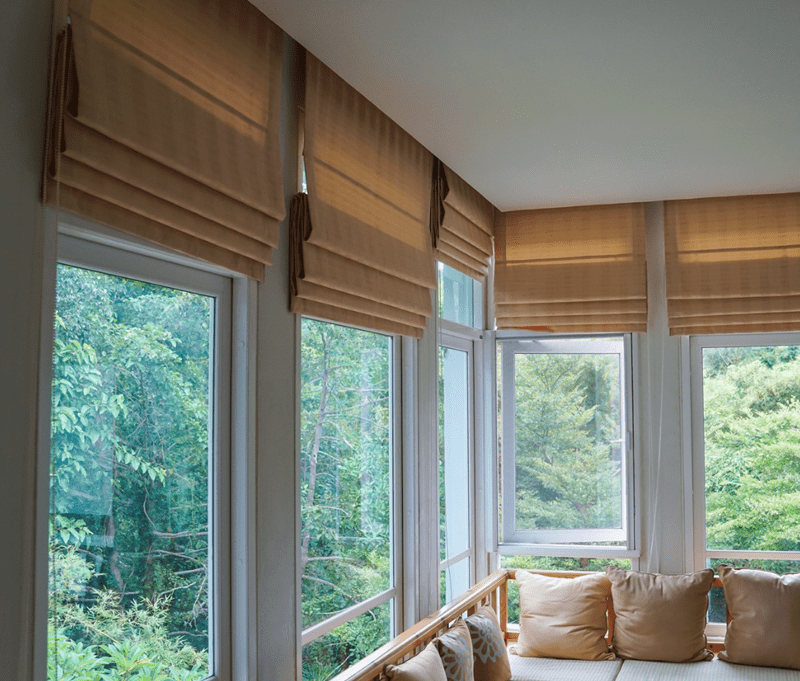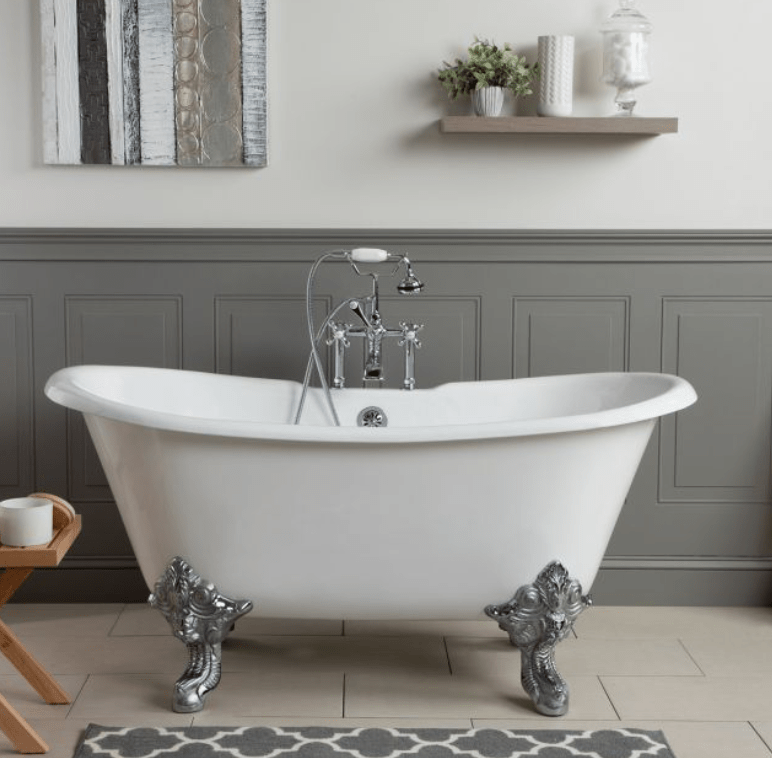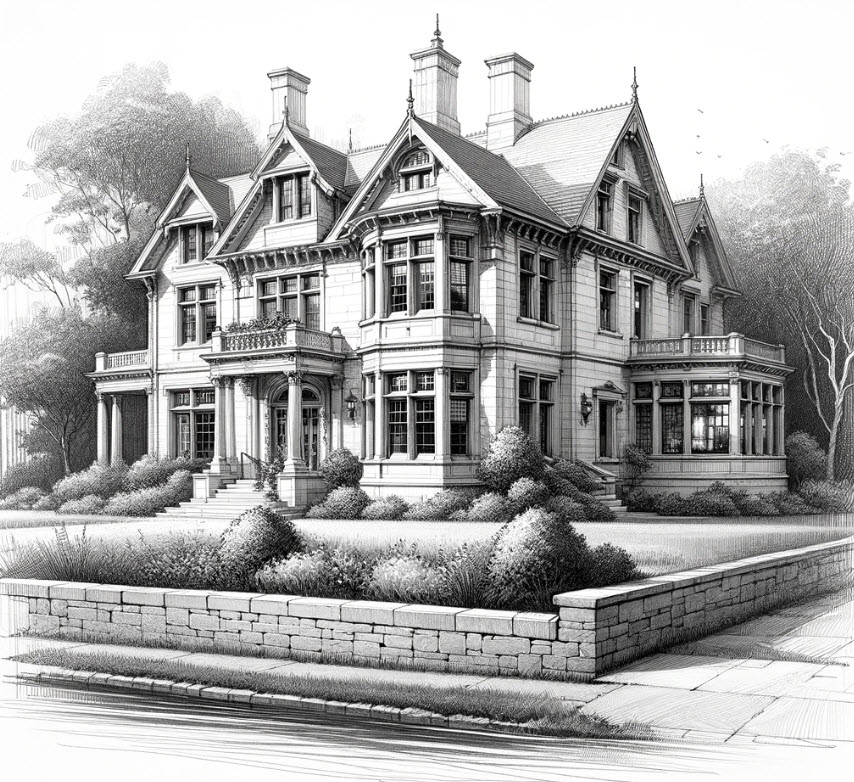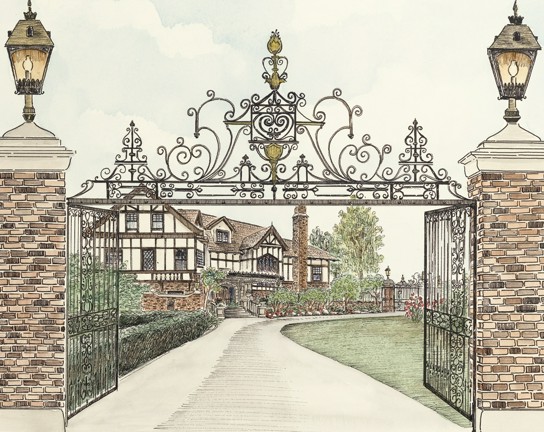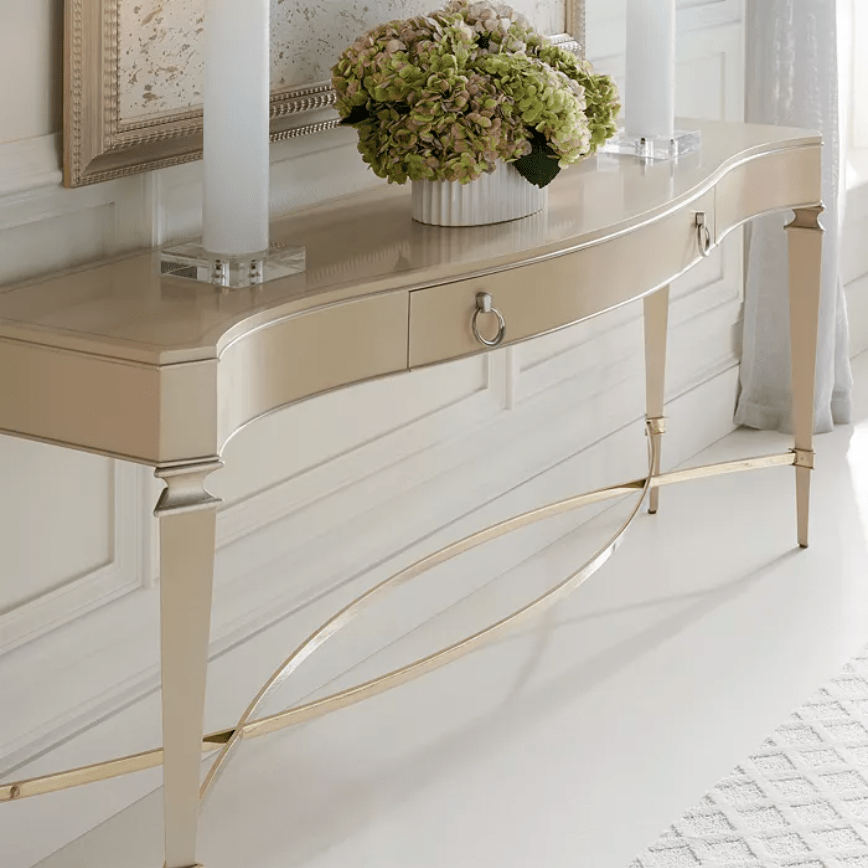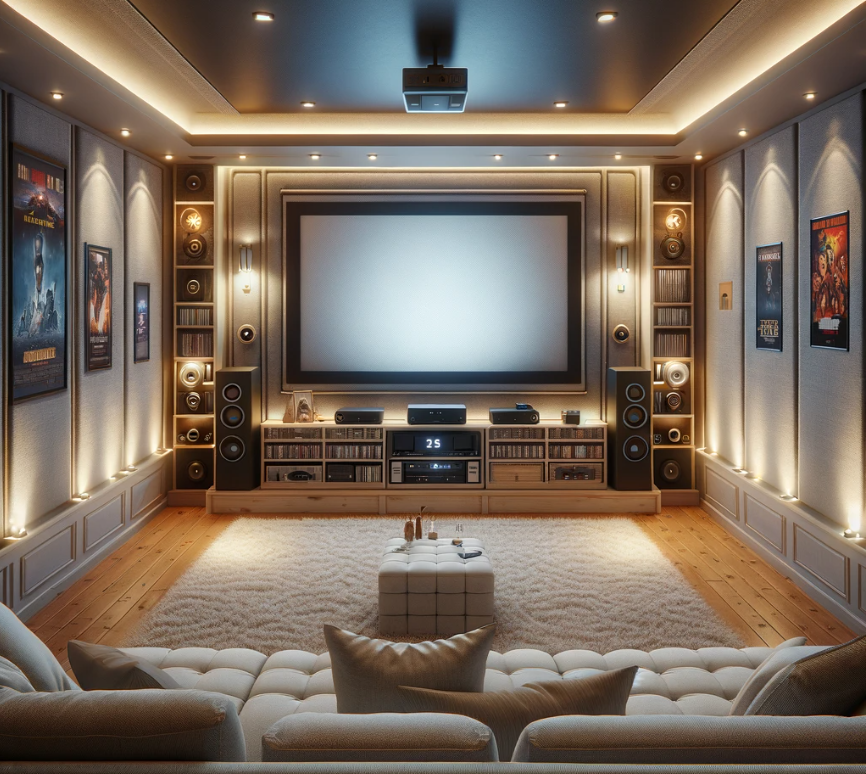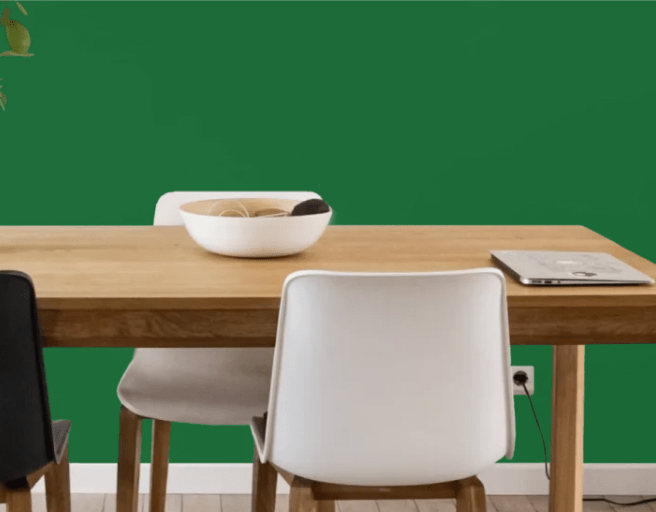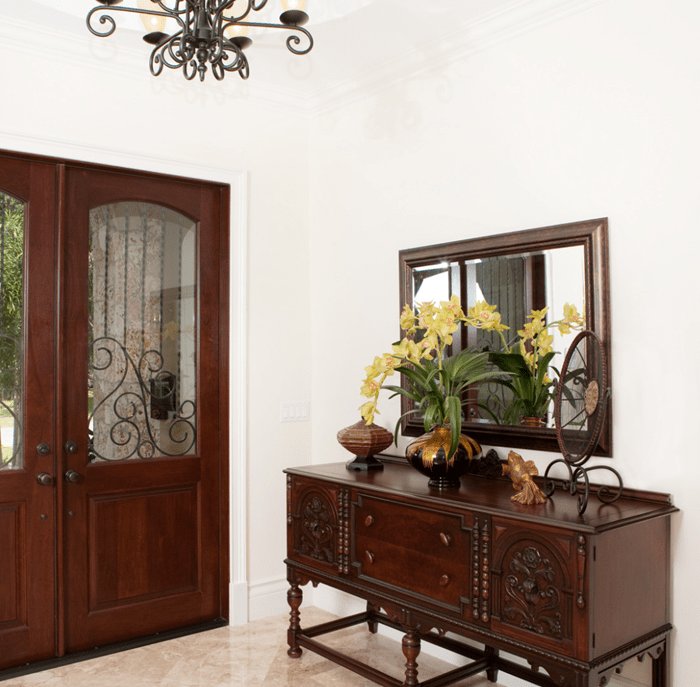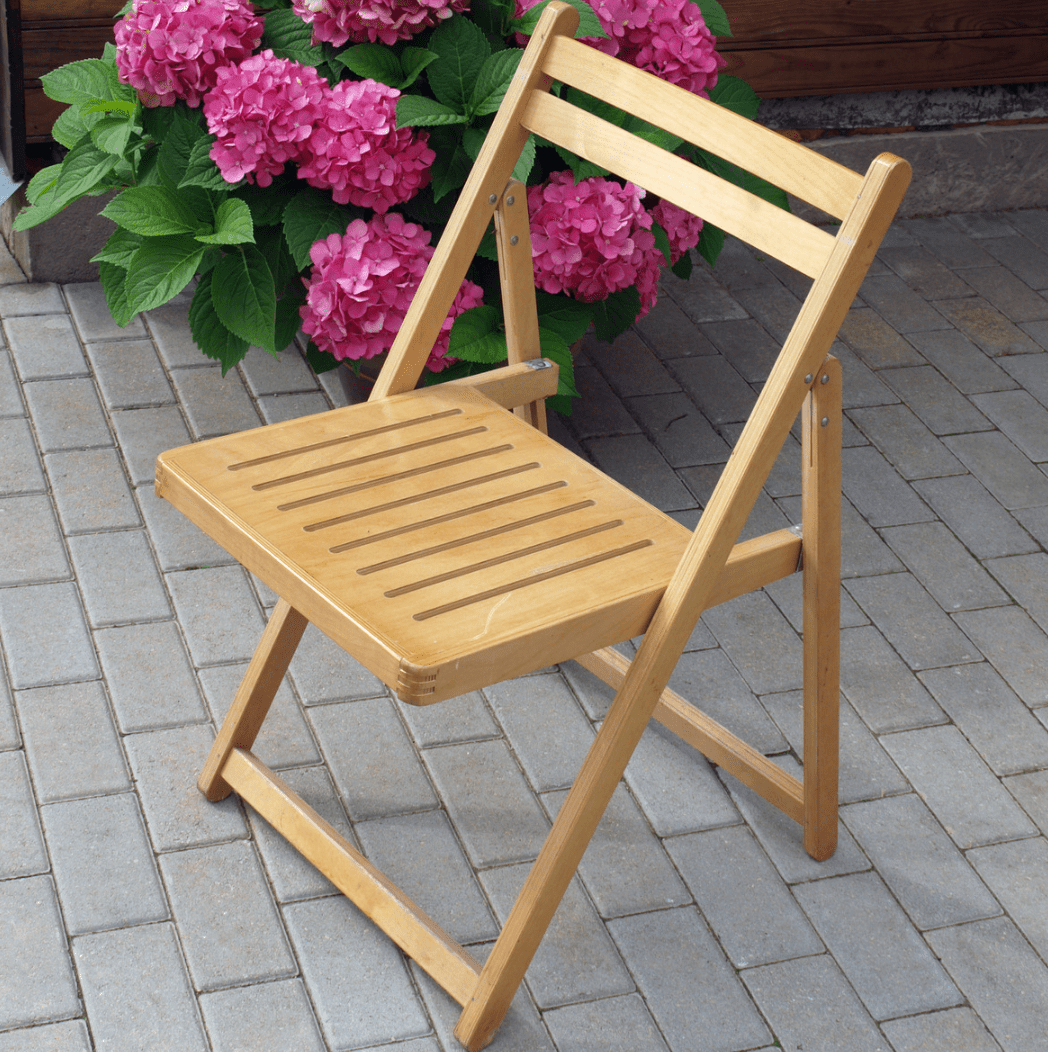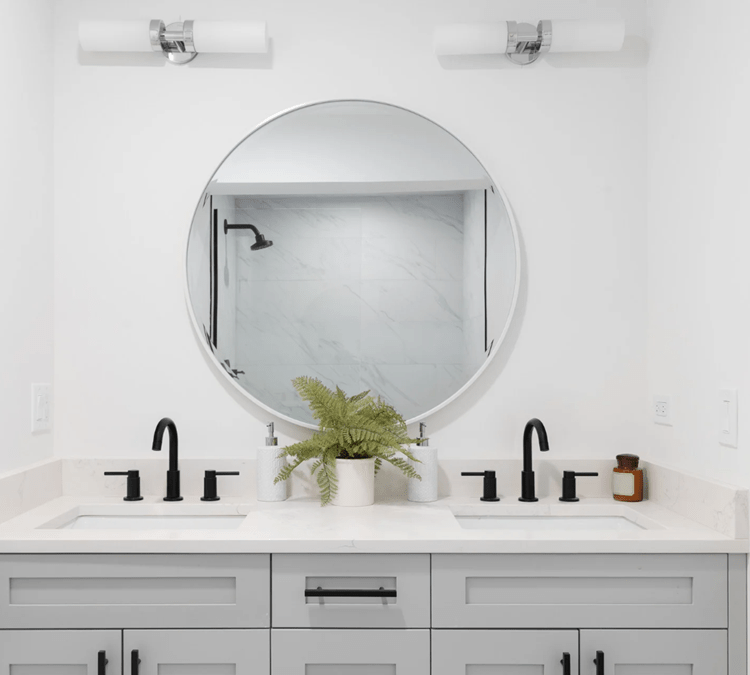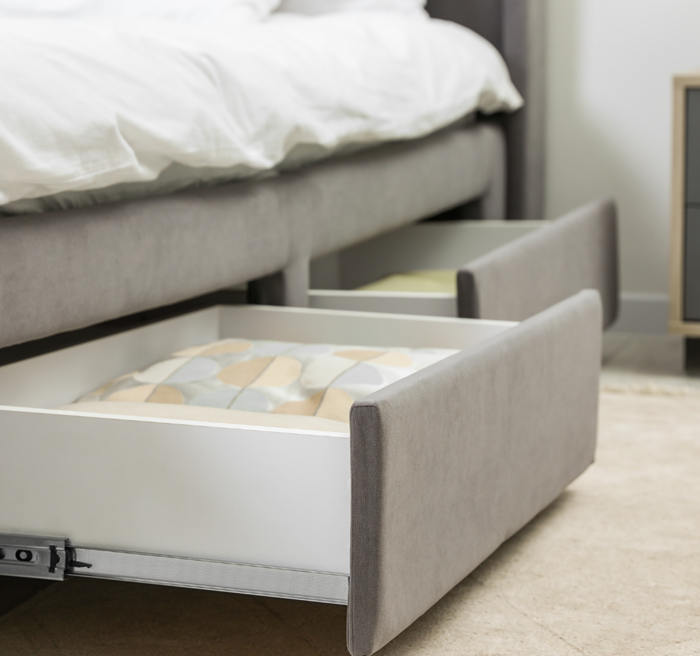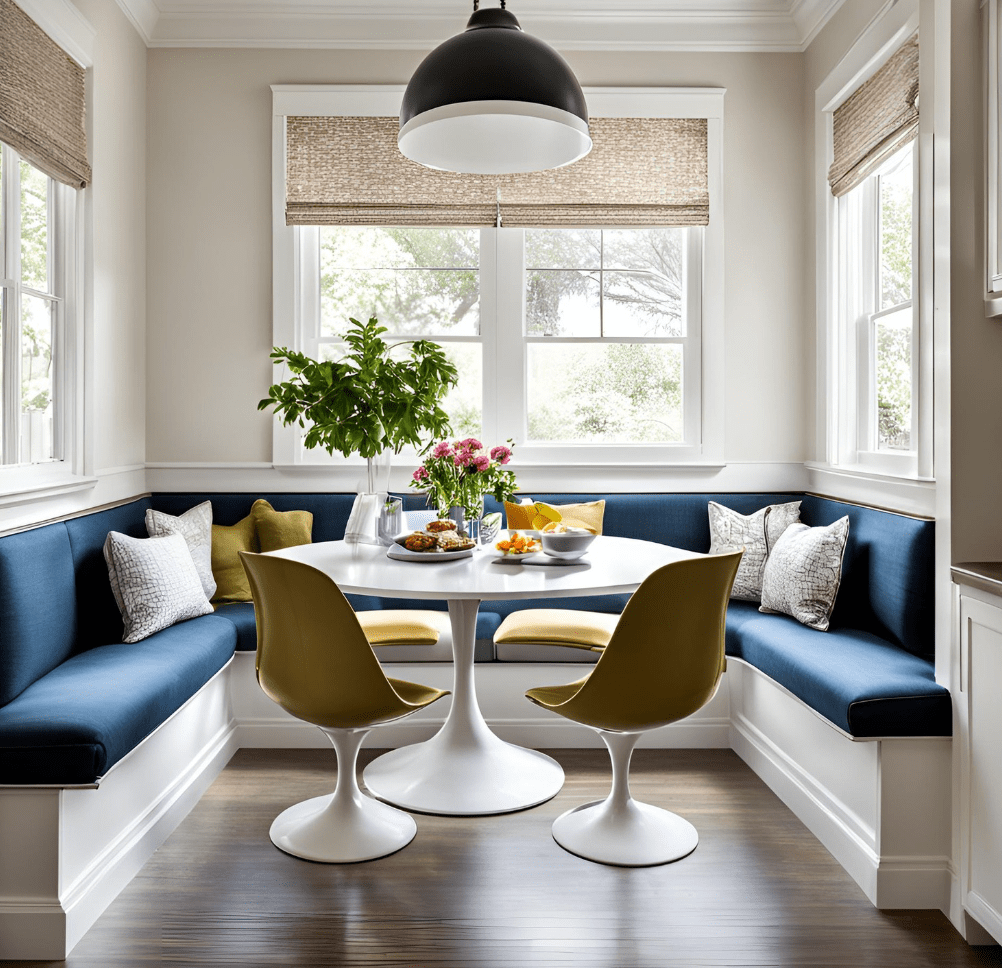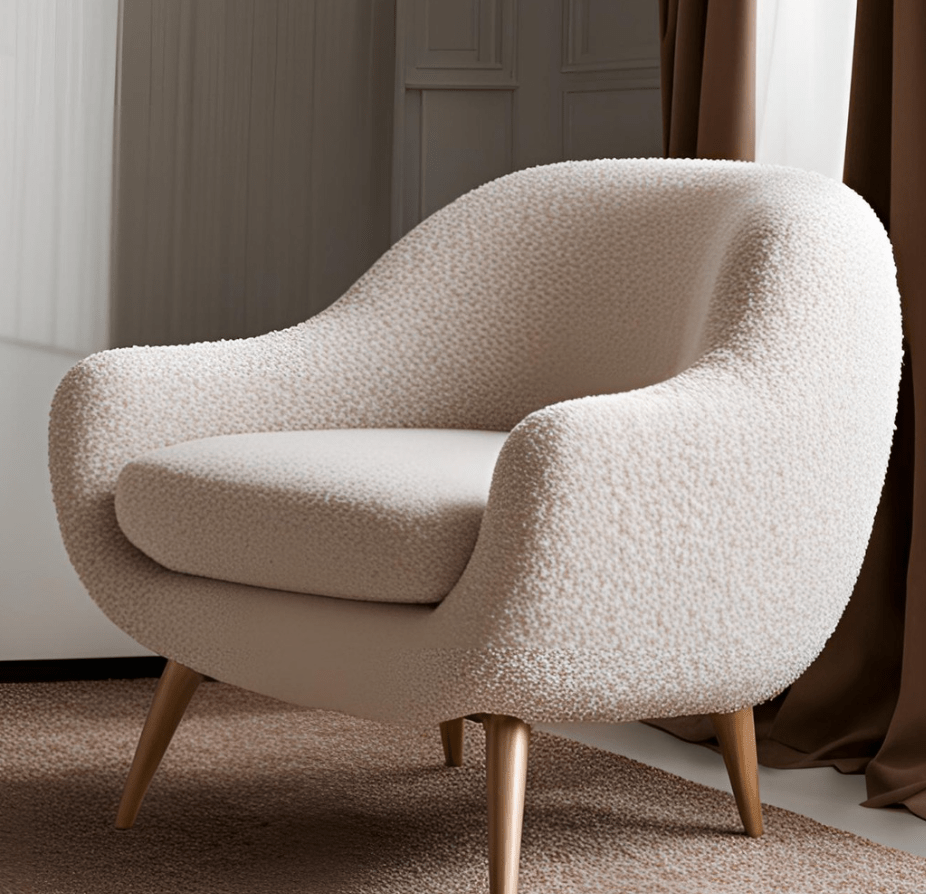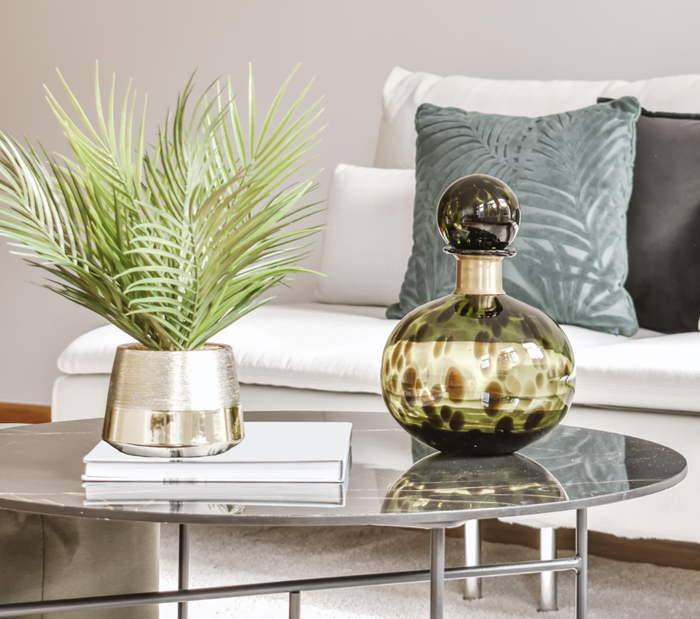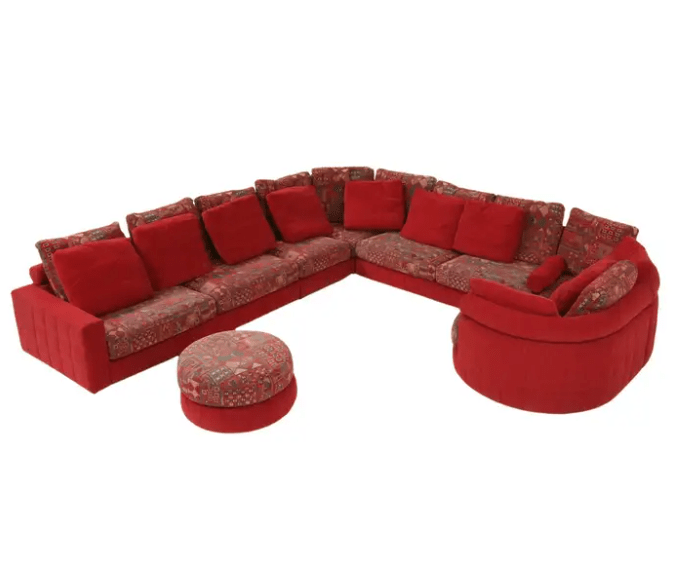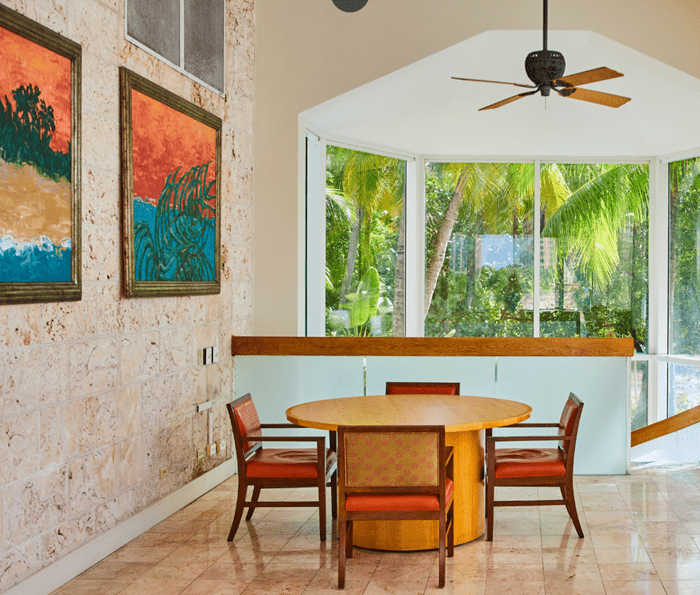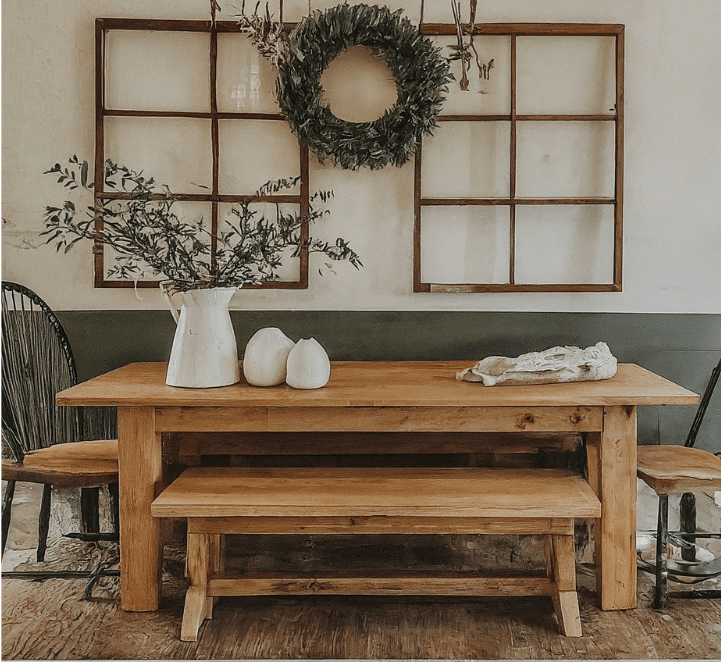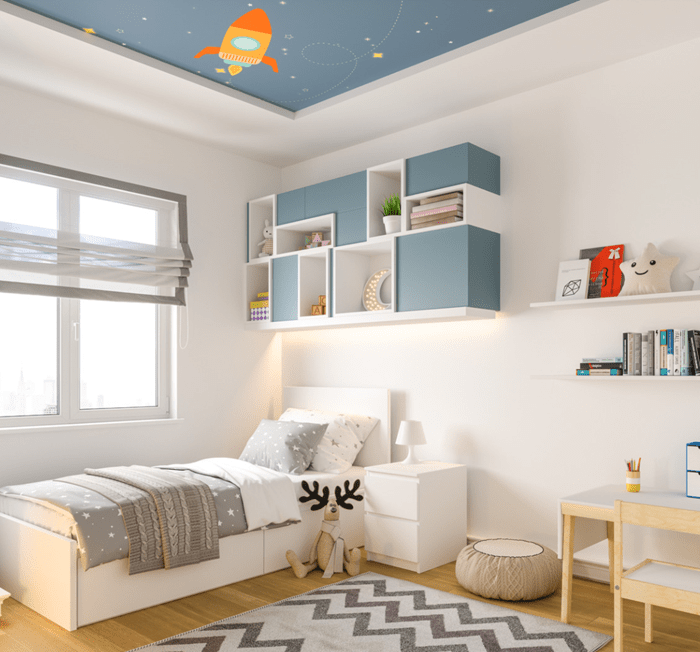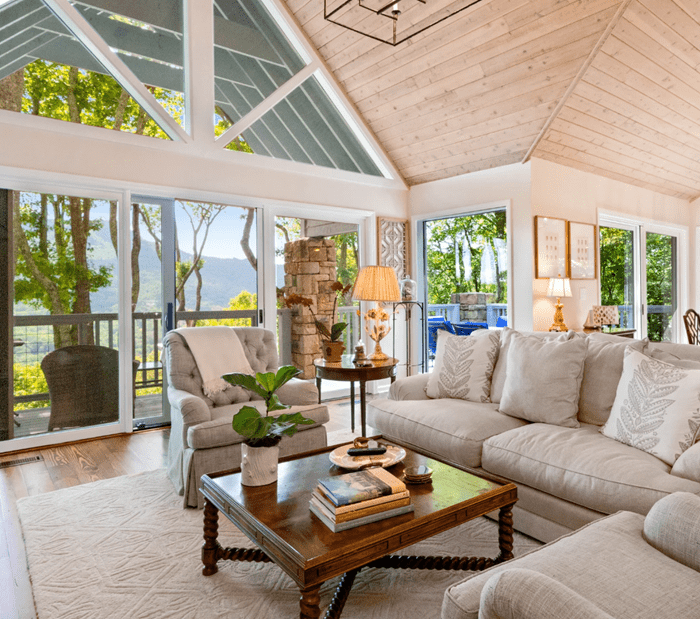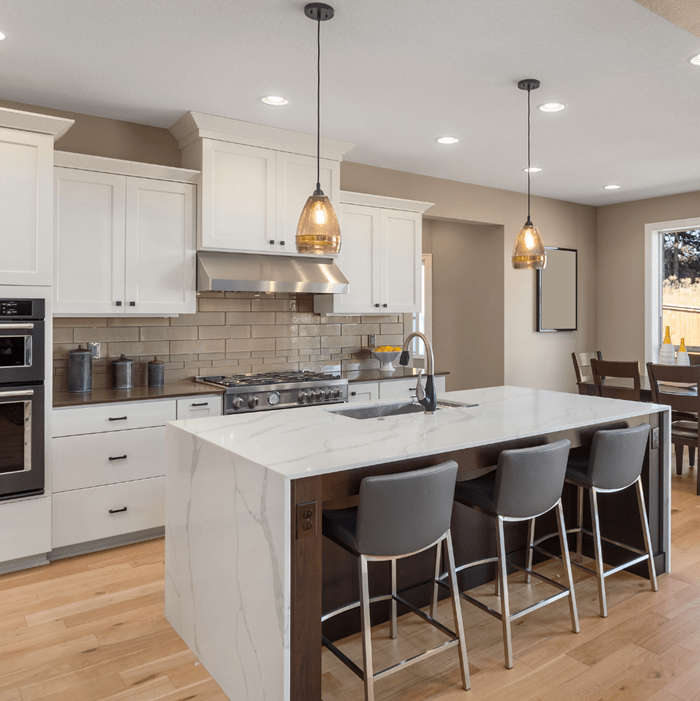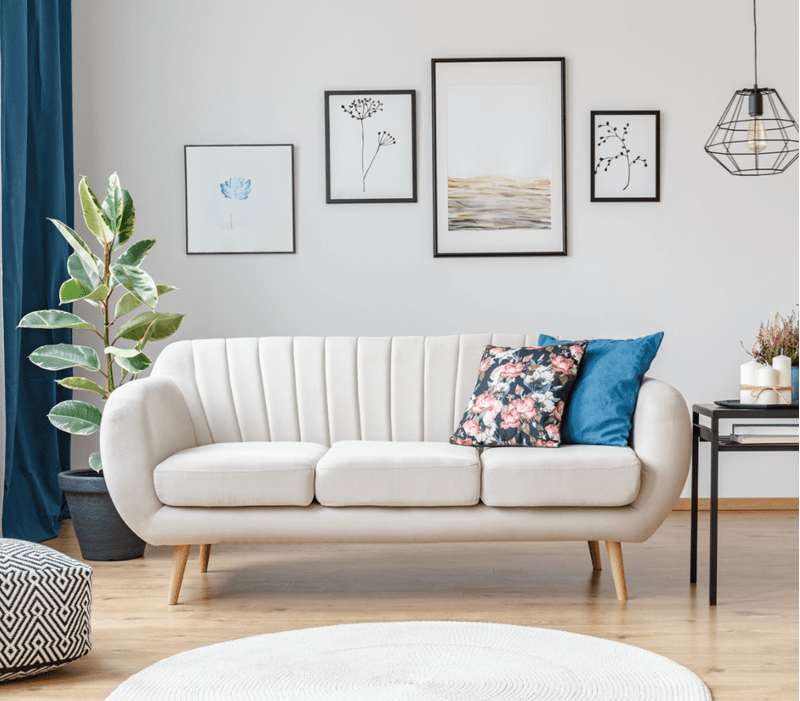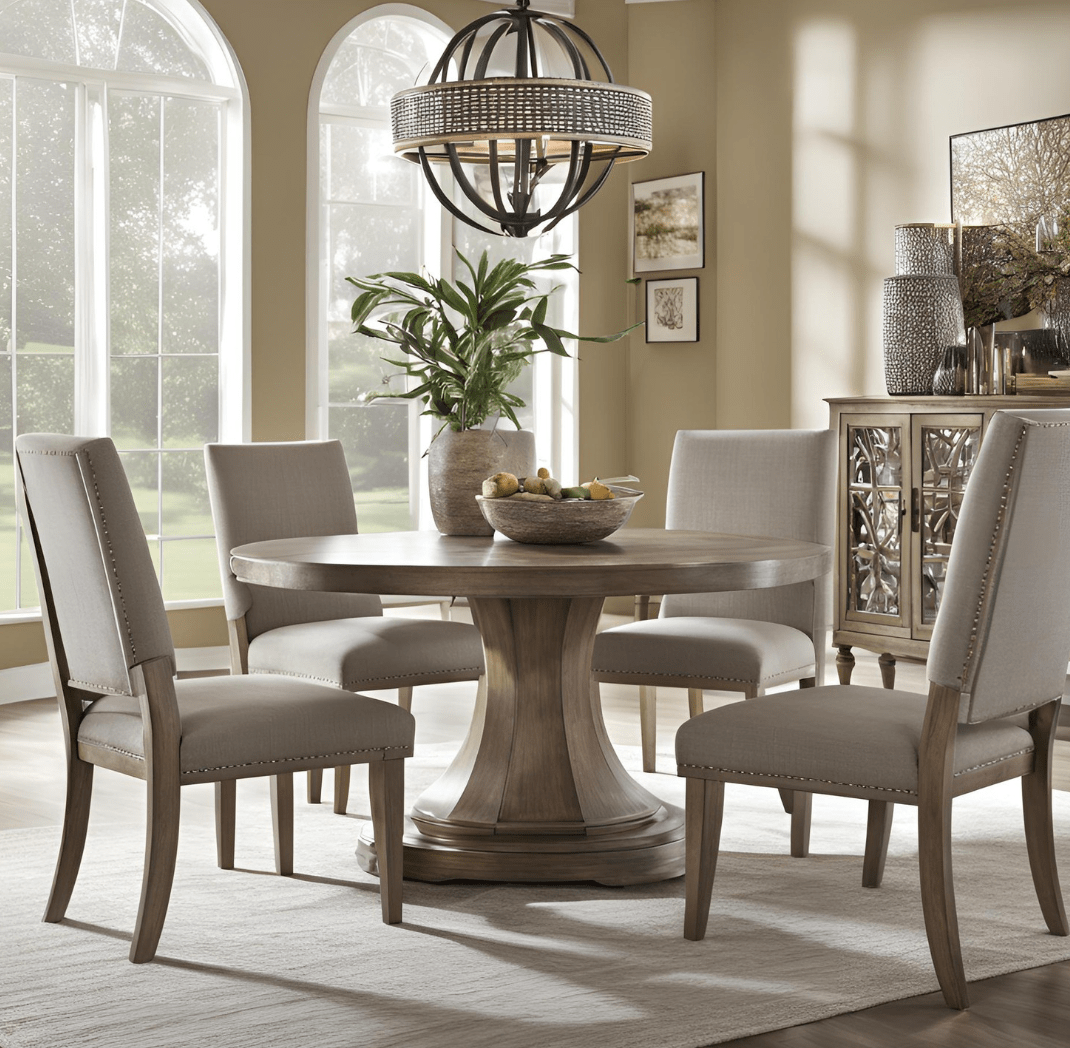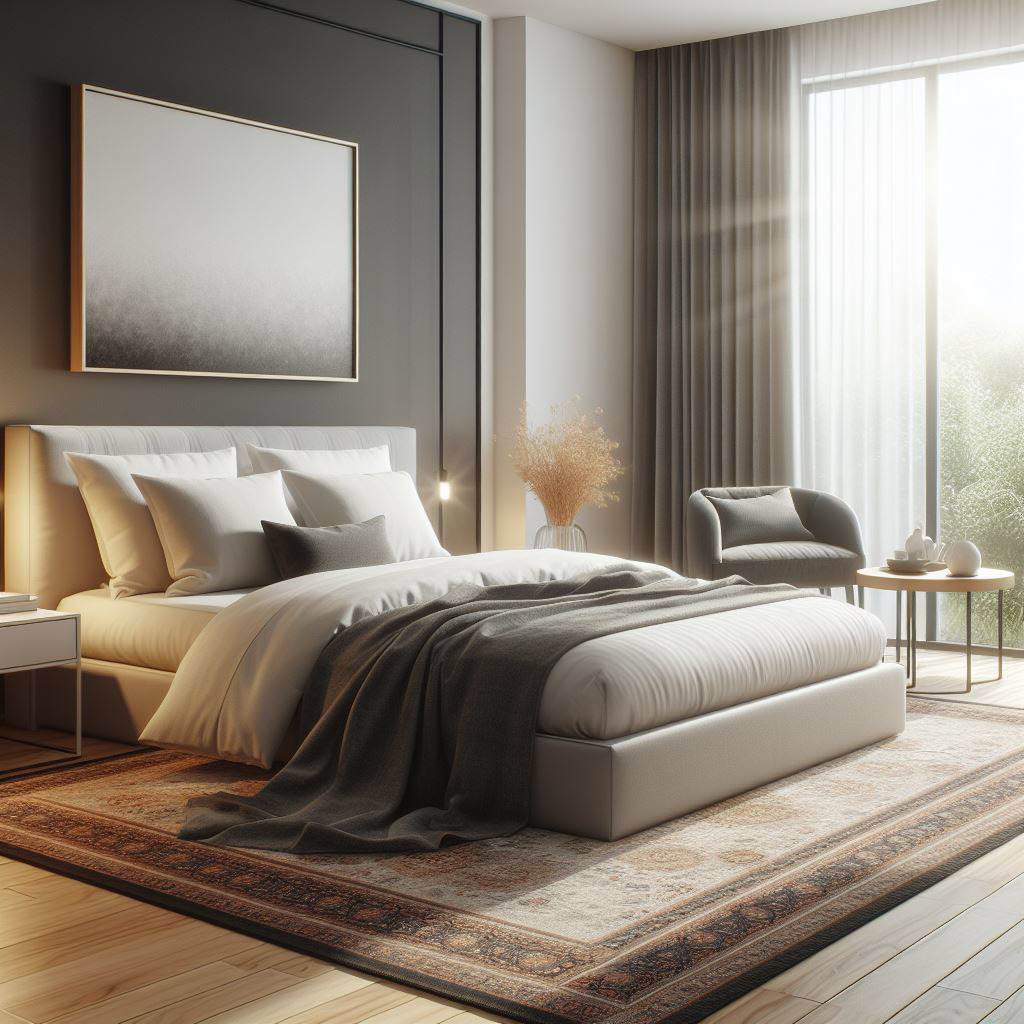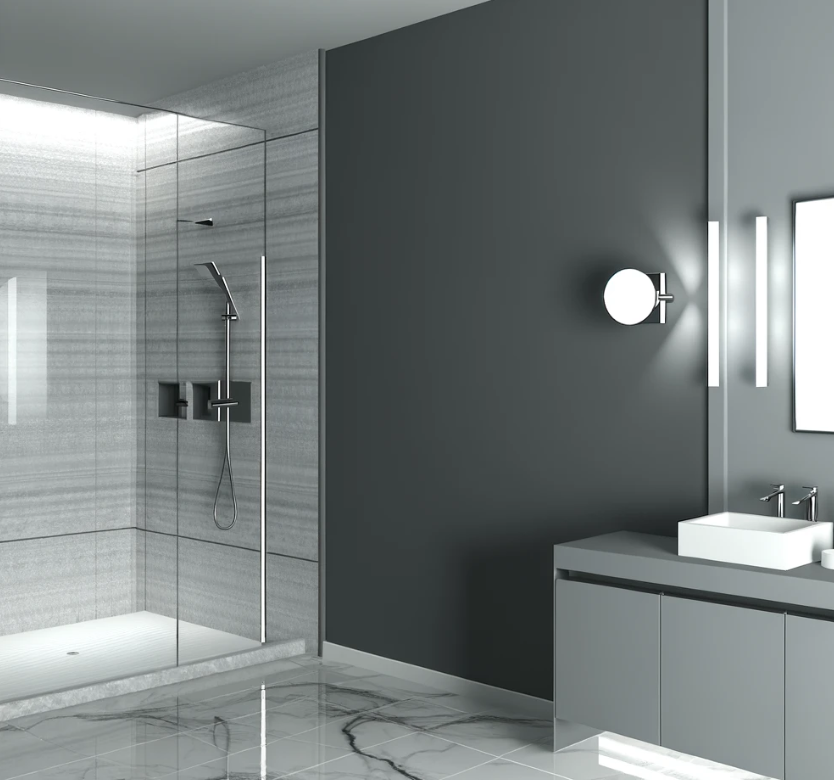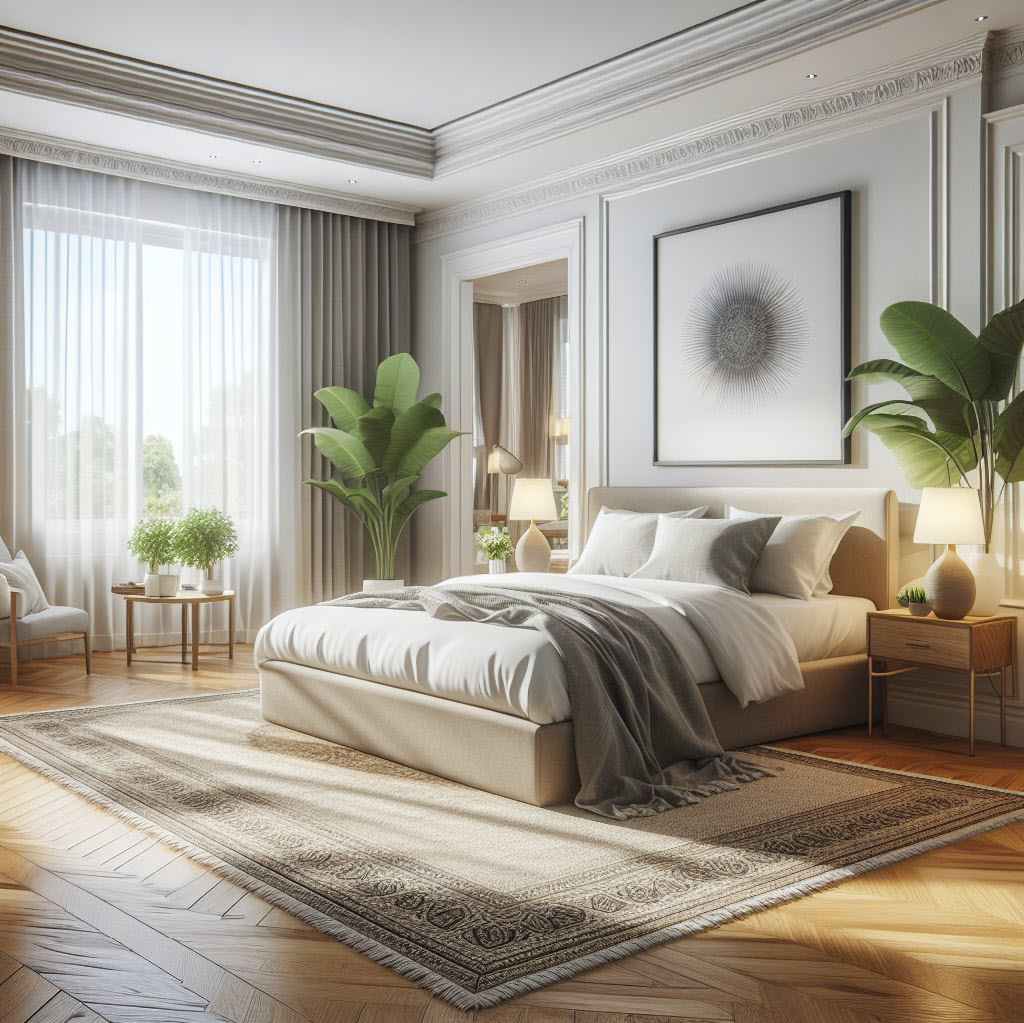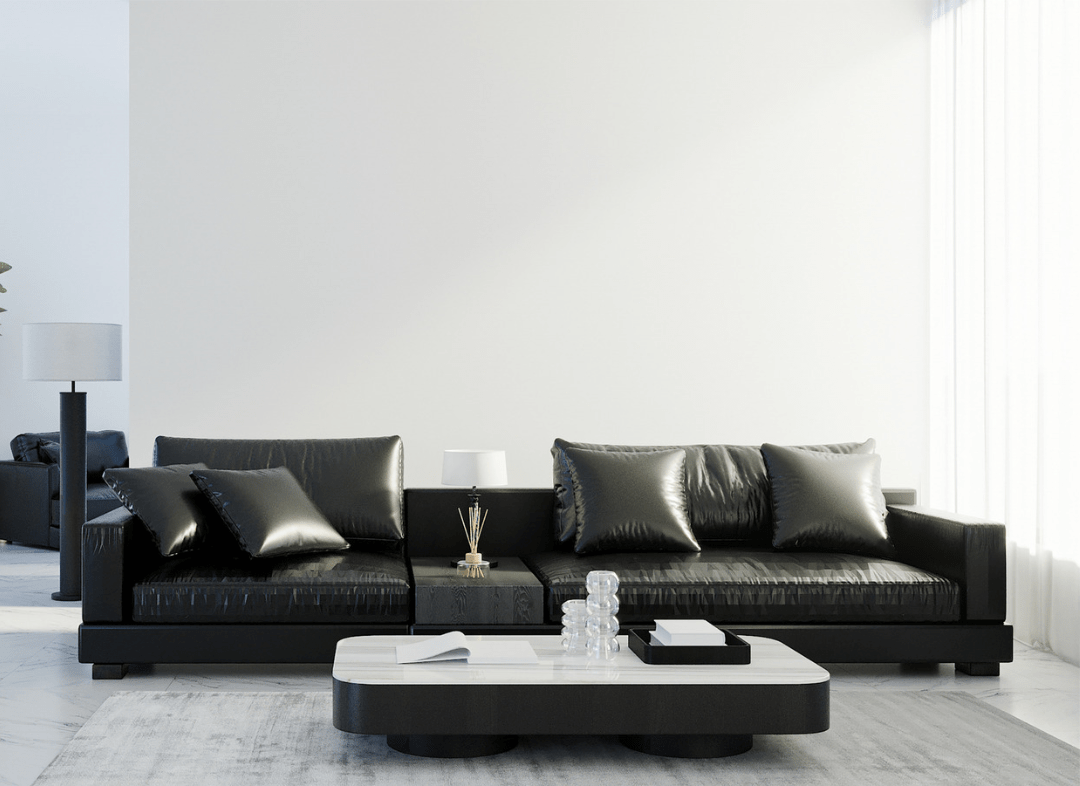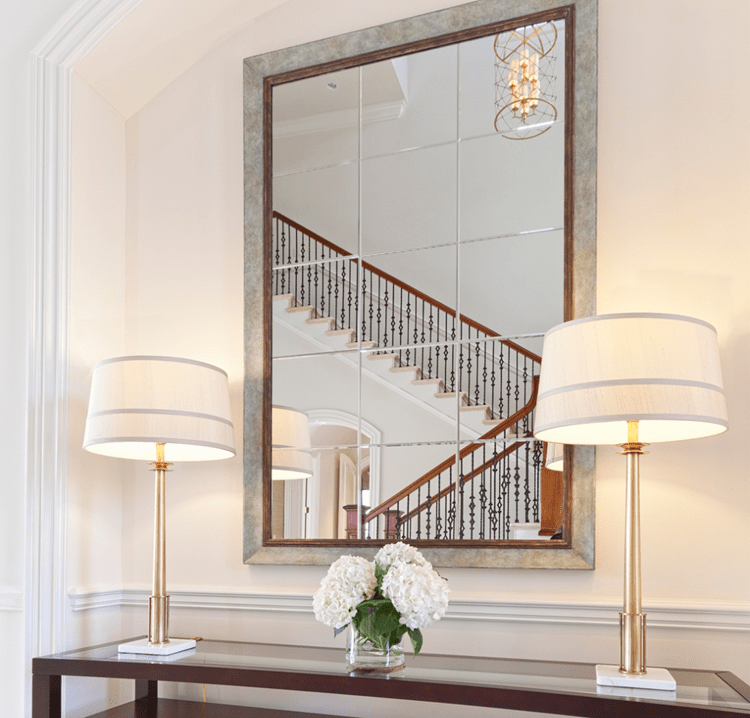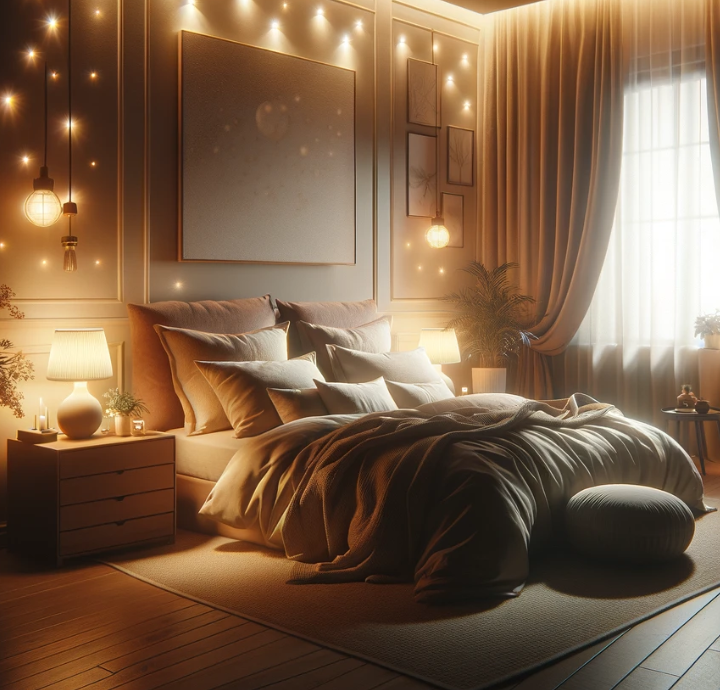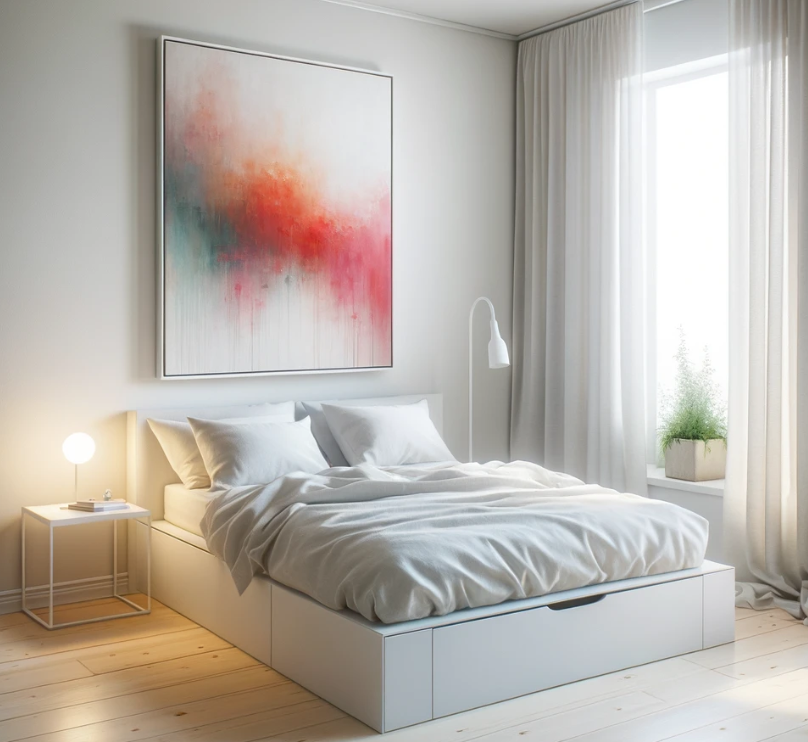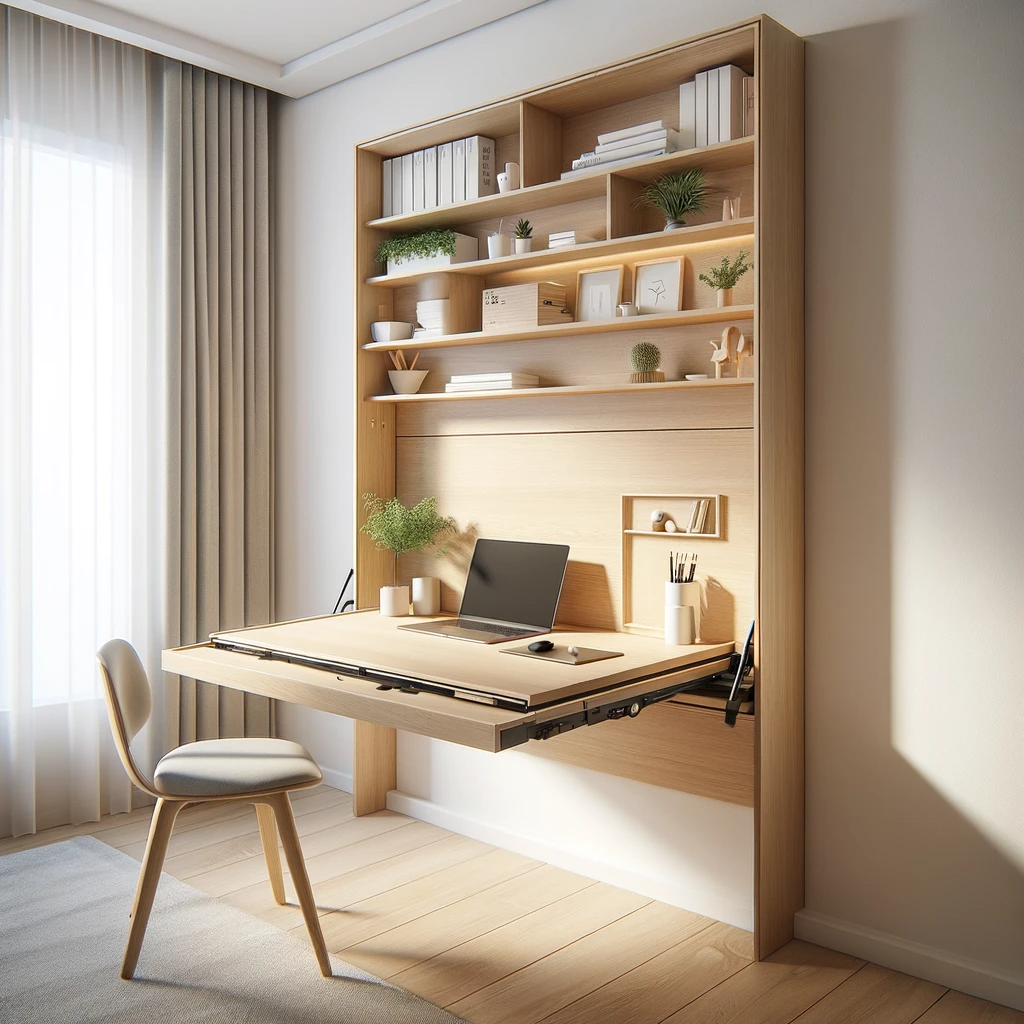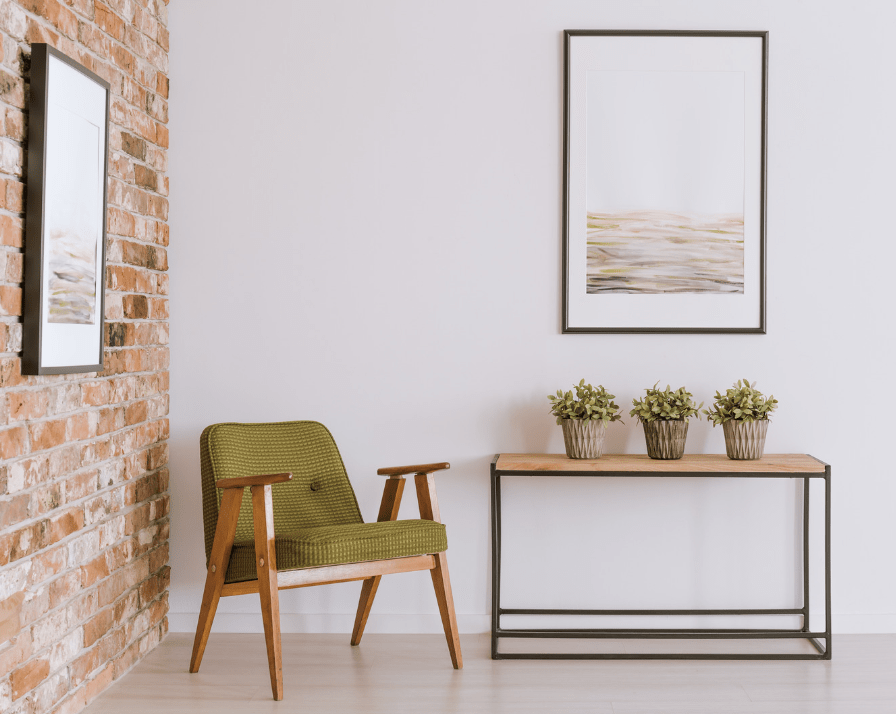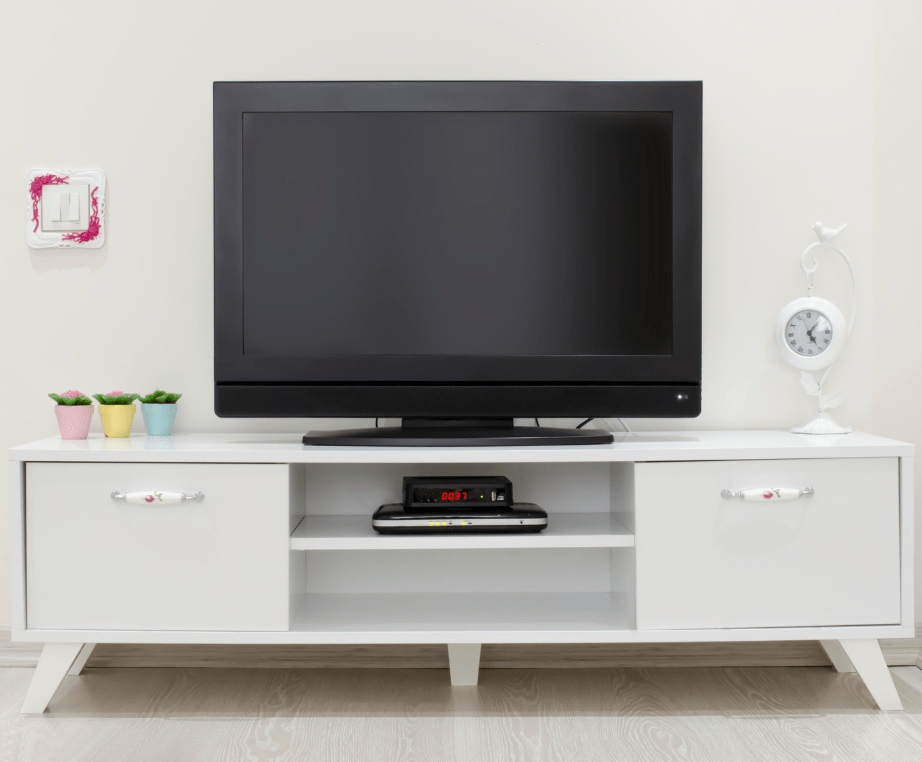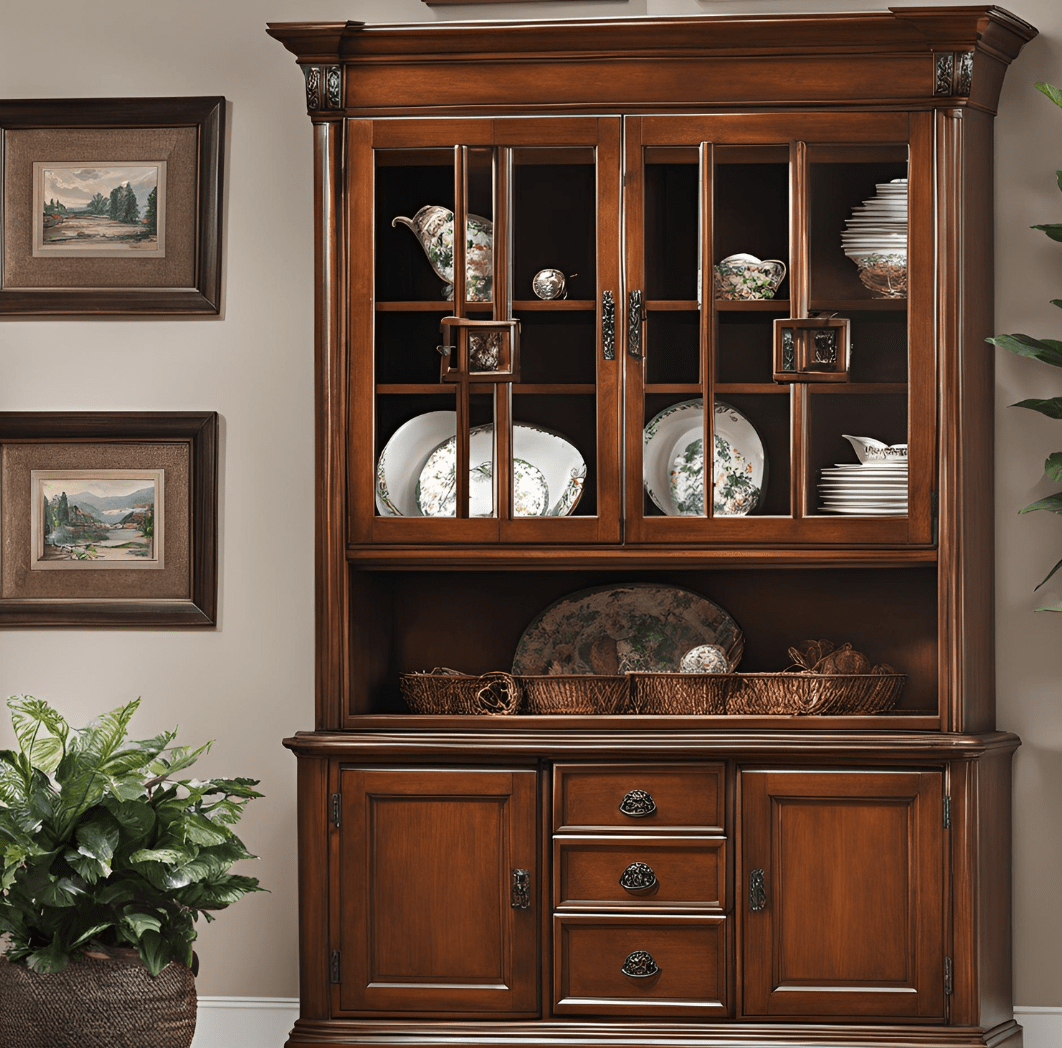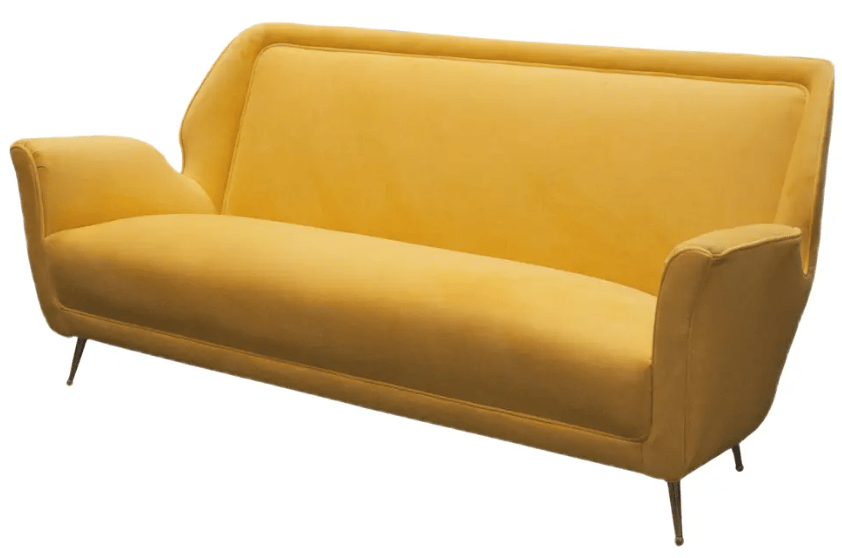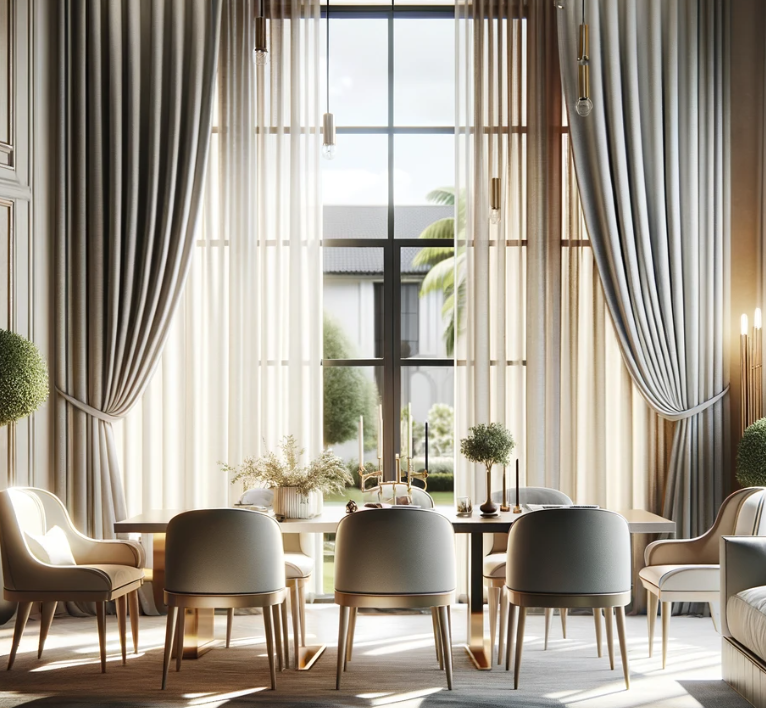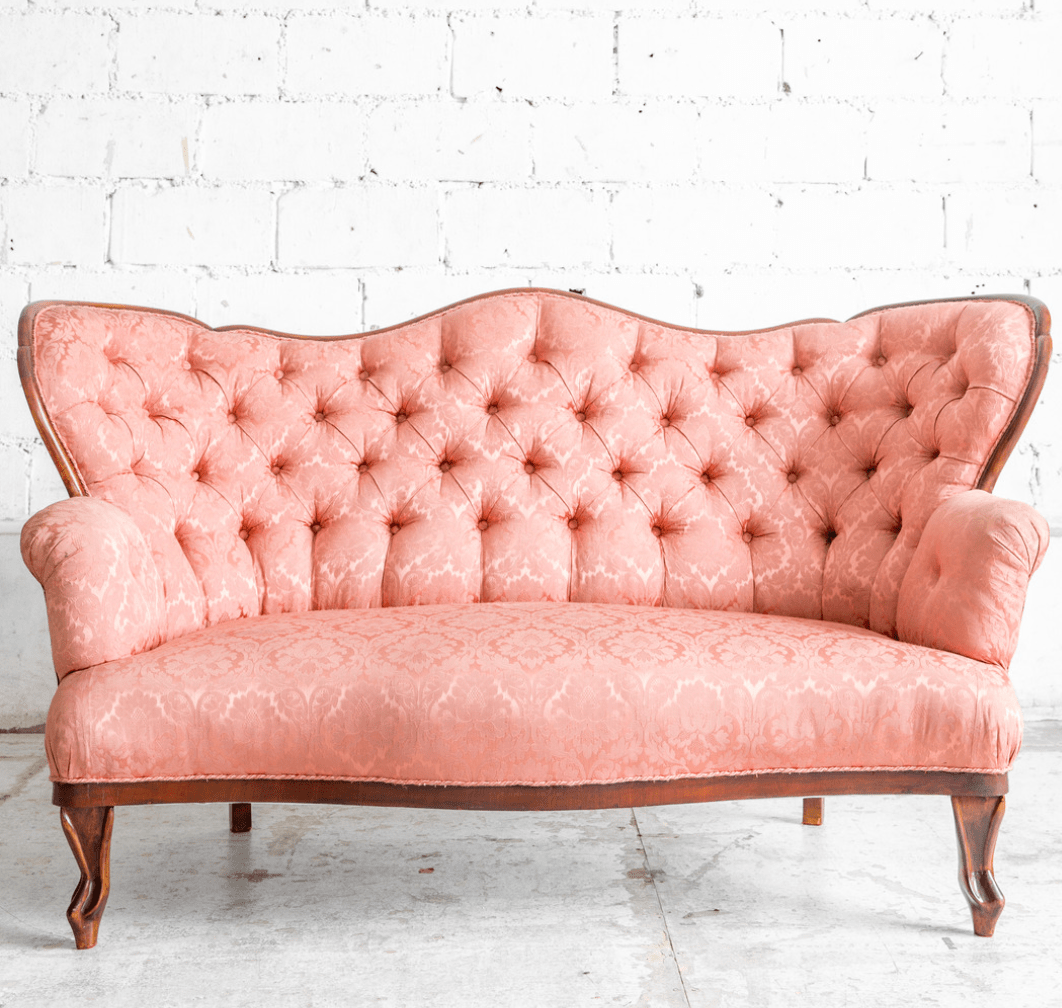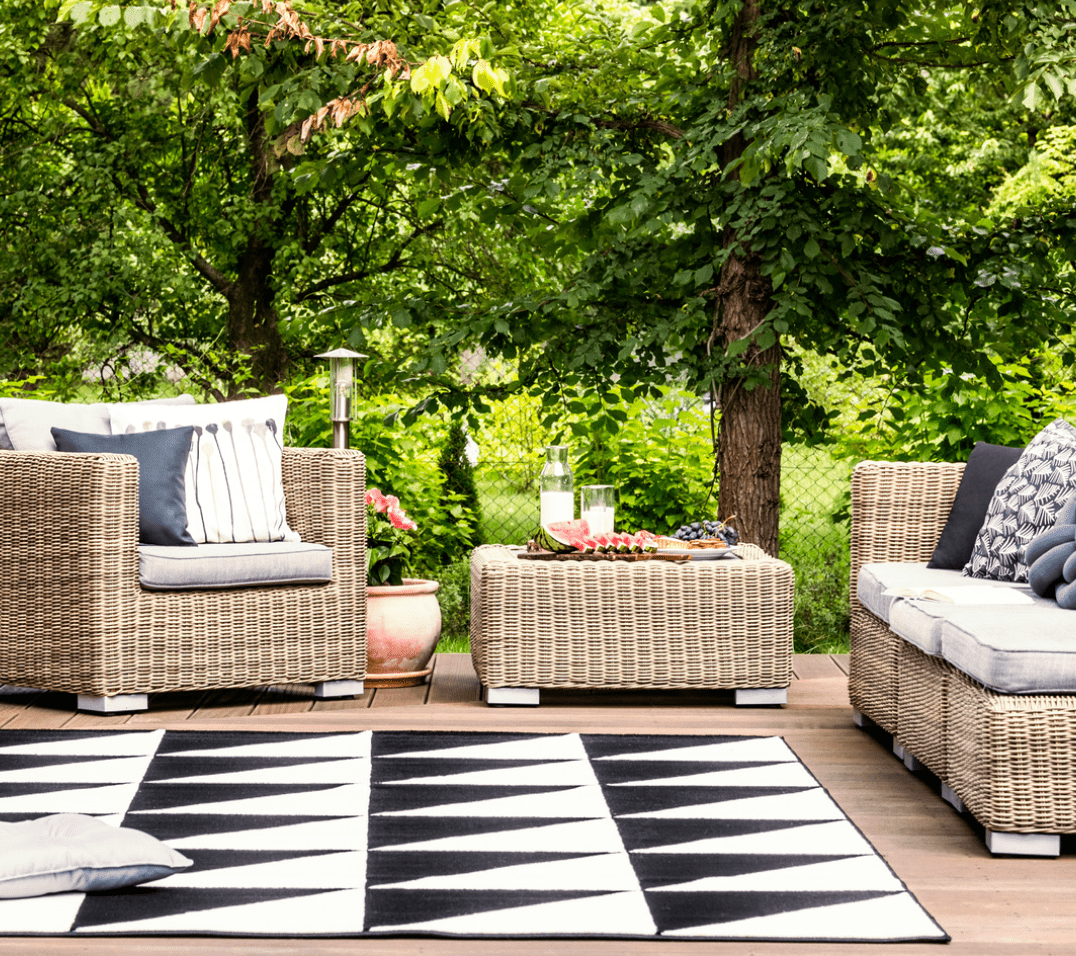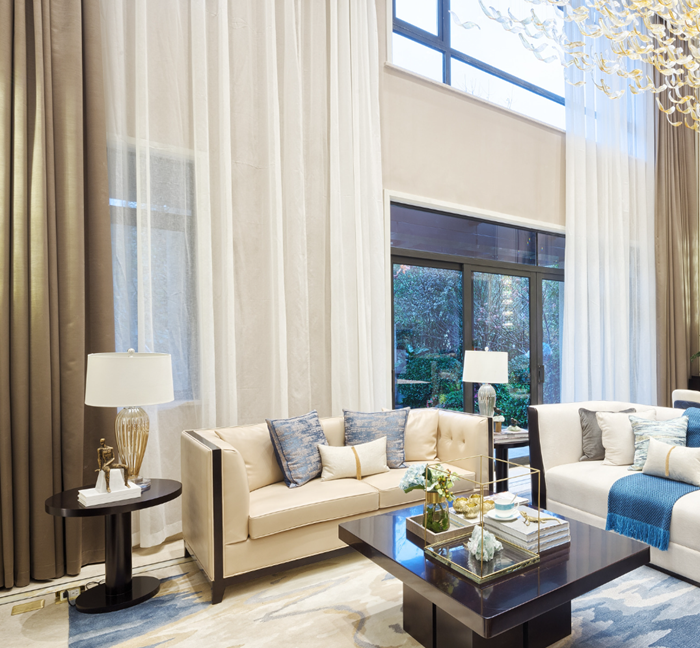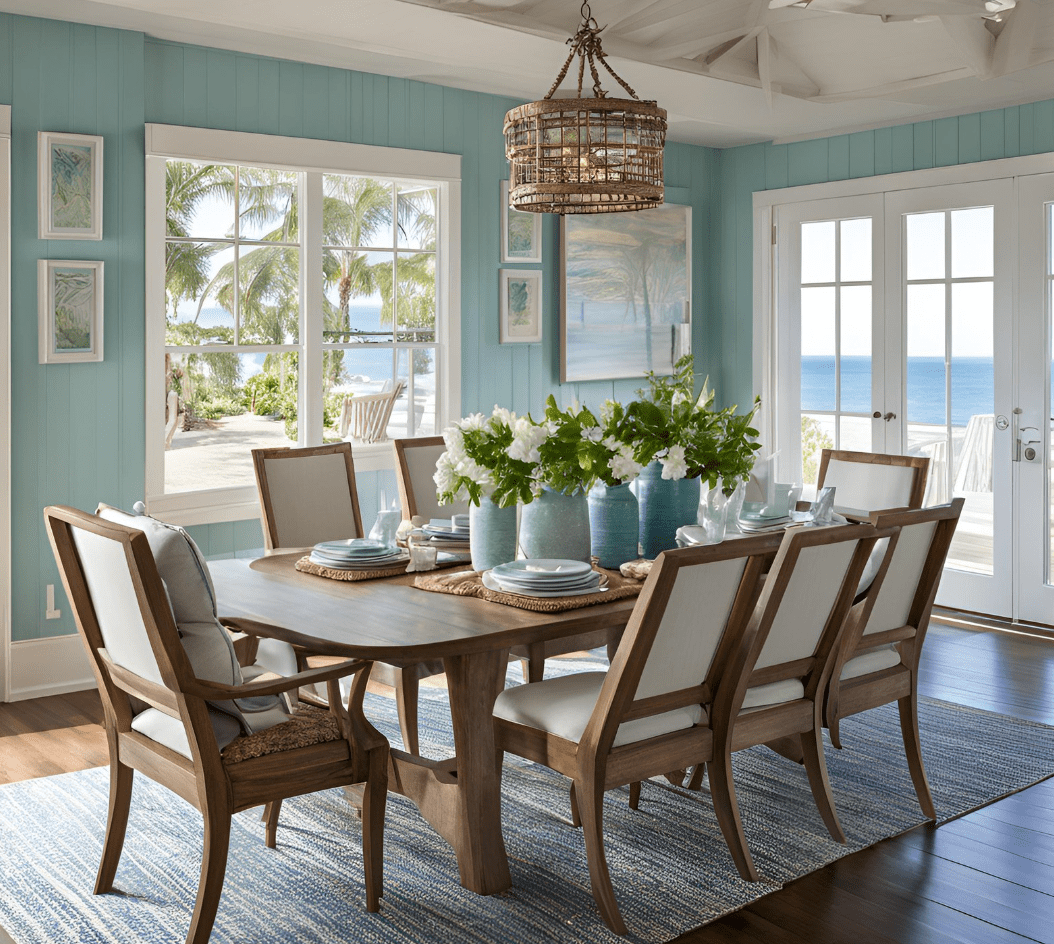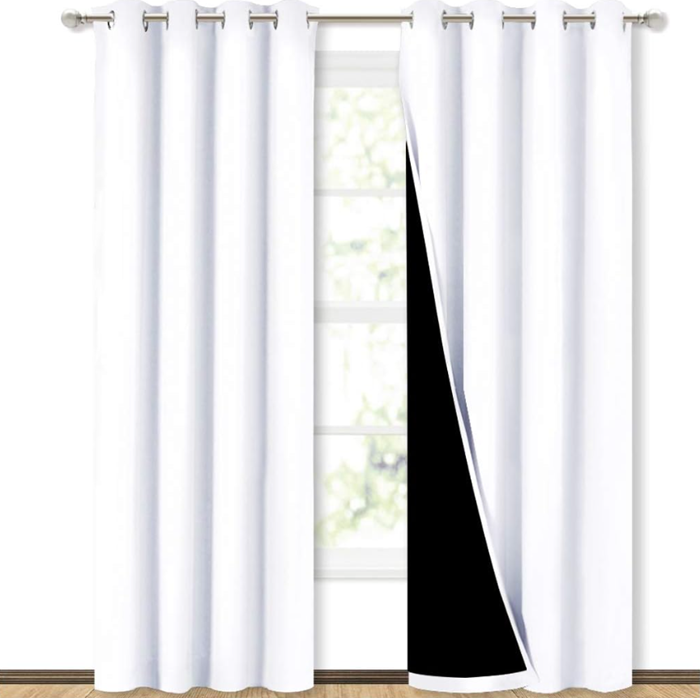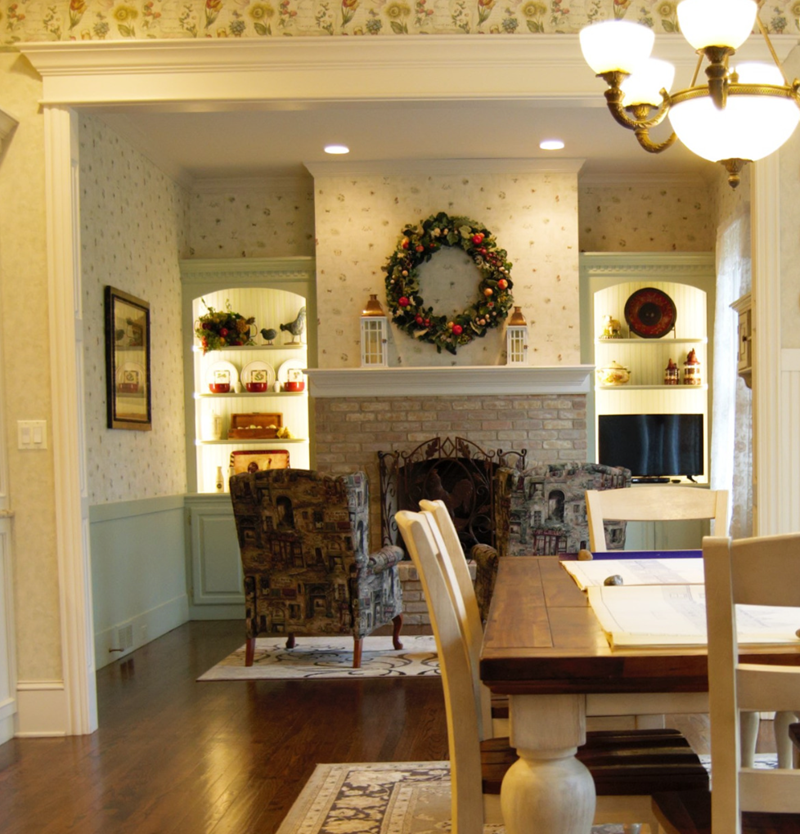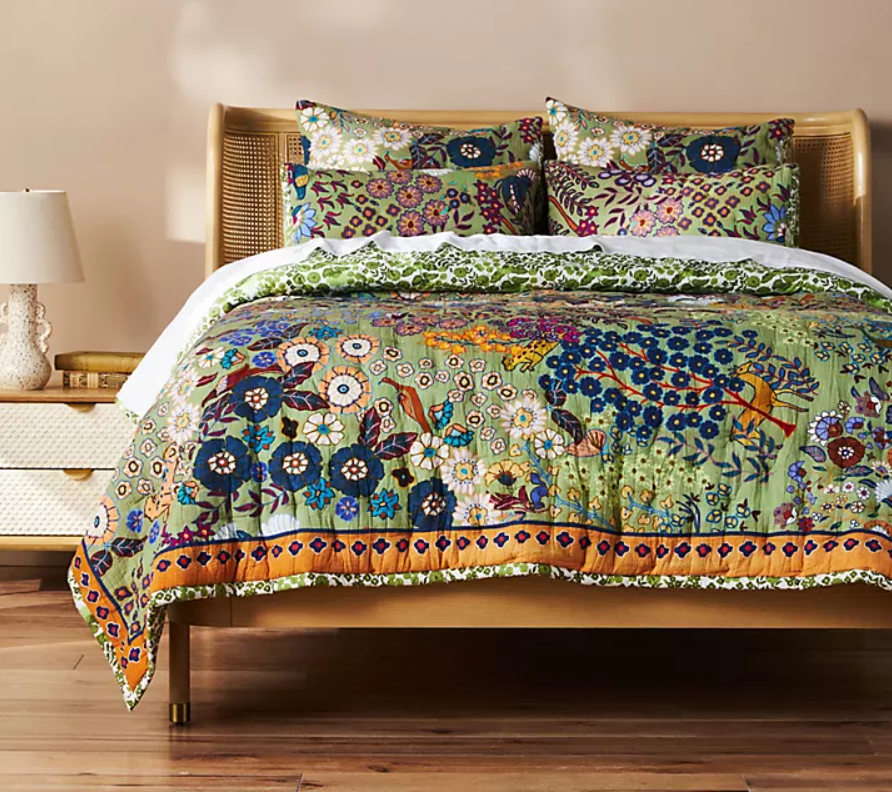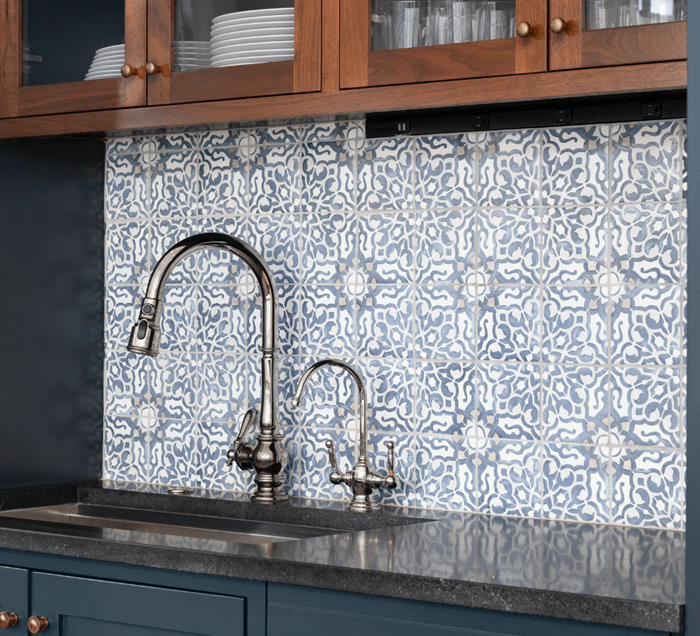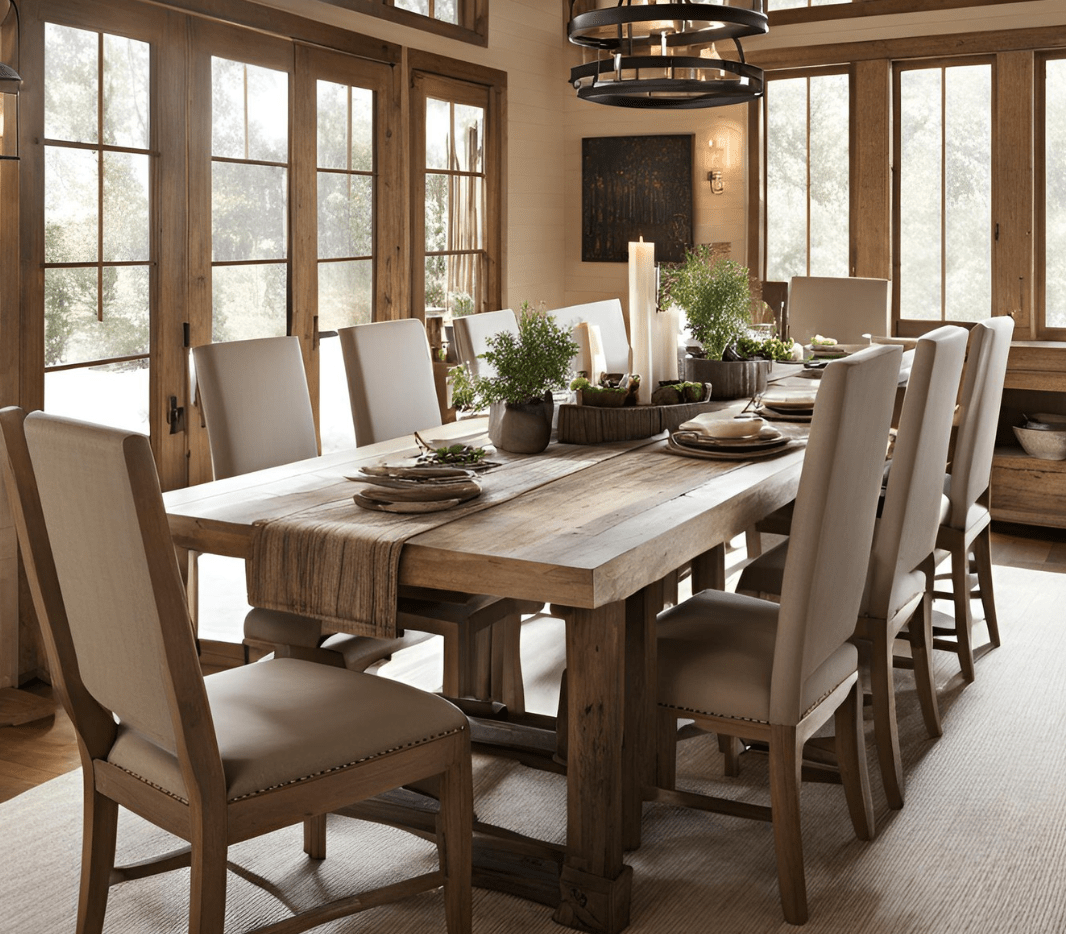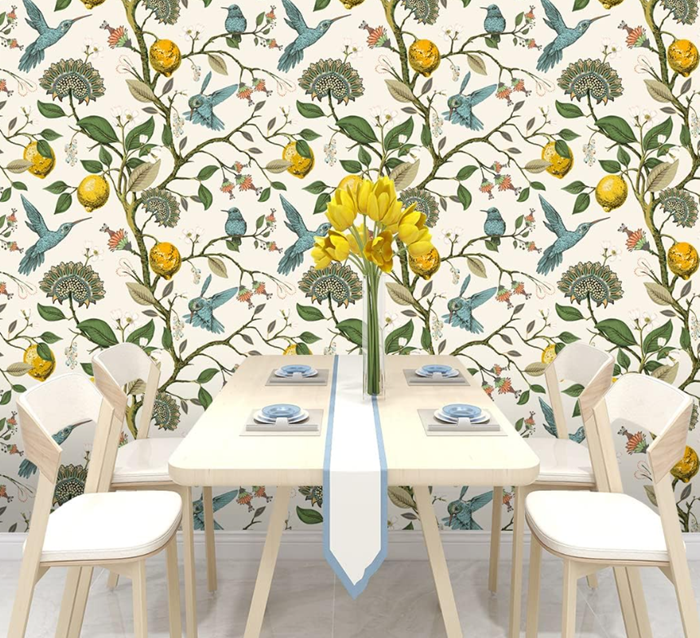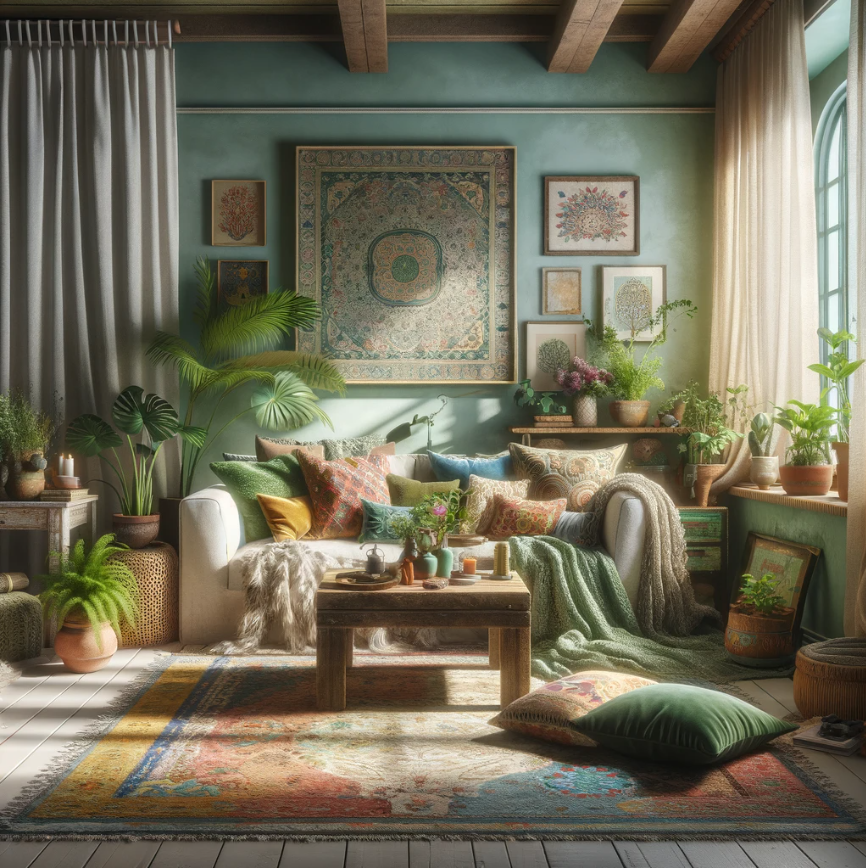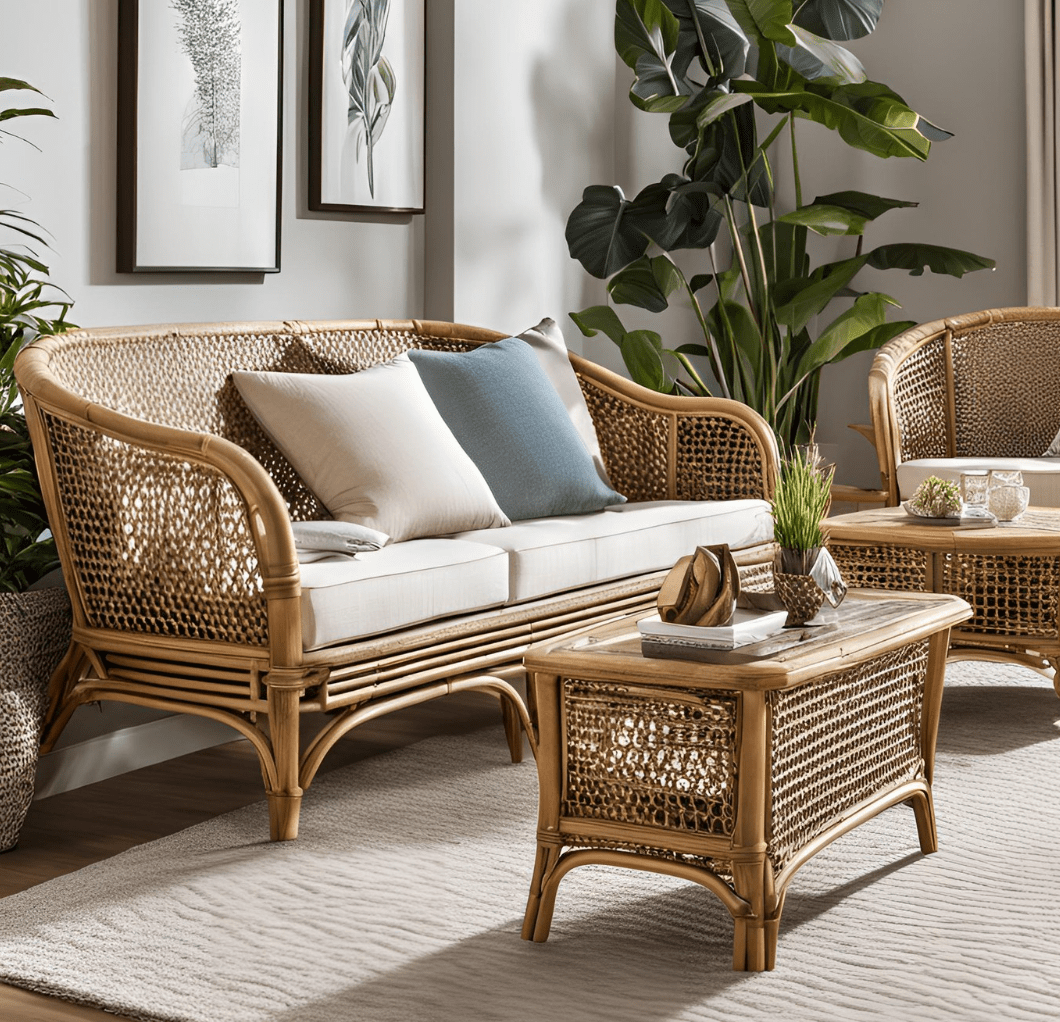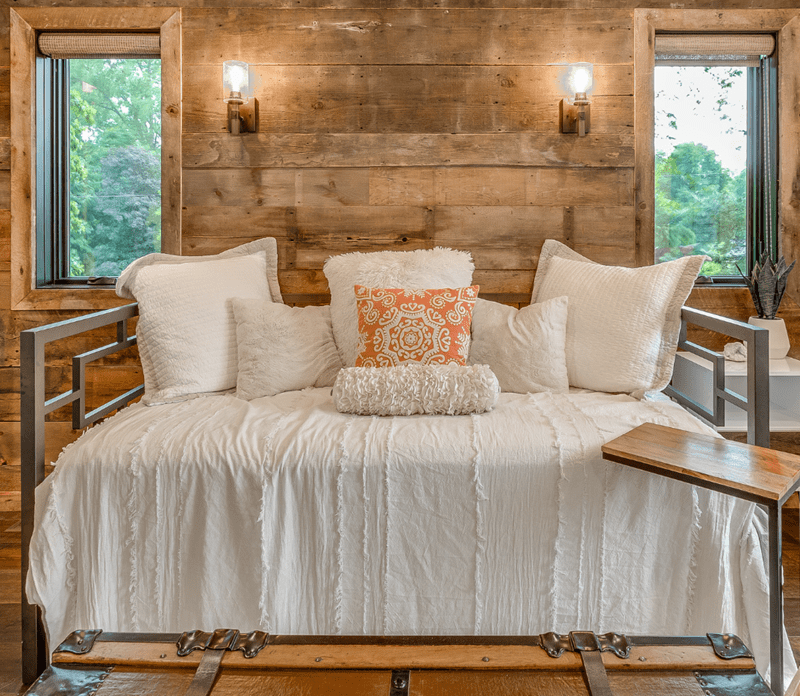Maximizing Space: Small Living Room Layouts

Do you need help with a small living room space? Don’t worry, you’re not alone. Many homeowners face the challenge of designing a functional and stylish living room in limited square footage. The key to success is maximizing space while creating a stunning focal point that draws the eye and adds personality to the room.
Creating a Focal Point in Your Living Room
Every living room needs a focal point – a visually striking element that becomes the space’s centerpiece. It could be a fireplace, an accent wall, artwork, or a stunning view outside your window. The focal point not only adds interest but also helps define the room’s layout. Here are some tips to design an attractive focal point in your small living room:
Choose the Right Wall
- Identify a wall that naturally stands out in your living room. It could be the one with the fireplace or the largest window. Highlighting this wall will instantly draw attention and create a sense of depth and dimension in the room.
- When choosing the right wall, consider the overall layout of your living room. Think about how the furniture is arranged and how the wall will interact with the rest of the space. You want the focal point to be easily visible from different angles and enhance the room’s overall flow.
- Additionally, take into account the natural lighting in the room. If the wall you choose receives a lot of natural light, it will further accentuate the focal point and create a warm and inviting atmosphere.
Add Eye-Catching Artwork
- Invest in a statement piece of artwork that complements your decor style. Hang it above a mantel or on a wall with a subtle background color to make it pop. The artwork should reflect your personality and become a conversation starter for guests.
- When selecting artwork, consider the size and scale of the wall. A large, bold piece of art can make a strong statement, while a collection of smaller pieces can create a more eclectic and dynamic focal point. Experiment with different arrangements; mix and match different styles and mediums.
- Furthermore, think about the artwork’s color palette and how it will interact with the rest of the room. You can choose artwork that complements the existing color scheme or opt for a contrasting piece that adds a pop of color and visual interest.
Consider an Accent Wall
- Consider creating an accent wall if your living room needs more architectural interest. Choose a bold color or a patterned wallpaper to make the wall stand out. This will add visual depth to the room and create the perfect backdrop for your furniture arrangement.
- When selecting the color or pattern for your accent wall, think about your living room’s overall theme and style. You can choose a color that complements the existing color scheme or use a contrasting shade that creates a dramatic effect. Similarly, a patterned wallpaper can add texture and visual interest to the space.
- Remember to balance the accent wall with the rest of the room. You want it to stand out without overpowering the other elements. Consider incorporating accessories and decor that tie in with the accent wall to create a cohesive and harmonious look.
Go Light and Airy
One of the key factors in creating a spacious and inviting small living room is to go light and airy. Choosing a soft color palette for your walls and furnishings can significantly create an open and airy feel. Light colors reflect natural light, making the room appear larger.
Consider brightening the space with shades of white, cream, or pastel colors.
Use Mirrors
- Mirrors are an excellent way to visually expand a small living room. Hang a large mirror opposite a window or place a floor-to-ceiling mirror on a focal wall. This will reflect natural light and create the illusion of a larger space.
- Aside from their ability to enhance the room’s size, mirrors also add a decorative element to the space. Choose a mirror with an interesting frame design to make it a room focal point. Additionally, mirrors can be strategically placed to reflect beautiful views or artwork, further enhancing the overall aesthetic appeal of the living room.
Keep It Simple
Another important aspect to consider is keeping it simple. Overcrowding your living room with too much furniture can make it cramped and overwhelming. Instead, opt for multi-purpose pieces that can serve multiple functions. For example, a coffee table with built-in storage can provide a place to put your drinks and snacks while offering a spot to store magazines or remote controls.
Similarly, a sofa with hidden compartments can help you maximize space while keeping essential items within reach.
You can maintain a clutter-free and functional living room by choosing furniture with dual purposes.
When selecting furniture for your small living room, it’s crucial to consider scale. Oversized furniture can easily overwhelm the space and make it feel claustrophobic. On the other hand, small-scale furniture can make the room feel cluttered and lacking in comfort. Finding the right balance is key.
Look for furniture that provides comfortable seating without sacrificing room to move around. Consider pieces with sleek and streamlined designs that take up less visual space. Additionally, incorporating furniture with exposed legs can create a sense of openness and make the room feel less crowded.
Visual Weight Furnishings
In a small living room, creating an open feeling is essential to maximize space. Visual weight furnishings can help you achieve this effortlessly. Here are some tips:
Opt for Open Shelving
- Open shelving offers numerous benefits for a small living room. Not only does it give the room an airy look, but it also provides a functional and decorative display space for books, plants, and accessories. By showcasing your favorite items on open shelves, you can add a personal touch to the room’s decor while keeping it organized and clutter-free.
- Furthermore, open shelving allows easy access to your belongings, making it convenient to grab a book or display a new decorative piece. The openness of the shelves also encourages you to keep them tidy and well-arranged, enhancing the overall aesthetic appeal of the room.
Choose Leggy Furniture
- When furnishing a small living room, selecting the right furniture is crucial. Furniture with exposed legs creates a sense of openness and visual lightness, making it an ideal choice for maximizing space. Look for chairs and sofas with slim legs and minimalistic designs. This will create an illusion of more floor space and make the room feel less crowded.
- Leggy furniture adds a touch of elegance to the room and allows light to pass through, giving the impression of a larger area. Additionally, the elevated furniture makes it easier to clean the floor underneath, ensuring a tidy and well-maintained living space.
By incorporating these tips into your small living room design, you can maximize the available space. Experiment with different arrangements and styles to find the perfect balance between functionality and aesthetics.
More Tricks for Maximizing Space
Here are a few additional tips to help you make the most of your small living room:
Think about Mobility
Consider furniture on wheels or with easy-to-move features. This way, you can quickly rearrange the layout whenever needed, giving your small living room a fresh and dynamic feel.
Use Vertical Space
Consider incorporating a ladder-style bookshelf that reaches up to the ceiling. This provides ample storage for your books and knick-knacks and draws the eye upward, making the room appear larger. Additionally, you can install wall-mounted cabinets or cubbies to keep your belongings organized without taking up precious floor space.

HOMBAZAAR Industrial Bookshelf, 7-Tier Industrial Pipe Bookshelf, Wall Mounted Ladder Shelves with Metal Frame for Home Office, Living Room, Oak Brown – amazon.com
Install Floating Shelves
Empty walls are a missed opportunity in small living rooms. By adding floating shelves, you create a stylish display area for decorative items and gain extra storage space for books and magazines. This clever solution keeps the floor area clutter-free and draws the eye upward, making the living room feel more spacious and inviting.
Hang Curtains High
Curtains play a crucial role in creating an illusion of space. Consider mounting them close to the ceiling instead of hanging them just above the windows. This simple trick draws the eyes upward, giving the impression of taller ceilings and making the room appear larger than it actually is.
Defining Spaces in a Small Living Room Layout
Defining different areas is essential to make the space feel purposeful and organized when working with a small living room layout.
One effective way to define different zones within your small living room is by using area rugs. By placing area rugs strategically, you can visually separate other areas. For example, a larger rug can define the seating area, while a smaller rug can mark the reading nook or a small workspace. Not only do area rugs add texture and warmth to the room, but they also help create a sense of purpose for each designated space.
Another way to create distinct areas in your small living room is by playing with lighting. Lighting not only serves a functional purpose but can also be used to create ambiance and highlight specific zones. Consider installing pendant lights or floor lamps to illuminate different areas of the room. Using different types of lighting fixtures, you can add visual interest and create a cozy atmosphere in each defined space.
In addition to using rugs and lighting, strategically arranging furniture can help define separate spaces within your small living room. Consider the layout of your furniture and how it can create natural divisions.
Consider functionality and aesthetics when defining spaces in a small living room layout. By using area rugs, playing with lighting, and arranging furniture strategically, you can create distinct areas that maximize the use of space and enhance the overall design of your living room. These strategies make your small living room feel organized, purposeful, and visually appealing.
Takeaway
With these tips and ideas, you can transform your small living room into a functional and stylish space that maximizes every inch of square footage. Remember to create a stunning focal point, avoid common layout mistakes, incorporate light visual weight furnishings, cleverly maximize space, embrace neutrals, define different areas, utilize vertical space, and choose the right furniture. By following these ideas, you’ll create a small living room that feels spacious, inviting, and full of character.
FAQs
What are the best furniture pieces for a small living room?
- A: Opt for multi-functional furniture like sofa beds, nesting tables, and ottomans with storage. Choose pieces that are proportional to the room’s size to avoid overcrowding.
How can I make my small living room look bigger?
- A: Use light colors for walls and floors, add mirrors to reflect light, and keep window areas clear. Selecting furniture with legs and using floating shelves can also create a sense of space.
Is it possible to have a sectional sofa in a small living room?
- A: Yes, you can have a sectional in a small living room. Choose a compact, modular sectional that fits the room’s layout. Positioning it against a corner can maximize floor space.
What kind of lighting works best in a small living room?
- A: Layered lighting is ideal. Combine overhead lights with floor lamps or table lamps to create a warm, inviting atmosphere. Wall-mounted lights or sconces can save space.
How do I choose a color scheme for a small living room?
- A: Light, neutral colors make a room feel larger and brighter. If you prefer bold colors, use them in accent pieces or a feature wall to add depth without overwhelming the space.
The Curated Showhouse
Our content is written by our team of experienced interior design experts.



















